THE SPONTANEOUS GRID
ADAPTIVE REUSE AT THE URBAN SCALE
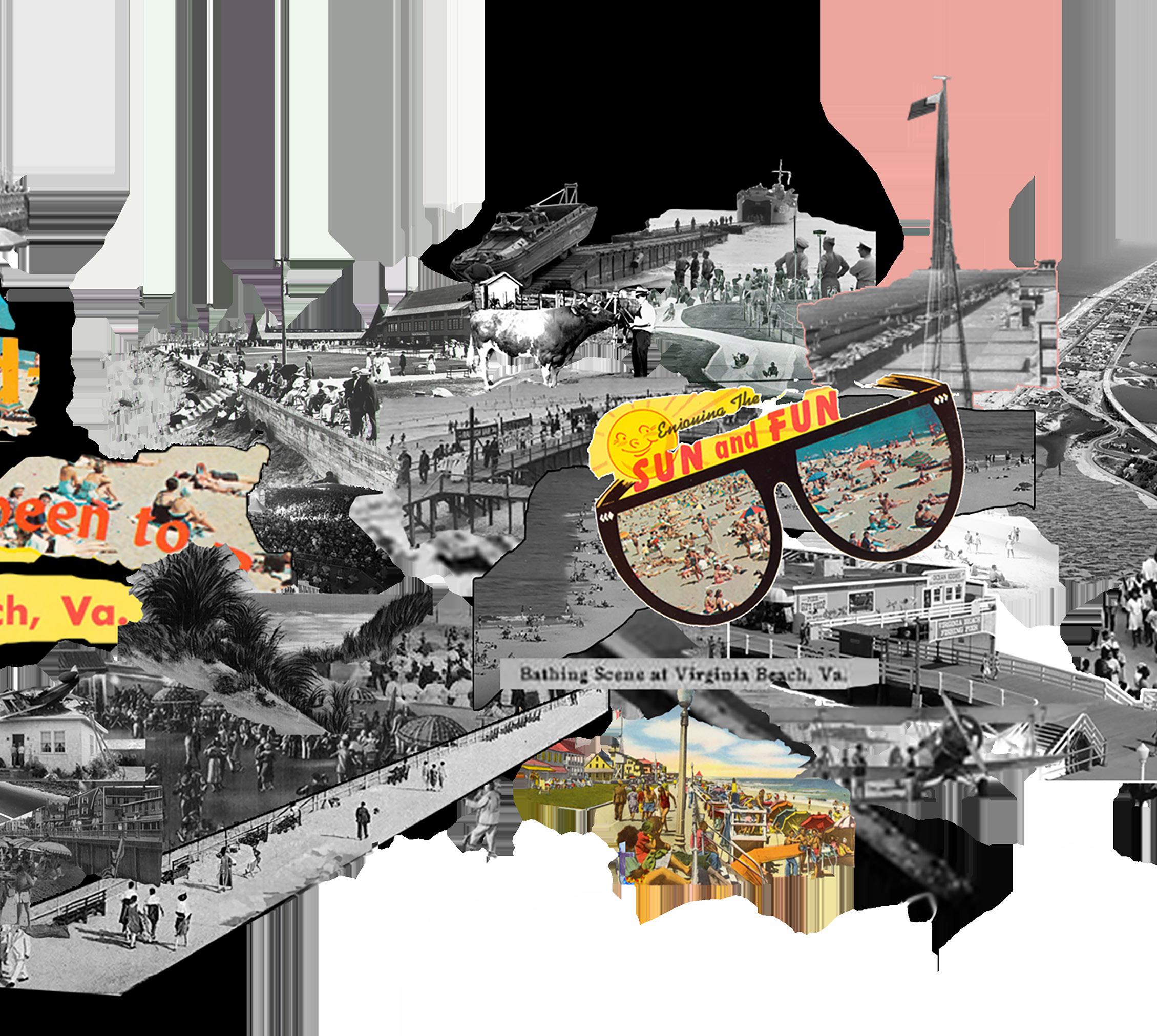
SUMMER SCHOLARS 2023
ARIANA MCCOY
HANNA KEPLINGER
MARIYA ANWAR
RACHEL GLANTON
JOEY TOMSHE
STELLA SHIN
SARA SAGHAFI

1
We extend our heartfelt gratitude to all those who contributed to this endeavor, directly or indirectly, with their unwavering support, encouragement, and expertise.
Billy Almond
Emily Archer
Derrick Borte
Megan + Mike Daubert
Steph Dietz
Malik Emmanuel
Ben Fay
Cam Fullmer
Mia Guile
Nancy Helman
Brandon Hutchins
Julia Janaro
David Keith
Bill Kelly
Bernadette Keplinger
Eric Keplinger
Bill Kelly
Nikki Leone
James “Jimmy” McCune
Ashley Montgomery
Gabe Niles
Kate Pittman
Councilman Worth Remick
Jenny + Scott Robinett
Rachel Schoenbaum
Adam Schultz
LG Shaw
Alex Smith
Philip Townsend
Lauren Townsend
Nicholas E. Vlattas
Robby Wells
Jay Woodard
Alec Yuzhbabenko
Thank you all for being part of this journey and for your contributions, both big and small.

2

3 med. scale solution sm. scale solution med. scale solution context currents a ordability sm. scale solution med. scale solution grid sm. scale solution walkability street analysis lg. scale solution wall context ViBe 3 1 2 transit hub meeting connection resiliency identity walls + blocks adaptation exposure therapy irresolution scan here for a multi-sensory experience
Situated in the Mid-Atlantic region of the United States is the state of Virginia, which stretches from the Atlantic Ocean to the Appalachian Mountains. Its richness in geography and resources has been important for the once predominant Indigenous communities and later for European settlers who would first land at Cape Henry, now Virginia Beach, in 1607.¹ As the nation’s history has unfolded, the idyllic location and geography have provided the backdrop for historical events, strong economies, and unique cultural communities.
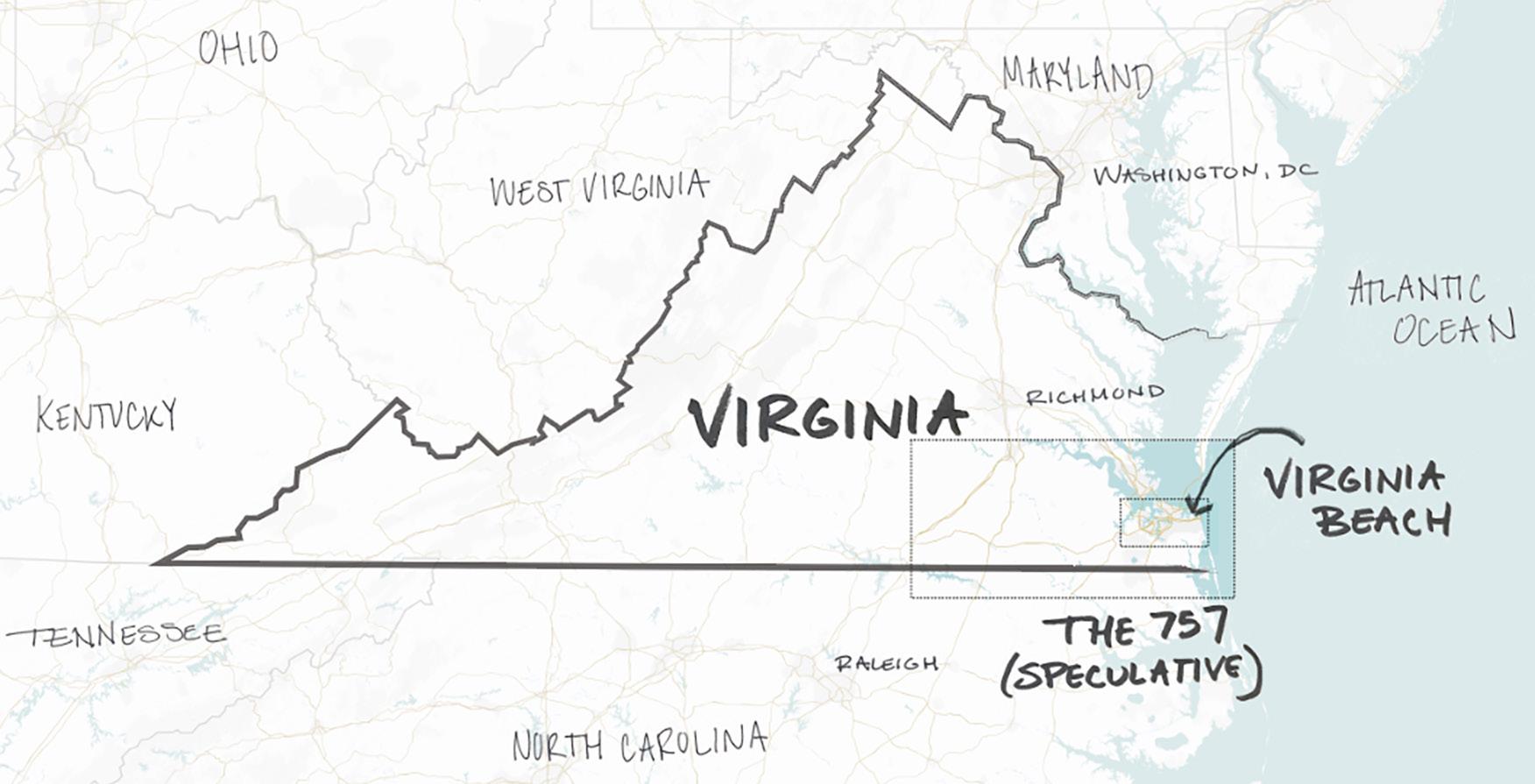
Cities and communities with their own unique charm and significance can be found throughout the state. Still, one region stands apart regarding its natural beauty, historical importance, and capacity for economic development - Hampton Roads.² Lovingly referred to as “The 757”, it is a region that developed and characterized itself from its alignment with the James, Nansemond, and Elizabeth Rivers. Another nickname for the area, “Tidewater,” comes from its location within the Chesapeake Bay and the Atlantic Ocean. The region comprises ten cities: Chesapeake, Franklin, Hampton, Newport News, Norfolk, Poquoson, Portsmouth, Suffolk, Williamsburg, and Virginia Beach, each contributing their histories, cultures, environment and culture to the rich mosaic of Hampton Roads.³ Additionally, Hampton Roads claims notoriety for its military bases, shipyards, and ports- all assets for its prolific maritime and defense industries.² While these are major industries, the region also has the infrastructure to host well-regarded higher education institutions and attract tourists year-round. With a population of 455,618, Virginia Beach is the most populous city in Hampton Roads. 4
4
The first time we met each other was at the welcome breakfast.
Well, that’s not true. Four of us had met the weekend before when we moved in and had dinner together.
We met Ariana at the welcome breakfast, but then met Stella and Sara virtually as we went through our intake training with HR and IT. Suffice it to say, we knew who was on the team by 3 pm on Tuesday, May 30, 2023. What we were less sure about was our own place within it.
Our first task was giving a presentation, introducing ourselves to each other and the firm. There was the usual energy when you tell talented, intelligent, and ambitious people to introduce themselves...
We panicked.
We spent the next day and a half laboring over a presentation that would, we thought, determine others’ perceptions of us, define our roles for the next eleven weeks, and prove our worthiness to be here.
Nervously asking to take a peek at each other’s presentations.
How many projects are you going to show?
Wait, is this actually funny, or should I take it out?...I’ll take it out.
When they say, ‘talk about our hobbies,’ do they mean our *actual* hobbies or like something architecture-y?
Our slides included sketches and projects but also fun facts and personal interests that, looking back,
J - 1
were spot on in who we are. Not necessarily for the content they included but for how we presented the information.
The way we stood, who volunteered to go first, who spoke under the time allotted and who went over.
In retrospect, those presentations were little peeks into the personalities we would come to know so well in the coming weeks. But for now, they were mere introductions.
We quietly observed each other, hoping that the relationships we were forging would be meaningful, that they would last, that they would reveal and change us all at once.
We needn’t have worried.

During peak season, from May to early September, occupancy booms, significantly contributing to the local economy. The tourism industry yielded an economic impact of $3.3 Billion and provided over 30,000 in 2023, but the system has some drawbacks. 5 The city is a renowned resort with a vibrant culture of festivals, the longest pleasure beach in the US at 28 miles, and a historic and lively boardwalk that attracted 13.6 million visitors in 2022, resulting in an image that Virginia Beach is simply “just,” a beach. 6,7
But Virginia Beach is more than just a beach.
There is nothing simple or unidimensional about Virginia Beach. Here, there is something for every resident and visitor, but these attractions can be far-flung, under-publicized, or inaccessible. The charm of Virginia Beach lies in its layers of social and cultural landscapes, diverse ecologies, and expansive capacity for economic prosperity.
But it currently sits in disequilibrium. Virginia Beach is in a state of tension socially, environmentally, and economically. As we began this research project, we began to ask ourselves what we believed would be the primary questions to discover and document the unfolding story of Virginia Beach. Mainly, what the f*ck is going on in Virginia Beach?
How do we reconcile the past and present to visualize a future together? What is the balance of natural beauty and urban development? And how can we create a connected community between residents and tourists?
This book explores these questions and seeks to unbury the charm that gets lost along the Oceanfront to find out just what the f*ck is going on in Virginia Beach.
5
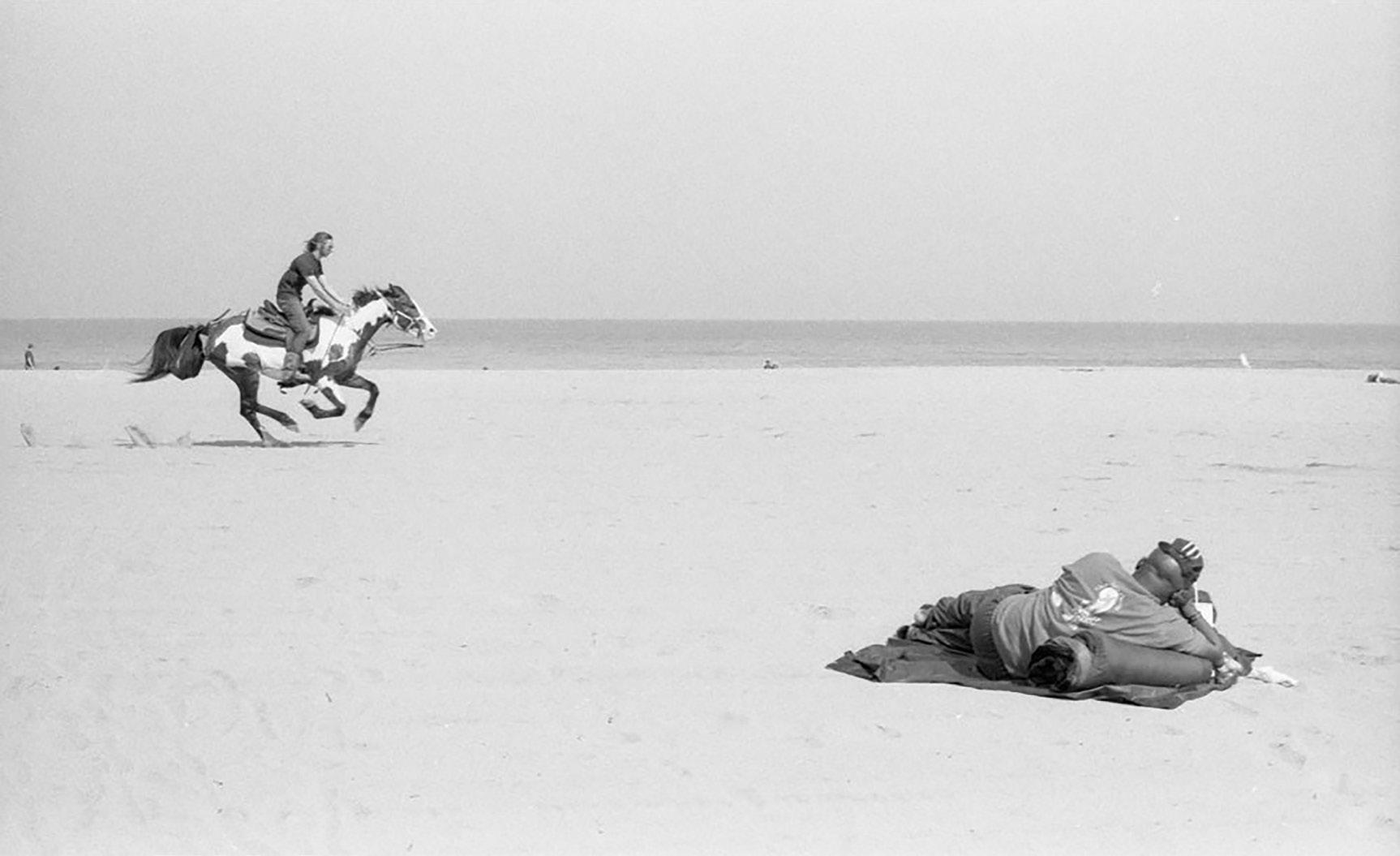
Virginia Beach is often reduced to nothing more than a generic beach destination. Unfortunately, this limited identity can obscure other aspects of the city’s unique culture and natural resources. As a result, some vibrant neighborhoods and natural treasures remain hidden and overlooked for the sake of neatly packaged tourist experiences at the Oceanfront.
Here is a place that shares qualities with nearly every flavor of hometown charm, from military town to maritime hub with ecological appeal. However, as its popularity as a tourist destination has grown, its identity has become distilled down to “the beach,” losing touch with its unique culture and ecological richness. To understand this separation, our research scrutinized the relationship between people and the spaces they inhabit- and the ones they avoid.
Instead of embracing the fullness of Virginia Beach’s offerings—days spent fishing at Rudee Loop or hiking through First Landing—tourists are confined within rigid boundaries. With each turn, the tourist is met with some boundary, seen and unseen, corralled to view only one direction, the beach, while the fullness of place is left behind them and underfoot. While the oceanfront appeals to tourists, locals opt to go to other beaches, Sandbridge or The Holliesanywhere but the Oceanfront.
6
Photo courtesy of Echard Wheeler
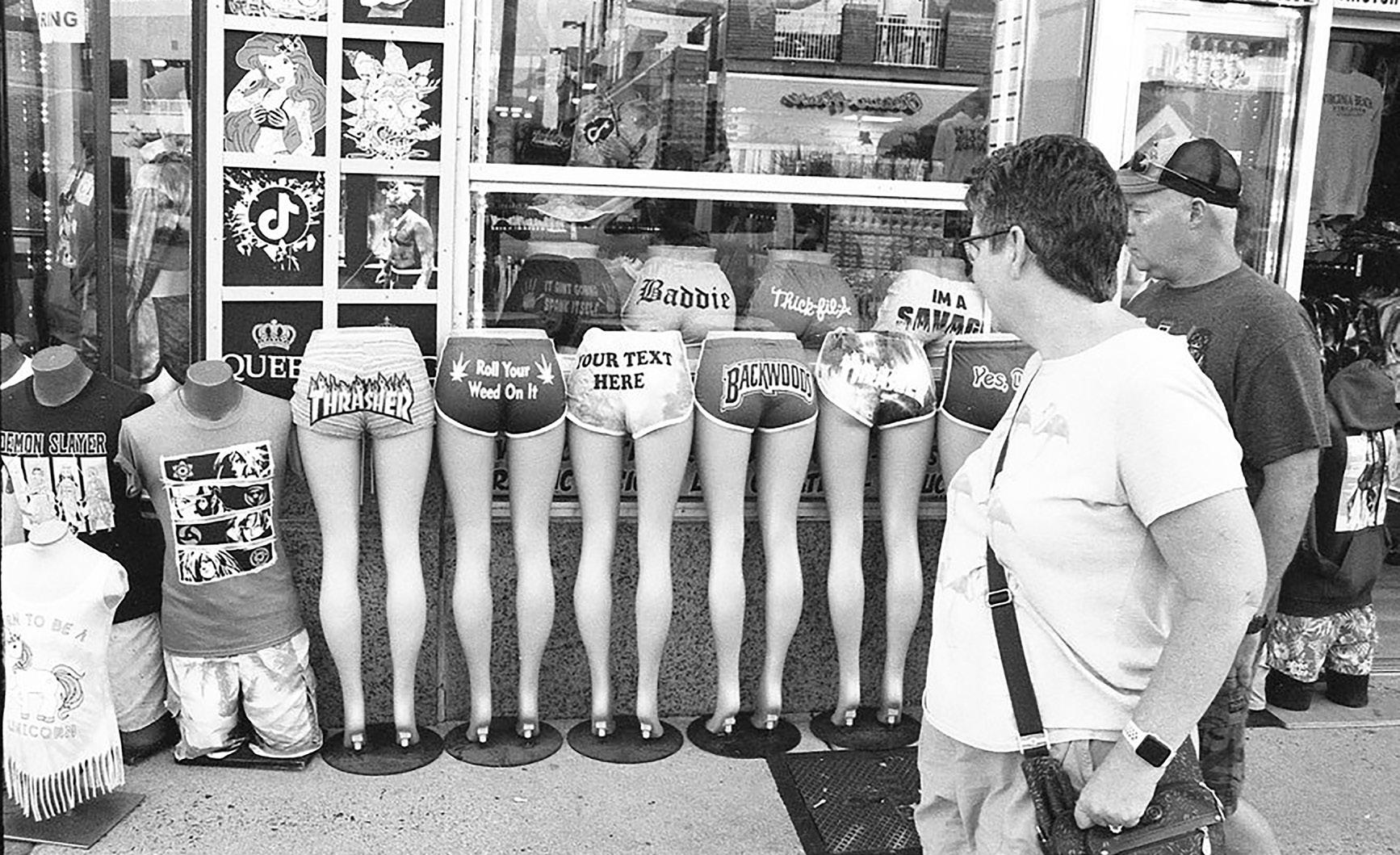
Along Atlantic Avenue, the legacy of the development of the resort district becomes apparent. Cozy beach cottages, once nestled amid lush lawns, have given way to aging concrete towers standing on patchy grass. As Virginia Beach has grown, urban design strategies and codes still need to evolve, and as a result, the Oceanfront’s landscape has visible and invisible boundaries.
Buildings stand disconnected, yearning for unity, and car culture dominates the streets. During the shoulder season, there is only a trace of the excitement in the peak season. One must avoid the multitude of souvenir shops and navigate the narrow sidewalks to find hidden gems and moments of authentic vibrancy throughout the resort area.
Our research prompted us to identify the assets and obstacles of place-making, pinpointing areas where design interventions could yield the most impactful results. To address the complexity, abstraction, and mutability of the palimpsest of boundaries that limit economic growth and social well-being, our research hones in on the urban block conditions where these boundaries were most apparent.
7
Photo courtesy of Echard Wheeler
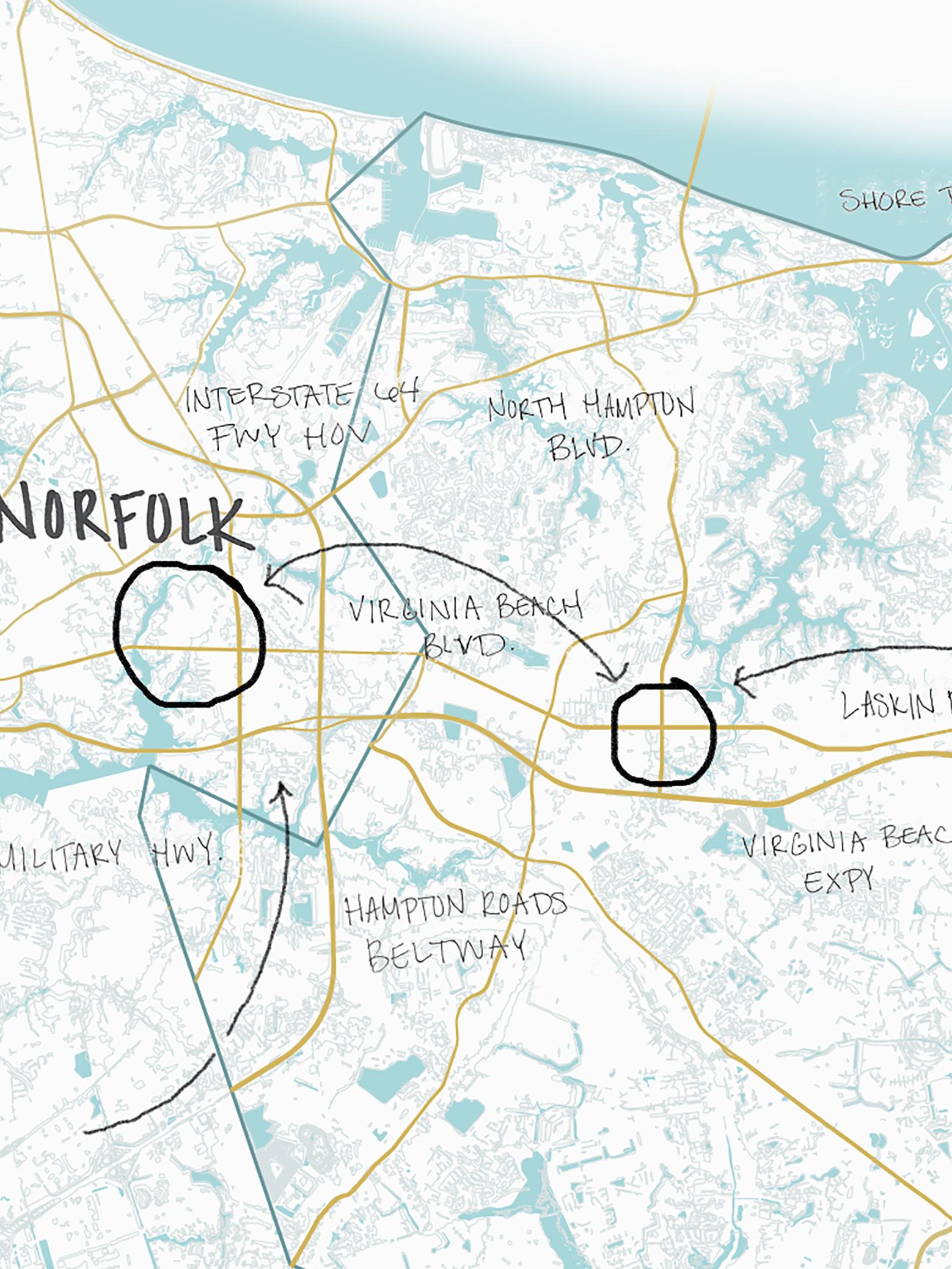
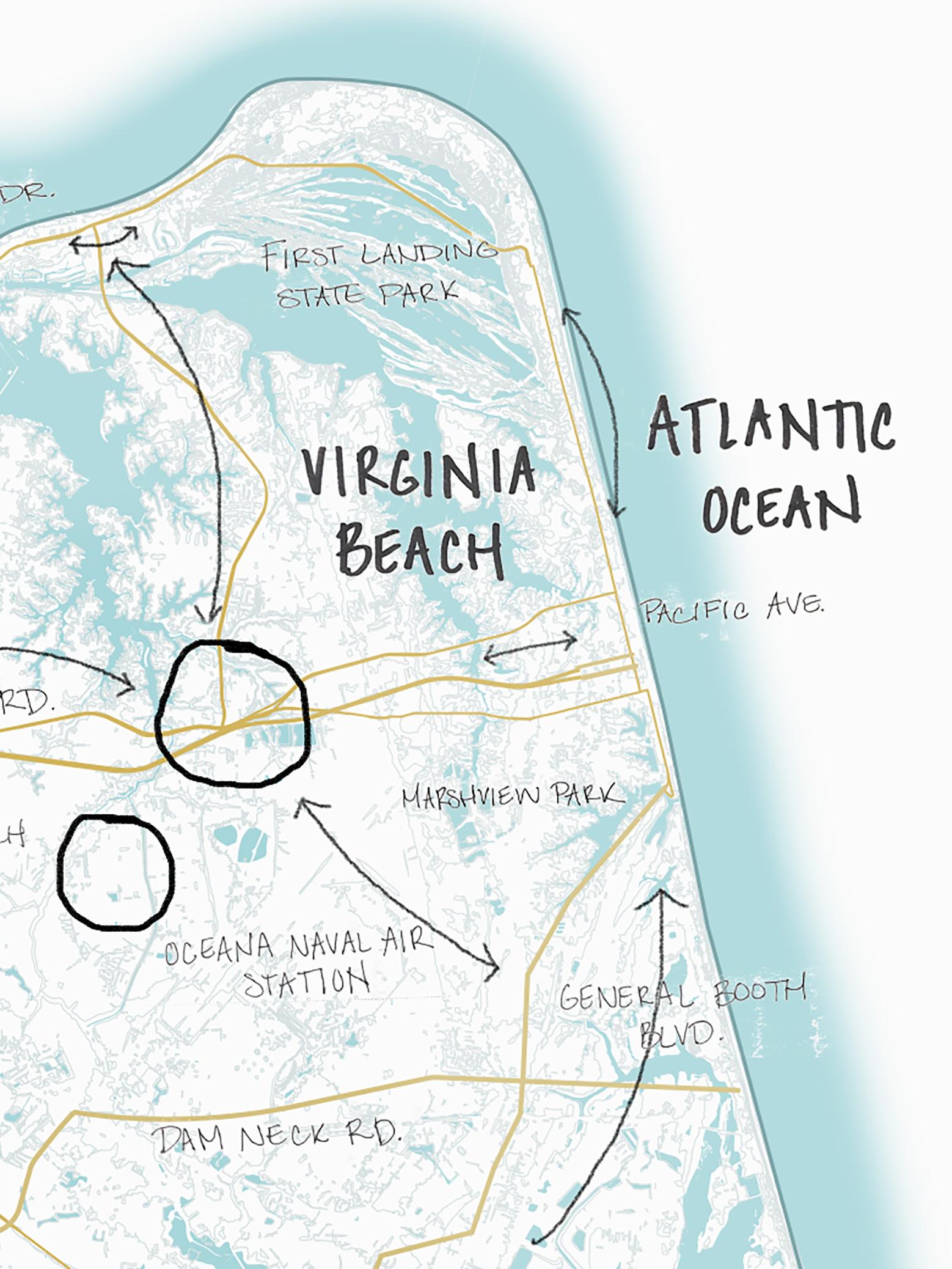

10
1 Virginia Places, Editors of. 2012. “How the Native Americans Greeted the English in AprilMay, 1607.” Virginia Places. http://www.virginiaplaces.org/ggs380/generallhistorie.html.
2 “Hampton Roads Key Industries.” 2023. Hampton Roads Alliance. https://hamptonroadsalliance.com/#.
3 “Hampton Roads | Virginia, Map, & Facts.” 2024. Britannica. https://www.britannica.com/ place/Hampton-Roads.
4 “Virginia Beach city, Virginia.” 2023. U.S. Census Bureau QuickFacts: Virginia Beach city, Virginia. https://www.census.gov/quickfacts/fact/table/virginiabeachcityvirginia/PST045223.
5 “2023 State of the City.” 2023. City of Virginia Beach. https://virginiabeach.gov/city-hall/ mayors-office/state-of-the-city/2023-state-of-the-city.
6 “Largest pleasure beach.” n.d. Guinness World Records. Accessed March 26, 2024. https:// www.guinnessworldrecords.com/world-records/69237-largest-pleasure-beach.
7 “Virginia Beach Tourism Pours $3.7B into….” 2023. City of Virginia Beach. https://virginiabeach.gov/connect/news/virginia-beach-tourism-pours-3-7b-into-local-economy-in-2022.
11

boardwalk between 12th and 16th streets.
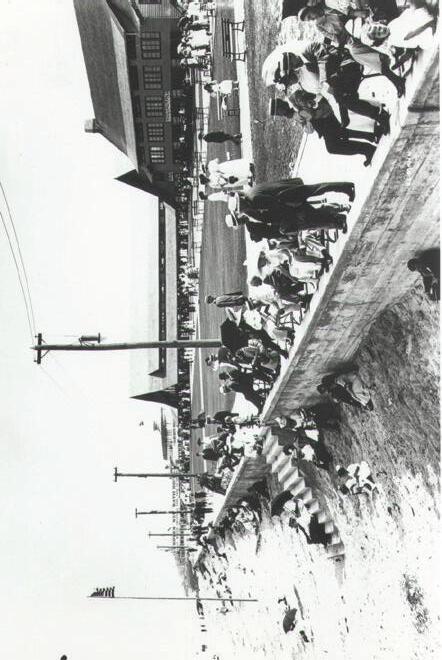
The concrete seawall and boardwalk are completed.


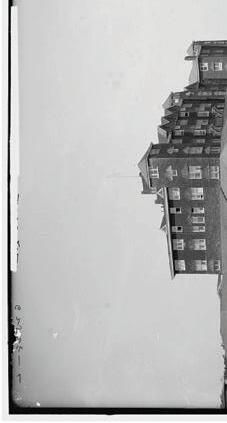
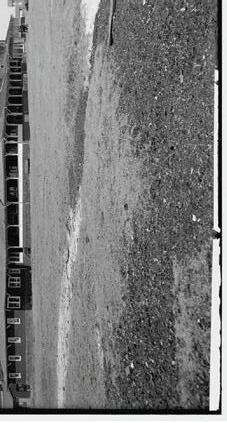
The boardwalk is constructed of wooden planks between 12th and 16th streets as an amenity of the Virginia Beach Hotel, later known as the Princess Anne Hotel.
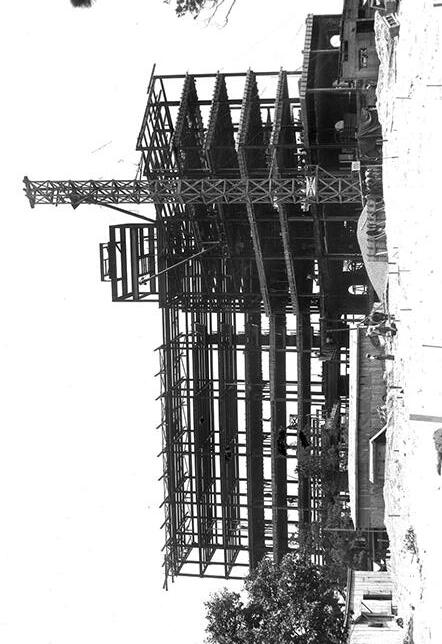
1887


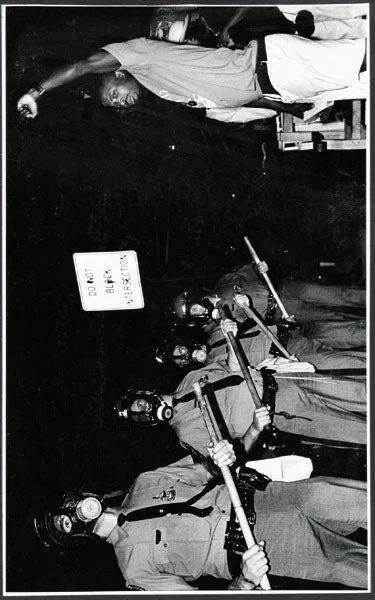

Riots break out at Greekfest, a beach event for Black sorority and fraternity members; City Council votes 9-5 against proposed light rail project.
The Neptune Festival is founded.
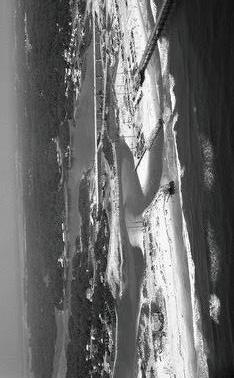
The Virginia Beach and Norfolk Railroad is established, operating from Downtown Norfolk to the Oceanfront. 1892

12
1907 1927
The
The Princess Anne Hotel catches fire.
The Cavalier Hotel is built.
1974
1929 1950 1968
1989
The Virginia Beach fishing pier is built. Rudee Inlet opens.
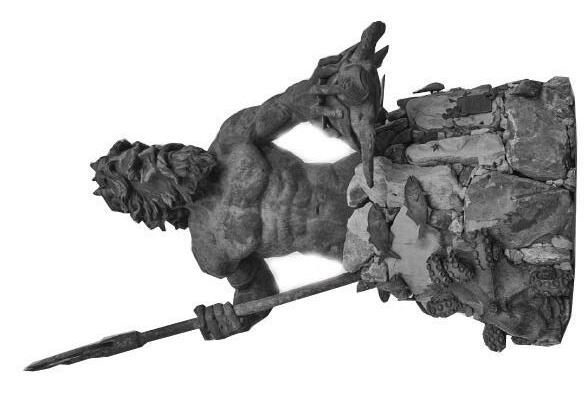
The iconic King Neptune statue is installed at the gateway to Neptune Park.


Hurricane Isabel strikes with 9-foot storm surges.




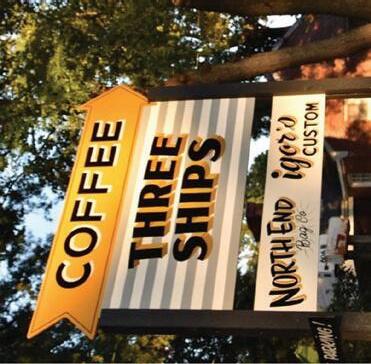
The ViBe Creative District is established as the city’s first arts district. 2015
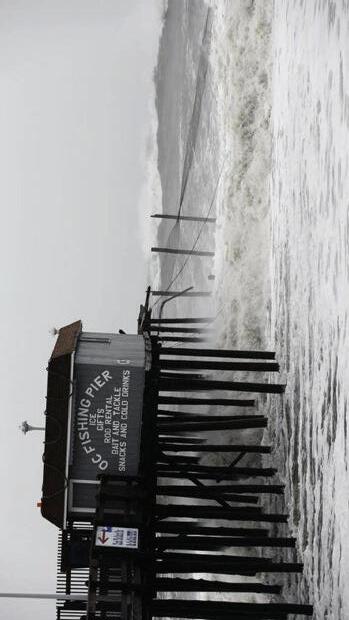
Hurricane Sandy devastates the East Coast, the fourth-costliest hurricane is US history.
The Dome, a notable music venue, was demolished.

The abandoned Norfolk Southern rightof-way is purchased by the city.

launched the first ever SOMETHING IN THE WATER festival. 1994
2019
13
2010
2012
Pharrell
2003 2005
Spend 30 minutes in Virginia Beach, and you’ll hear it: the unmistakable presence of the U.S. Military in Hampton Roads. Jets thunder through the sky, deafening residents and tourists below. Actually, that’s an excellent way to tell who lives in Virginia Beach and who is only visiting. The residents show will, powering on through the conversation, raising their voices in challenge. The visitors? They stop mid-sentence and look up, wondering how on earth anyone could do anything else. These sounds have become just another part of life in Virginia Beach, serving as a near-constant reminder of the city’s ties with the military, profoundly impacting the local economy and community.
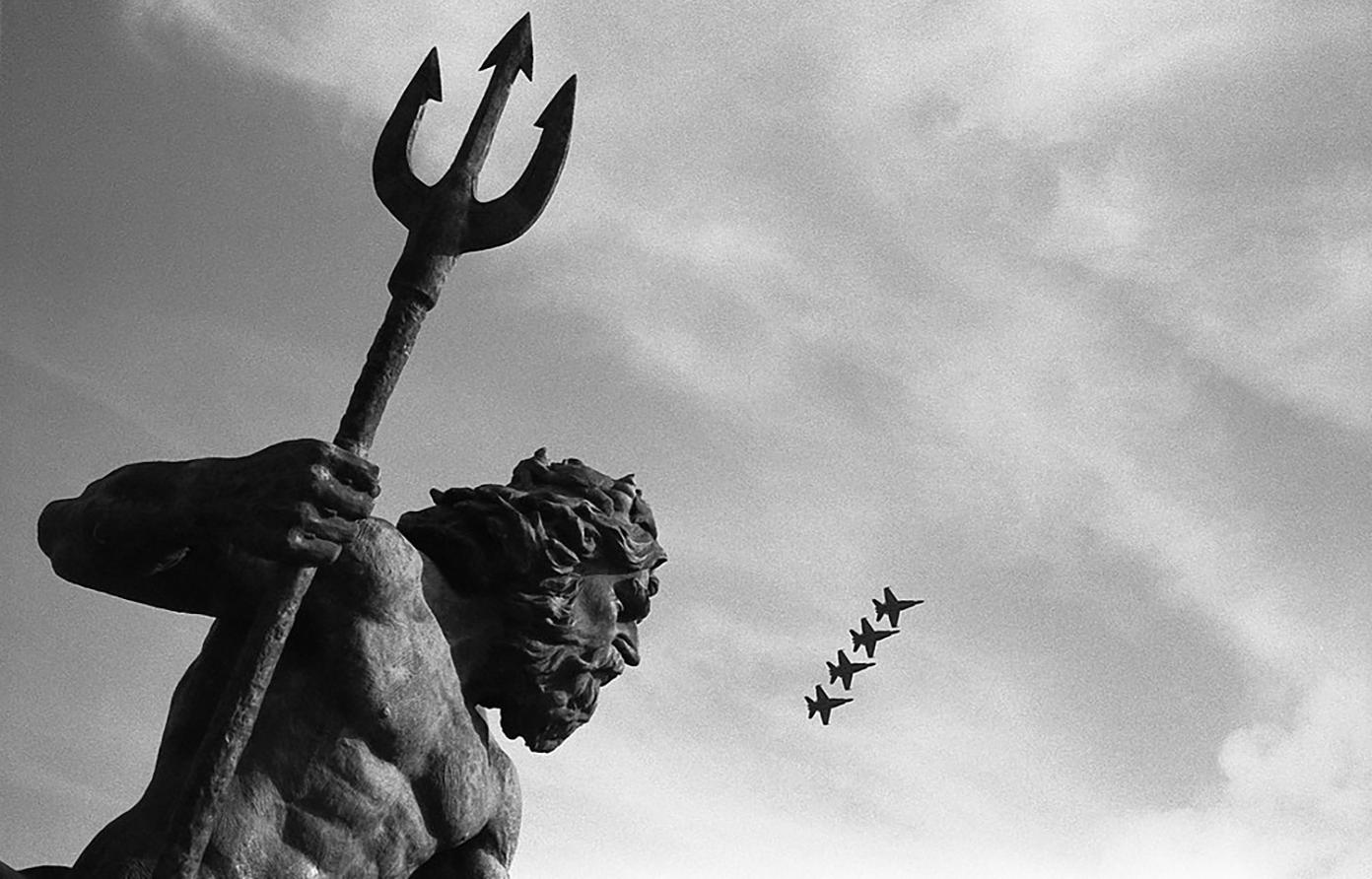
The thriving economy of Virginia Beach relies on a few key industries. Some are growing, like Advanced Manufacturing, Bio and Life Sciences, Information Technology, and Cybersecurity, and some have solidified themselves as an institution like Tourism, Maritime and Logistics, and Defense. 1 While the tourism and maritime industries undoubtedly contribute to the local economy in Hampton Roads, the local facilities of the Department of Defense employ a significant portion of the population in varying capacities.

14
Photo courtesy of Echard Wheeler
Cargo Ship Traffic in Hampton Roads
We almost passed the welcome center completely.
To be fair, it was 7 am, but there was a promise of brunch, so we braved the morning.
The green and blue walls of the welcome center greeted us with thousands of brochures proclaiming the joy to be had at Virginia Beach.
We asked the staff questions: How many people visit? Do you wish you were closer to the Oceanfront? What do you wish you had?
All the questions architects ask in the name of community engagement to really get at the questions we want to ask the most: what could design do for you, change for you, be for you, be to you?
We jotted down her responses, and before we knew it, it was time for our next appointment in Virginia Beach – a chat with a local developer followed by a walking tour through the ViBe Creative District. Just a few blocks from the Welcome Center, the subtlety of the blue and green walls was replaced by a vibrancy of color from street art and installations to the color of the buildings.
The brochures we saw at the center unfolded in front of us, 19th Street and its surroundings teeming with creative energy. We surveyed how the ViBe Creative District had developed, met a few of its
J - 2
champions, and discussed some of its challenges and desires before enjoying lunch at The Pink Dinghy with more community residents.
At The Pink Dinghy, we asked what inspired the colorful & quite frankly, delicious menu. The answer, put simply, was food that wasn’t the fried seafood options you can find in mass at the Oceanfront. We nodded with our mouths full.
Brunch was followed by a walk down by Rudee Loop, a social eddy at the end of the Oceanfront with a configuration that confounds the mind: parking in the center with the edges teeming with life, activity, and interaction.
There were people kayaking and fishing, Adam pointed out where he likes to surf, David Keith rattled off a list of native fish we could catch in Rudee Inlet, and there we stood in awe of this hidden gem.
Wondering how strenuous the path might be to move from spectator to doer.
Wondering where we could go to learn how to do instead of watch.
96,835 active-duty members. 2 13,328 military personnel. 2 3,388 civilian employees. 2 6,839 contractors. 2

This employment has such an impact on Virginia Beach that it is the highest military concentration in the U.S. outside the Pentagon.³ A major military facility in Hampton Roads, and the source of the jet noise is Naval Air Station Ocean which resides less than 7 miles west of the Oceanfront.
Despite its undeniable contributions to the economy, its prominence has its challenges. Firstly, there is the matter of the noise, which, in addition to being a nuisance to residents and visitors, limits the opportunity for other industries, like film and real estate development at the Oceanfront. 4 Additionally, the transient nature of military employment, including deployments, relocation, and secure locations, can create challenges in forming lasting, stable, and cohesive communities. Thus, the military presence, while a great asset for the local economy, also adds a layer of complexity to community organization and future development.
15
Like most coastal cities, Virginia Beach has a peak season from May to early September. During this time, the sand is packed with beach-goers, the single-loaded hotels are at max occupancy, and nightlife finds its home on the boardwalk and streets.

Each year, the tourism industry contributes over 30,000 jobs to the Virginia Beach economy, making an economic impact of $3.3 Billion. 5
Virginia Beach’s economy depends on the peak season, a lucrative four months out of the year, but tourism does pose some contention with VB residents. Most of the Oceanfront caters to visitors, touting novelty and abundance, while the things that sustain a community are pushed towards the edges, away from the ocean.
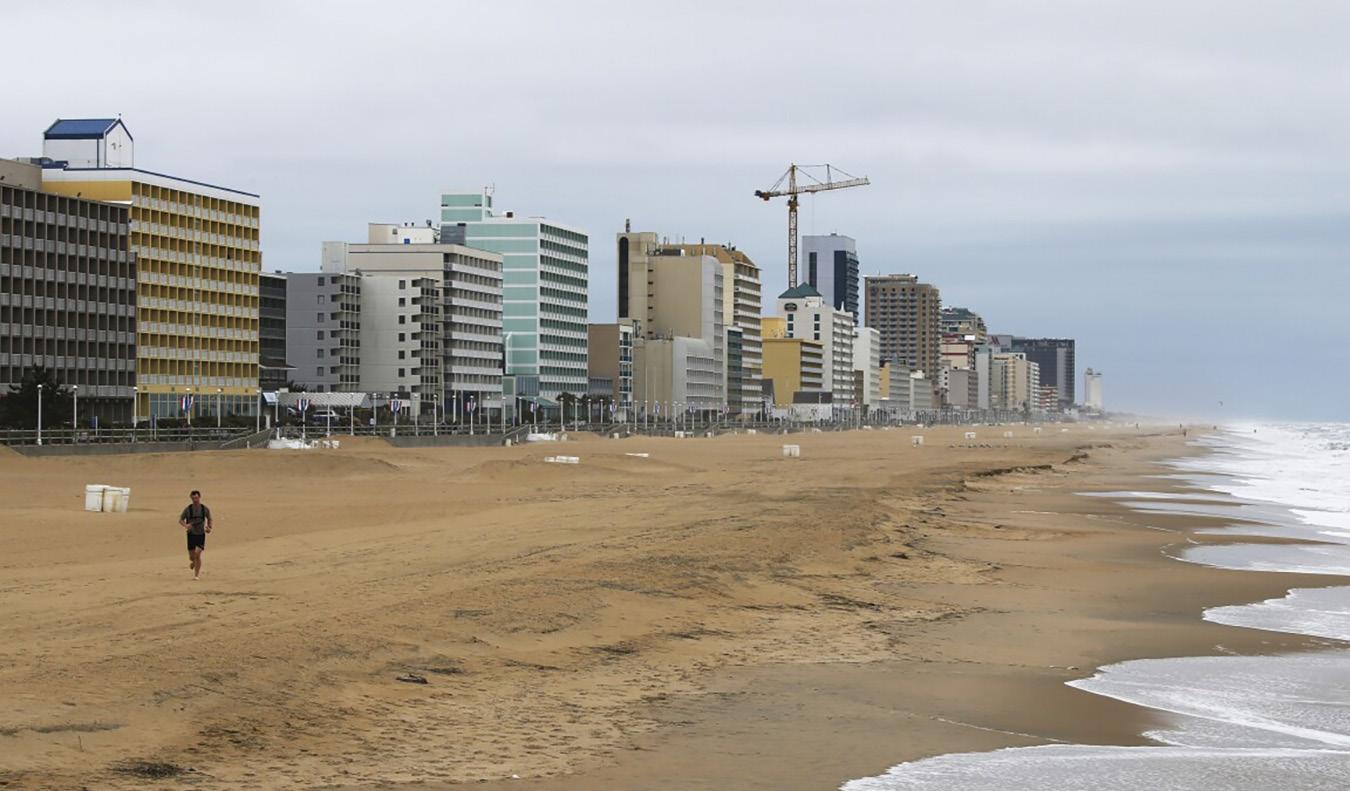
Festivals and events help sustain the energy of the peak season into the shoulder season, but the difference remains stark. What is the identity of Virginia Beach outside of the Peak season, where is life thriving, blooming, and how do we highlight it?
16

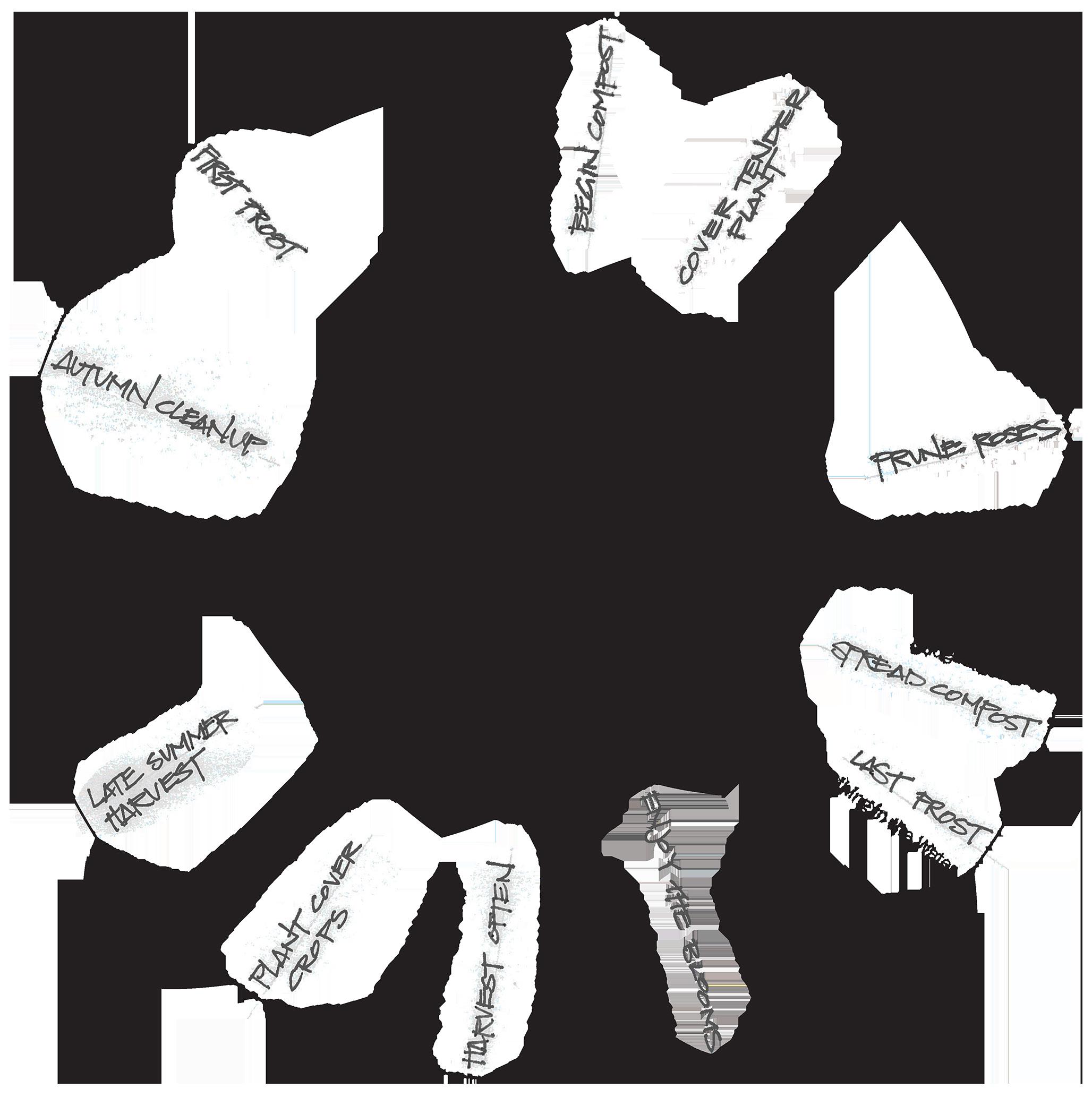
These conditions create a cyclic pattern at the Oceanfront, a seasonality that mirrors the ebbs and flows of the waves themselves.
17
Each year, native Virginia talents and acclaimed artists take the stage in Virginia Beach at the “Something in the Water” festival. Introduced in 2019 by the world-renowned singer, songwriter, producer, and Virginia Beach native Pharrell Williams, the “Something in the Water” festival is one of the most notable events on Virginia Beach’s cultural calendar. 6 Williams developed the event to mitigate negative perceptions of College Beach Weekend, an unofficial event primarily attended by Historically Black College and University (HBCU) students. 6 By formalizing the event, Williams proposed that crime would decrease and the economic environment of Virginia Beach would benefit. The event was brilliant, grossing millions of dollars in economic impact and showing a decrease in crime when compared to College Beach Weekend of previous years. 6 In the present day, the event is an essential aspect of Virginia Beach’s economic vitality, significantly contributing to the hospitality sector each year.
At its core, the event aims to celebrate Virginia’s musical culture and legacy, featuring artists across various genres, including pop, hip-hop, R&B, rap, and country. In fact, part of its success can be attributed to its capacity to appeal to different tastes and backgrounds, but the event offers more than awe-inspiring concerts. Throughout the 3-day event, “Something in the Water” is a platform to celebrate Virginia Beach talent, businesses, artists, and community.

In addition to the line-up, the festival hosts cultural events designed to highlight the rich culture of Virginia Beach. In the past, these events have included art exhibitions and discussion panels. These panels often include technology, business, and wellness experts and thought leaders, leaving attendees with new insights and perspectives.
“Something in the Water” returned to Virginia Beach in 2023 after relocating to Washington, DC, in 2021 after Pharrell Williams’s cousin, Donovon Lynch, was shot and killed by a Virginia Beach police officer. 6 Its return marks an ongoing investment in the Virginia Beach community. In a short time, sans the COVID-19 pandemic and the temporary move to DC, “Something in the Water” has become a cultural icon for Virginia Beach, symbolizing its creativity, potential, and resilience. Providing opportunities for community and a platform for up-and-coming creatives.

For Virginia Beach, “Something in the Water” is more than an occurrence on the calendar. It is a testament and platform for the culture and economy of Virginia Beach to thrive while showcasing its spirit.
19
Photo courtesy of i am OTHER


The art scene of Virginia Beach is dynamic, hosting a variety of festivals year-round and has several art institutions.
Festivals punctuate the city’s calendar, leading to anticipated events and traditions throughout the year. One of these events is the Neptune Festival, held on a weekend in the Fall. Over 250 artisans take over the boardwalk around Neptune’s statue to sell and display their handmade items. The festival also features a sand sculpting championship, a parade, and more. This festival celebrates the coastal culture while paying homage to the VB’s creative life.
The Museum of Contemporary Art (MOCA) is one of the most prominent art institutions in Virginia Beach, hosting several exhibitions that feature the work of local and global contemporary artists. The museum also offers educational programs and events, engaging the local community. 7 Unfortunately for the oceanfront, the MOCA will relocate to Virginia Wesleyan University’s campus with an open date set for 2025. 8
20
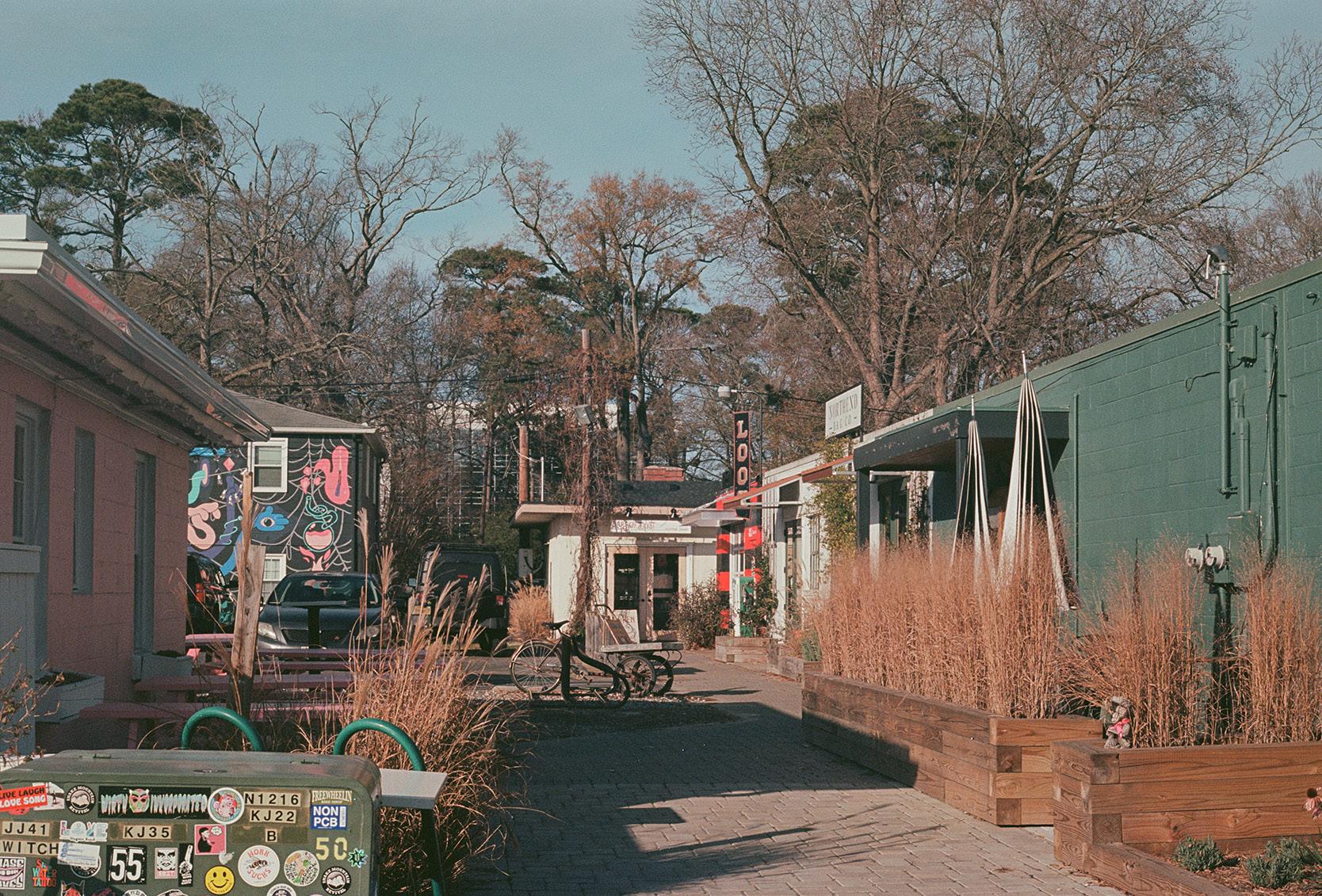
Luckily, Virginia Beach has celebrated the arts in many forms, most recently in the installation of the ViBe Creative District, a neighborhood where creatives live and work just a few short blocks from the Oceanfront. The ViBe reflects the city’s commitment to supporting creative life and local artists. As a result of this investment and support, the ViBe operates as a hub for the art and culture scene of Virginia Beach. Within its blocks, you can find art galleries, restaurants, studios, and shops, and it hosts multiple events like First Fridays and The VB Flea.
The ViBe district encompasses several city blocks bookended by the Virginia Beach Welcome Center and the Oceanfront. As one walks through the district, colorful murals and public art capture the eye. These art pieces are often found on the city’s infrastructure- on crosswalks, utility boxes, or bike racks. The installations inject color into the urban landscape while drawing attention to the work and craft of local artists.
21
In addition to the public art, the district is bustling with art galleries, studios, and local shops. One of the most critical aspects of this district is that each business is locally owned, in contrast to the Oceanfront, which primarily consists of hotels, stores and restaurants associated with large corporations and national franchises.
The ViBe district offers a different flavor unique to Virginia Beach. Every 3rd Saturday, the district hosts the VB Flea, a flea market where one can purchase handmade goods and antiques. First Fridays is another monthly event featuring local performing artists and food. These events further solidify the ViBe Creative District as more than just a neighborhood but a key strategy in fostering a culture that values creativity, community, and connection.

22

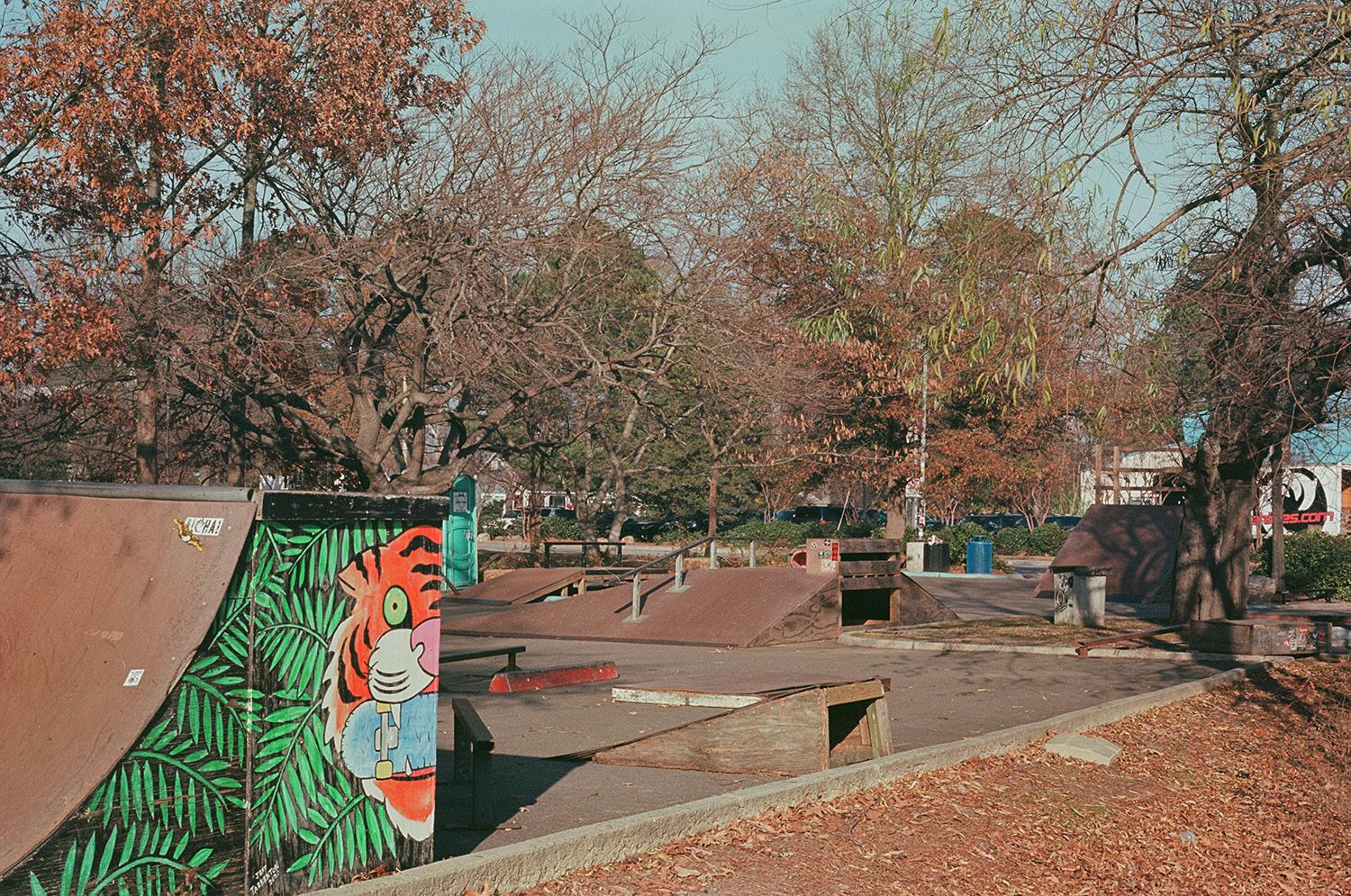

23
Kate Pittman [Executive Director of ViBe Creative District] 03.25.2024 12:01pm
[The meeting is virtual. Kate joins promptly and she’s sitting in her car. I’m probably disturbing her lunch.]
What was the last thing you made?
Craft tulips with my sons, to give to my mother for Easter. Little wood cut out tulips that were hand-painted.
What does it mean to feel at home?
Oh that’s a good one. I think feeling at home means you’re comfortable and at ease, and that can be a feeling that another person gives you, or a place that gives you that feeling, and so it can be more than just one thing.
What is the single most important thing we could do to make the oceanfront better?
I’m very biased, and so I say more public art and place-making efforts, I think we have plenty of business and plenty of actual beach, it’s kind of more of the identity and more of those place-making opportunities that are still being developed.
How has being involved with the ViBe district and pulling all these things together affected your personal life outside of work?
I think being involved in ViBe has given me a lot of inspiration – I’m constantly surrounded by entrepreneurs that are starting new business ideas, and also by artists who are creating really unique and exciting visual art. So that captivating entrepreneurial spirit and the authenticity that people bring to the table is really exciting. I’m always inspired in my personal life to push myself harder or try new things.
Are you from Virginia Beach?
No, I originally grew up in Northeast Ohio, I went to college in Pittsburgh which has great culture. I’ve been in Virginia Beach for almost 20 years. I think Virginia Beach has inspired me to have a lot more personal freedom and energy. I think we have so much sunlight here and so much opportunity to do things outside in the fresh air, and the calming aspects of the water that I’m really more extroverted than I used to be when I was up north. I’m always outside in Virginia Beach, I’m always out meeting people. And it wasn’t the same in Ohio and Pennsylvania. I think Virginia Beach has given me a lot more confidence to try new things and be more engaging with people.
24
Virginia Beach is a very social city I would say.
What are some of the shared perceptions that could shape the identity of this place?
I think we saw a lot of interest in environmental issues, which is very relevant to being in Virginia Beach. A lot of surf culture also intrinsic to the area that we live. A lot of music references or just excitement about fusing art and music together, and things that are impacted and shaped by water. Sometimes I will joke and say ‘we live right next to the ocean, we don’t need to always show ocean art’ but it’s an undeniable thing that shapes the people that live here. Their experience with the ocean and the beach and surfing and skating and all that culture is embedded in them.
Can you describe the structure that makes up the organization behind ViBe?
Our structure is two things: the business association that’s called the Friends of the Creative District, and that is the working artists, business owners, people that are out hustling on the street. And their voice is critically important to what we do. And then our nonprofit board is more of the formal, strategic, budgetary oversight board. But a third component is that we work with over 200 artists per year – that includes musicians, fine artists, digital artists. So through working with them day in and day out they play a really critical role as well. But they’re not necessarily put out into a board of their own because we want to pay them.
25 Love that for you.
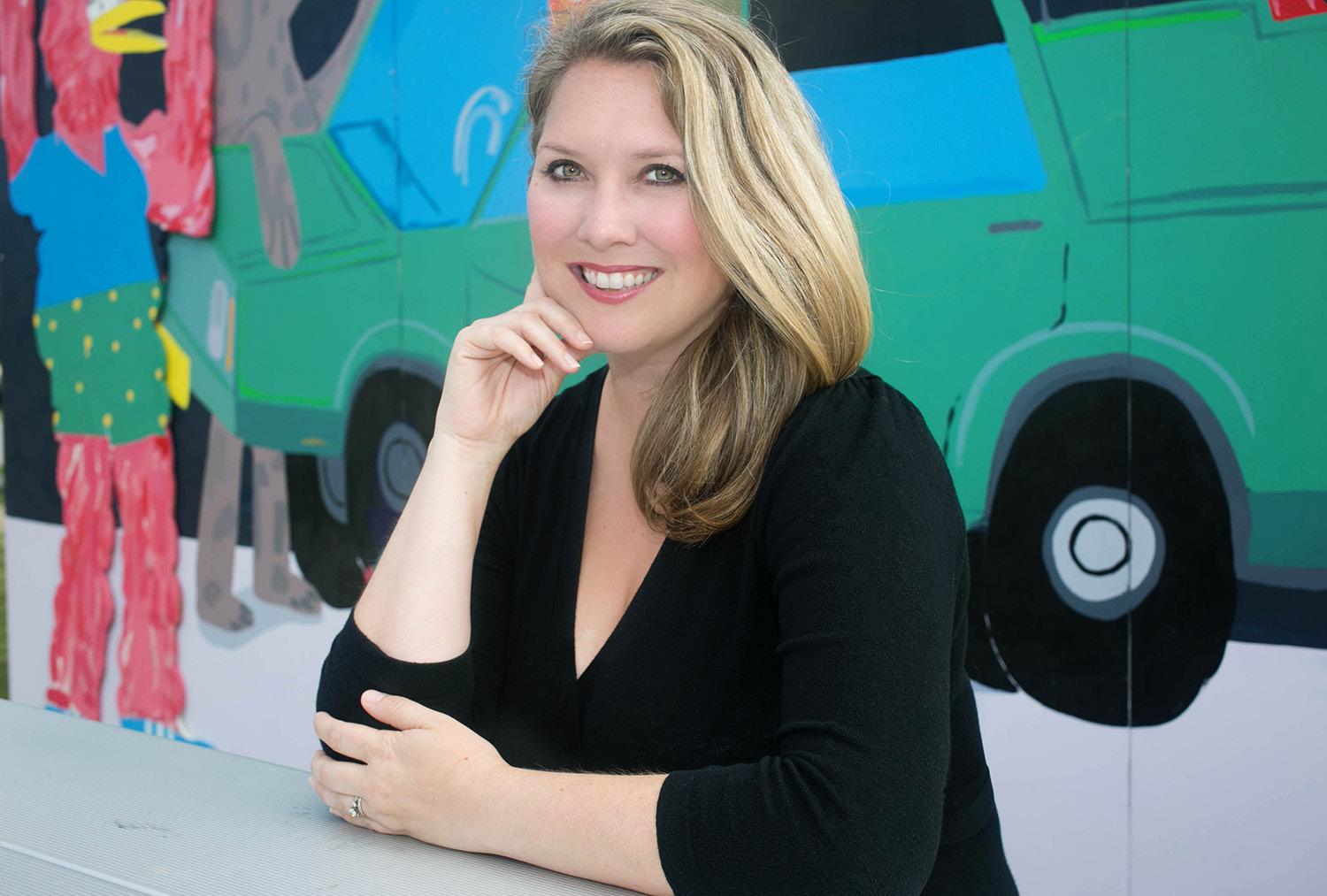
"the great kate"
As the one of the leaders in creation of the ViBe District, Kate Pittman is a passionate neighbor, community advocate and long-standing force within the creative community.
26
1 “Hampton Roads Key Industries.” 2023. Hampton Roads Alliance. https://hamptonroadsalliance.com/#.
2 Department of the Navy: Navy Region Mid-Atlantic Public Affairs Office. 2020. Navy’s economic impact in Hampton Roads exceeds $15.4 billion. Norfolk, VA: n.p. chrome-extension://efaidnbmnnnibpcajpcglclefindmkaj/https://cnrma.cnic.navy.mil/Portals/81/CNRMA/ Documents/Economic_Impact/Website%20EIR%2019%20Release.pdf?ver=wfquSFJVMEdoWFHIx4Oalg%3D%3D.
3 “Virginia Beach Department of Economic Development.” n.d. Virginia Beach Department of Economic Development. Accessed June 23, 2023. https://www.yesvirginiabeach.com/key-industries/defense.
4 “Community Response to Noise.” 2022. Federal Aviation Administration. https://www.faa. gov/regulations_policies/policy_guidance/noise/community.
5 “Virginia Beach Tourism Pours $3.7B into….” 2023. City of Virginia Beach. https://virginiabeach.gov/connect/news/virginia-beach-tourism-pours-3-7b-into-local-economy-in-2022.
6 YouTube: Home. 2009. June 3, 2009. https://www.wfxrtv.com/podcasts/virginia/something-in-the-water-coming-back-to-virginia-beach-in-2023/.
7 “Mission & History.” n.d. Virginia Museum of Contemporary Art. Accessed July 21, 2023. https://virginiamoca.org/mission-history/.
8 Meyerson, Foster. 2024. “MOCA, VWU reveal plans for new Virginia Beach art museum.” WTKR, March 13, 2024. https://www.wtkr.com/news/in-the-community/virginia-beach/mocavwu-reveal-plans-for-new-virginia-beach-art-museum.
27
Along the Oceanfront, many unique neighborhoods and zones with distinctive characteristics and charm lay waiting to be discovered by tourists. Our journey researching the Oceanfront led us to explore these zones that define the Oceanfront. This research uncovered each area's characteristics, strengths, and opportunities of the areas around 31st Street, 21st Street and Norfolk Avenue and their respective contexts.
As we navigated these areas, we began to perceive them as individual charms strung together on a bracelet - each unique and intriguing in its own right, distinct from each other but sharing a common essence of Virginia Beach. At the north end of the Oceanfront, the commercialism of the Resort district begins to give way to more residential and community-centered infrastructure. In contrast, anyone entering Virginia Beach via 21st Street immediately realizes tourism’s economic impact on the city, immersing themselves in numerous hotels, retail shops, and attractions. Towards the South end of the Oceanfront, the richness of the environment is enjoyed through surfing, fishing, kayaking, and more.


28
We were wading into the depth of research of Virginia Beach, trying to collect as much information as possible. Still, we all took a break when we got a new meeting request at the top of our inbox: ‘Virginia Summer Scholars – Resiliency Workshop.”
We gathered up our Hanbury notebook and a pen to head downstairs to Rita Vita as Ashley Montgomery set up the Teams call, and soon enough, Stella and Sara were on the screen.
Ashley introduced herself and then asked us what the definition of “resiliency’ was.
Something that can last.
Being able to withstand difficulty; toughness. Recovery.
We knew the definition, sure, but it would be a few more weeks before we knew what it meant.
But that’s an entry for another time.
Ashley’s next task was introducing us to the ‘Scales of Discovery’ table, now posted to our Miro board, and asking us if we had found anything so far to fill in.
We started rattling off the rabbit holes we had discovered: the military presence, the relationship between the community and the city, and the aging hotels. Ashley typed our thoughts on yellow sticky notes on our Miro page before asking us about the flooding, well, really the sinking.
We stared at her wide-eyed,
J - 3
what sinking?
She pulled up resources, showing us how Norfolk is, actually, sinking. And how climate, sea level rise, storms, and flooding impact the ecology, built environment, and resiliency in the entire region of Hampton Roads.
We headed back to our desks to layer in these sobering findings using resources suggested by Ashley: AdaptVA, Virginia Institute of Marine Science, and Virginia Beach Sea Level Wise. We looked at case studies, data, regulations, design proposals, organizations, and initiatives we could weave into our research.
We slid the sliders on the interactive maps, seeing the effects of sea level rise and storm surge at the Oceanfront, in city-labeled “strategic growth areas,” and along the roadways and infrastructure for the next 80 years.
What options did we have when proposing grid interventions if parts of the grid itself could be washed away 100 years from now?
Zone 3, including Laskin Road and its context, has recently emerged as a new community hub. For one, it is the conduit to Neptune Park and the iconic Neptune Statue, sites that host several events and festivals. The area is a barrier where the bustling tourism industry transitions to a quieter residential area. Amenities and resources that cater to full-time and local residents of Virginia Beach, like Harris Teeter, the only grocery store at the Oceanfront, can be found in this area. Furthermore, retail, small businesses, and multi-family apartments with dining, shipping, and recreational establishments offer the necessary ingredients for a thriving residential community.
The development of this area has taken its cues from the success of the ViBe district, focusing on championing local businesses, offering a range of recreational activities that cater to various age groups, and re-branding the area as “The Artery.”¹ In contrast with the ViBe district, these developments in this area do not center on the creative class of Virginia Beach; instead, they highlight the ingenuity and entrepreneurship native to Virginia Beach. One can find trending restaurants, spas, breweries, and more along Laskin Road. This development has led to a new hub that offers residents and visitors opportunities to engage with their community, interact with their neighbors, and contribute to a local and circular economy.
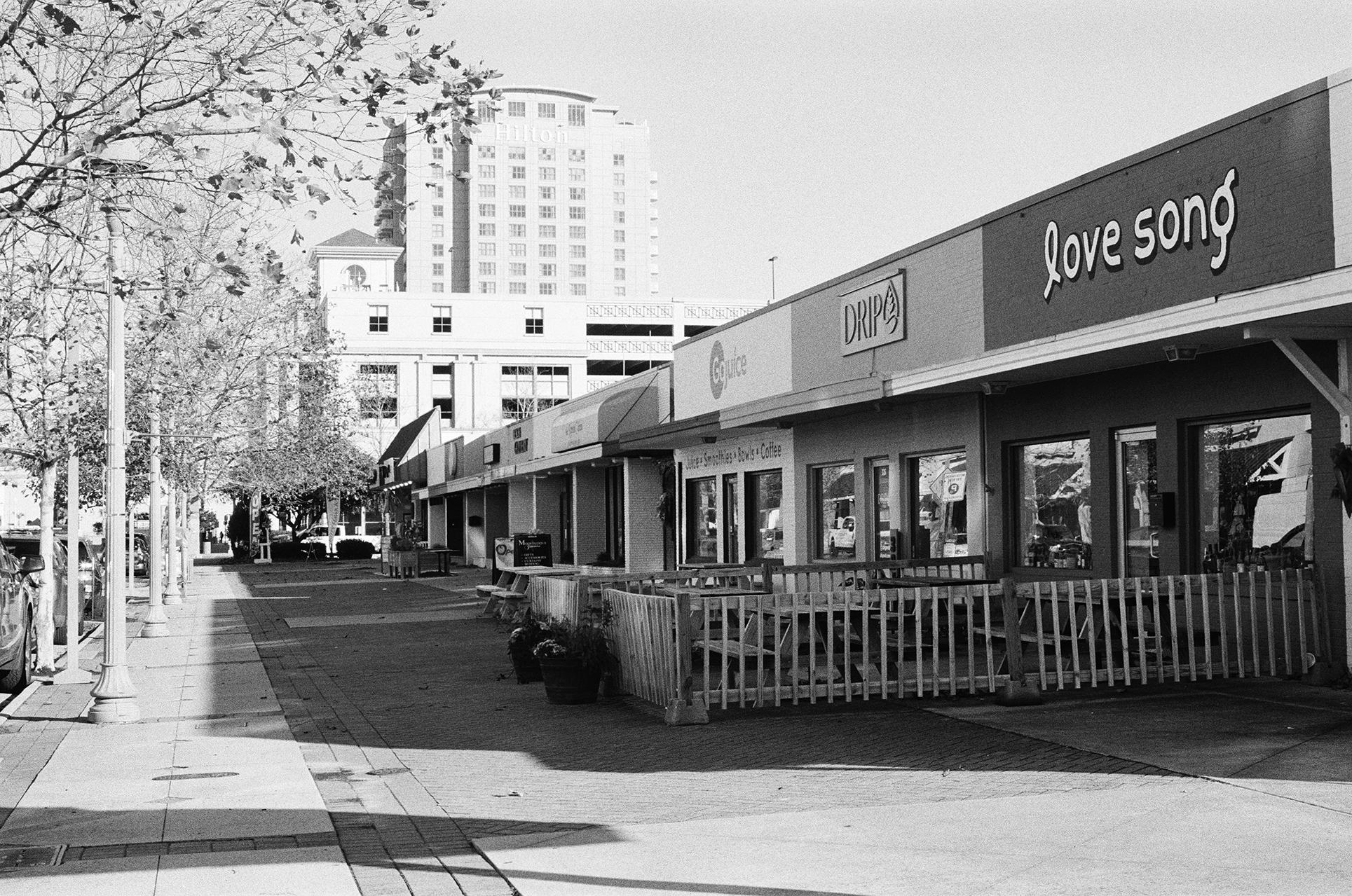
29
Like most of the nation, Virginia Beach grapples with the question of housing affordability and a lack of ‘middle housing.’ Middle housing refers to housing options that support a variety of incomes, lifestyles, and household sizes.² These can be duplexes, triplexes, townhomes, single-family detached homes and other models. However, as housing reaches a point of hyper-commodification, that is, when it is regarded as an asset/commodity/ wealth-building strategy rather than a necessity, affordability becomes a barrier.³
According to a Virginia Center for Housing Research report at Virginia Tech, the city lacks affordable housing units for households with low to moderate incomes. Over 20% of households in Virginia Beach spend more than half of their income on housing. 4 These conditions can stifle the creative class, resulting in restrictive living conditions, displacement, and/or pressure to commodify their art to earn the necessary income.
Another study by the National Low Income Housing Coalition illustrates that someone who works full-time in Virginia Beach would need to earn $23.40 per hour, 195% more than the Virginia Minimum Wage as of 2023, to afford a two-bedroom rental at fair market value. 5 This reality impacts not only low-income residents, the creative class, and entrepreneurs but also critical partners in the community like teachers, first responders, healthcare workers, and service workers who are integral to the dominant tourism economy. These communities are more likely to be pushed out of Virginia Beach to find living conditions they can afford and have increased reliability on cars to access their places of work.
Virginia Beach has begun to address these issues through inclusionary zoning, housing trust funds, and the utilization of private partnerships. 6 One such project has been successful in the ViBe Creative District with a workforce housing complex. While these efforts have made progress, there is still a great need for affordable and workforce housing within the city.
30


31
The issue of housing is complex and, therefore, creates complex challenges regarding homelessness, racial discrimination, and the availability of public resources. According to the 2023 Point-in-Time Count conducted by the Department of Housing and Urban Development, there were 313 homeless individuals in Virginia Beach in 2023. 7 Interestingly, this reality impacts the urban conditions of Virginia Beach, with community entities like the Virginia Beach Police Department opposing public benches at the Oceanfront to deter unhoused individuals from using them as sleeping spaces. Overall, there needs to be more public resources in Virginia Beach available to address these issues adequately. However, there are local non-profits such as the Judeo-Christian Outreach Center whose programs address homelessness, though the scope of the issue requires more institutional and systemic interventions.
Virginia Beach also has a fraught history when it comes to racial discrimination. Though the historically Black community of Seatack has occupied Virginia Beach since 1883, people of color face significant disparity within Virginia Beach. 8 These disparities impact many facets of life, ranging from housing, employment, and the availability of public resources. For instance, in 2020, the City of Virginia Beach conducted and released a Financial Disparity Study that found that minority-owned businesses received disproportionate city contracts. 6
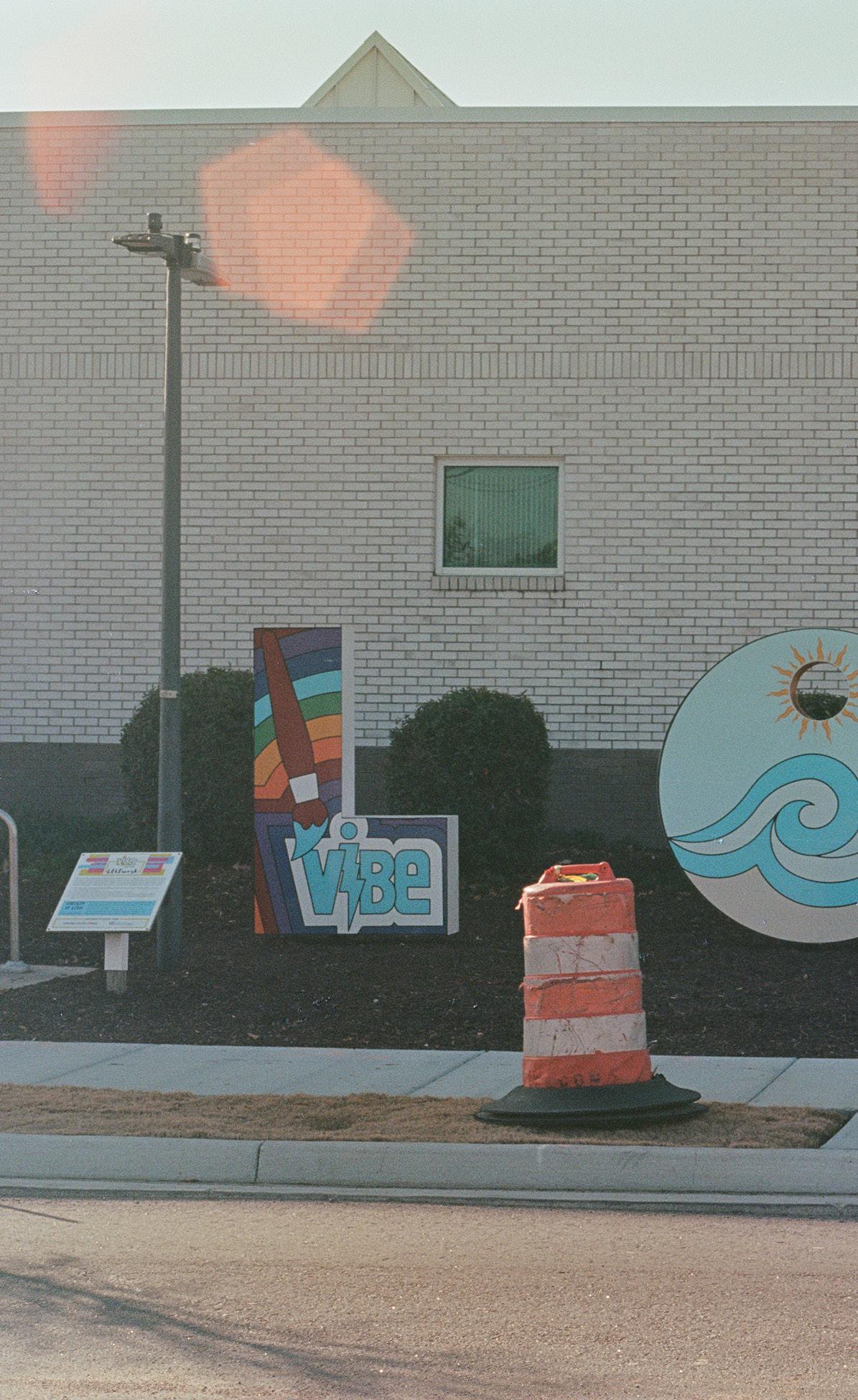
Additionally, a 2018 study by the Virginia Center for Housing Research found that neighborhoods in Virginia Beach remain racially segregated, following the historical patterns of exclusionary zoning and racial covenants. 4 These areas disproportionately have lower-quality housing options and less proximity to public resources.
32
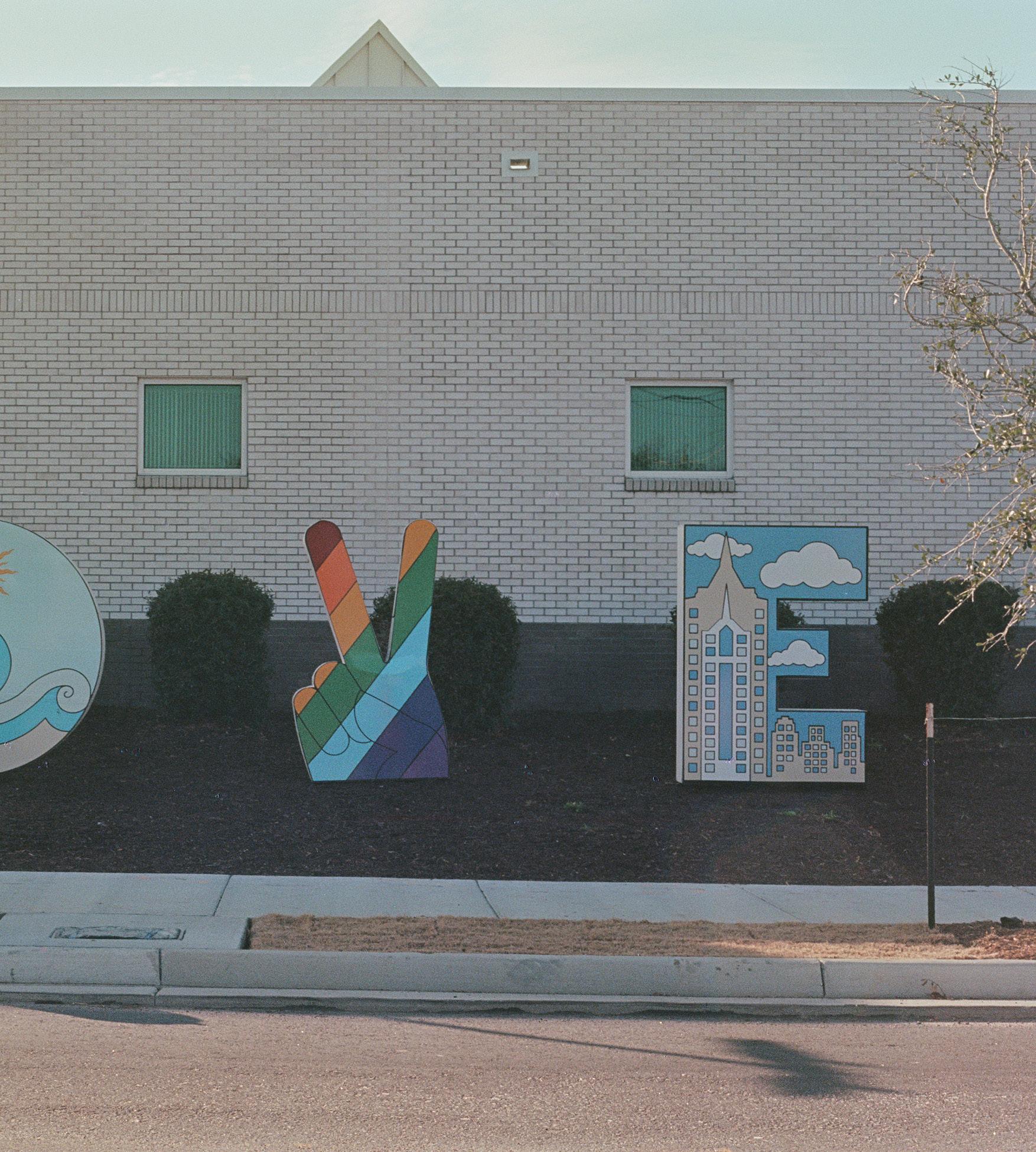
The lack of public resources significantly affects satisfaction in Virginia Beach, especially for marginalized communities. These public resources include grocery stores offering variety and quality, healthcare facilities, libraries, post offices, and recreational spaces - all critical indicators for social determinants of health. 9
These issues require scaled intervention and public and private partnerships to increase public resources, access, and equity within
33
Virginia Beach.
Re-imagining the residential typology offers the opportunity to address the diverse needs of our society through mixed-use programming. To increase pedestrian traffic and support the local economy, retail spaces are located on the ground floor. These spaces would provide affordable leases for small businesses and amenities and services to the surrounding community. Above the retail floor, affordable and workforce housing accommodates a broader range of income levels. These living spaces would be subsidized by the luxury penthouse on the upper floors, taking advantage of stunning views of the ocean, Little Neck Creek, and First Landing Park. Shifting to a typology that relies on vertical integration of functions and socioeconomic backgrounds promotes a more vibrant and inclusive economy and community.


34


35
new residential typology
a

To echo the existing character and the latest investments in “The Artery,” our design interventions for Laskin Road and the surrounding context focus on creating a more porous, walkable, and community-centered environment. We acknowledge tourism as the main economic driver of the Oceanfront by maintaining hotels close to the boardwalk. However, we introduce mixed-use programming, community resources, new models for housing, and adaptive reuse strategies for parking garages. The mixed-use programs bolster the strategy of “The Artery,” creating more opportunities for small businesses. Programming for community resources responds to the need to bring amenities like the library and post office further North to residential areas. Lastly, the parking garage interventions re-imagine ways Virginia Beach can use existing infrastructure to simultaneously respond to climate change threats while creating opportunities for social interaction for residents and visitors alike. The design interventions in this area strive to highlight assets like Neptune Park and forward strategies for revitalization while investing in the future of residential life in Virginia Beach.
36


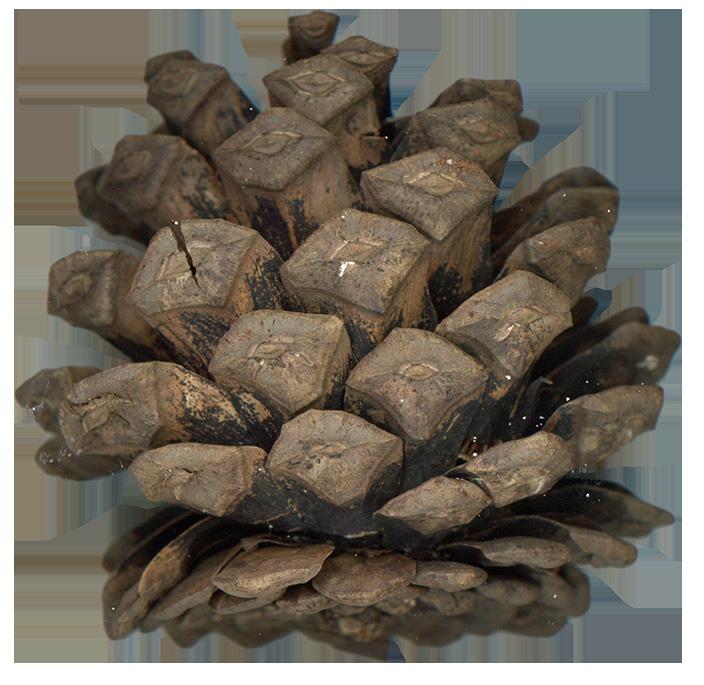

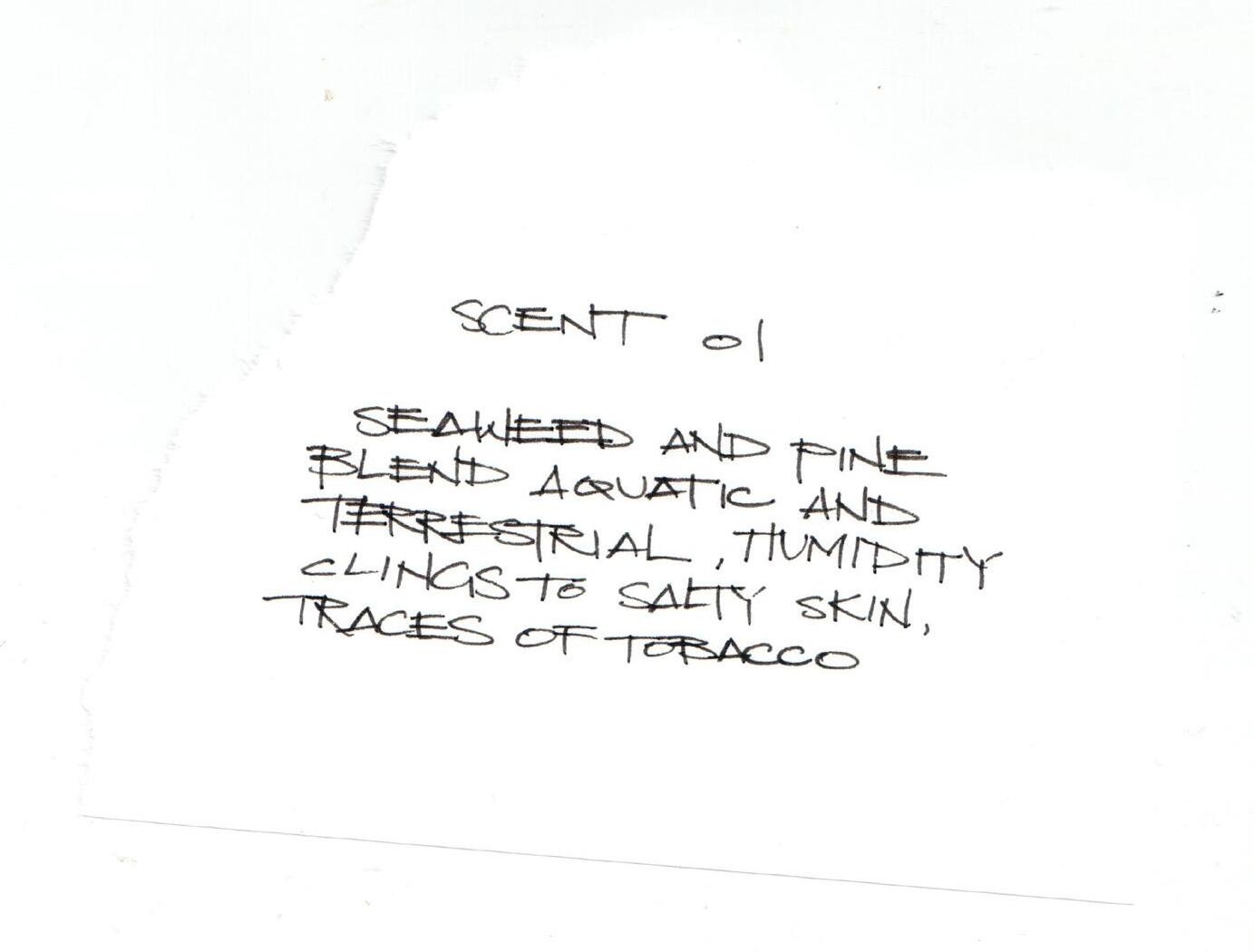
38
1 Townsend, Philip. 2024. “Virginia Beach Oceanfront to welcome new creative district.” WVEC, January 24, 2024. https://www.13newsnow.com/article/news/local/mycity/virginia-beach/creative-district-the-artery-taking-shape-at-virginia-beach-oceanfront/2916104bcec-de1b-4239-8f07-3f882faef9b3.
2 n.d. Missing Middle Housing: Diverse choices for walkable neighborhood living. Accessed January 14, 2024. https://missingmiddlehousing.com/.
3 Dorazio, Justin. 2022. “Localized Anti-Displacement Policies: Ways To Combat the Effects of Gentrification and Lack of Affordable Housing.” The Center for American Progress, (September).
4 “Virginia Center for Housing Research (VCHR) | Myers-Lawson School of Construction | Virginia Tech.” n.d. Myers-Lawson School of Construction. Accessed February 12, 2024. https:// mlsoc.vt.edu/research/vchr.html.
5 “About Out of Reach.” n.d. National Low Income Housing Coalition. Accessed February 12, 2024. https://nlihc.org/oor.
6 “Disparity Study | City of Virginia Beach.” n.d. Finance. Accessed January 16, 2024. https://finance.virginiabeach.gov/purchasing/disparity-study.
7 The U.S. Department of Housing and Urban Development. 2023. “The 2023 Annual Homelessness Assessment Report to Congress Part 1: Point-In-Time Estimates of Homelessness.”
8 n.d. Housing Forward. Accessed January 14, 2024. https://housingforwardva.org/toolkits/ racial-equity/2/.
9 “Social Determinants of Health - Healthy People 2030 | health.gov.” n.d. Office of Disease Prevention and Health Promotion. Accessed March 18, 2024. https://health.gov/healthypeople/priority-areas/social-determinants-health.
39
Like a charm bracelet, unique experiences exist along the Oceanfront. Still, the challenge lies in encouraging and supporting visitors and locals alike to venture beyond the boardwalk to discover all the richness Virginia Beach has to offer.
By most metrics, Virginia Beach is an excellent example of well-executed urban planning. Development has followed a defined, rigid grid based on the Virginia Beach Form-Based Code. Meticulously organized, the city’s grid approaches suburban neighborhoods, commercial districts, and natural landscapes with the same impartiality.
This approach, while well-organized, leaves little exploration in urban interventions and produces a certain monotony to the skyline of Virginia Beach. For example, the grid’s limited footprint allowance results in hotels that stand parallel to the ocean in a single-loaded corridor configuration to offer nearly 100% oceanfront rooms. To maximize profit, hotels take advantage of the maximum building height of 200 feet, creating a wall condition that obstructs the view of the ocean for the blocks behind.
40
The Summer Scholars program encompassed a few things: the research project, billed architectural work, and planned workshops with leaders within Hanbury and industry partners.
We’ve already had a few of these workshops: the resiliency workshop with Ashley Montgomery or the Campus Master Planning workshop with Elizabeth Morgan. Today’s workshop, however, was special; Nick Vlattas, a former COO of Hanbury and the founder of the summer Scholars program, would lecture on ‘The Business of Architecture.’
We gathered in Rita Vita as he walked us through documents and presentations presenting the reality of running an architectural firm. As we delved deeper into the financial side of the architectural industry, we had a new understanding of the magnitude of the numbers associated with Virginia Beach’s tourism industry.
$3.7 Billion in economic impact in 2023.
The $2.4 Billion tourists spend at the Oceanfront creating a catalyst of economic vitality, dominoing into business-to-business sales and reinvestment into real estate and infrastructure.
A machine creating 32,704 jobs and contributing to millions in wages.
A system that is able to save households over $1,754 in taxes, operating primarily in a peak season of just 4 short months.
We were quickly reminded of the financial reality of
J - 4
Virginia Beach and the people, places, and cultures that relied on its economic success.
The question was, how could design create more harmony between the tourists and residents?
Where was the overlap?
What were the opportunities without disrupting the livelihood of thousands of people?
Oceanfront Resort District
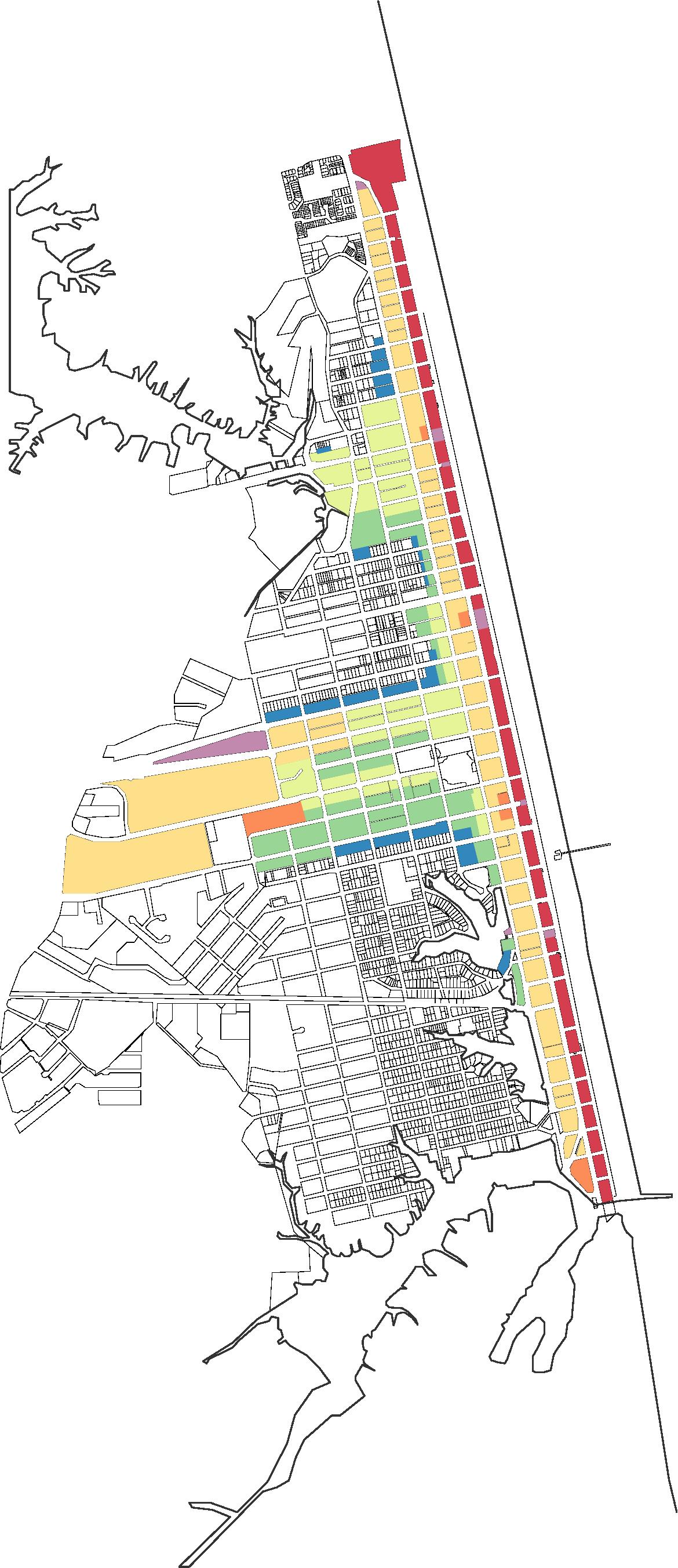
Building Height Map

41
Resultingly, the urban planning of Virginia Beach, in some cases, erodes the character and identity that contributes to its appeal. By problematizing the grid, urban planning strategies can create new opportunities for innovation that allow the regional characteristics along the Oceanfront to be fully expressed. How can we modify the grid to support a lively and liveable city that showcases the nature, cultures, and opportunities of Virginia Beach?

42

43
Development of the grid in Virginia Beach has prioritized and, at times, exclusively supported the use of cars over other modes of travel. Whether it's through one-way or four-lane roads, the driver is dulled by the monotony of the grid, encountering fifty-five surface lots along the Oceanfront. The grid provides many routes but only five thoroughfares, contributing to high traffic rates along 21st Street, 22nd Street, Laskin Rd, Pacific Avenue, and Atlantic Avenue.
Arrival to Virginia Beach depends on I-264, which transitions into 21st street, teasing visitors with the promise of the ocean, which unfortunately is abruptly blocked by development. Pacific and Atlantic Avenue, which run North to South, push travelers down four-lane roads but rarely offer opportunities for them to park and continue exploring the Oceanfront on foot or to grab a bite to eat at a restaurant. After their stay, visitors are boomeranged back on 22nd street to merge onto I-264, often never experiencing the full richness of Virginia Beach.
44
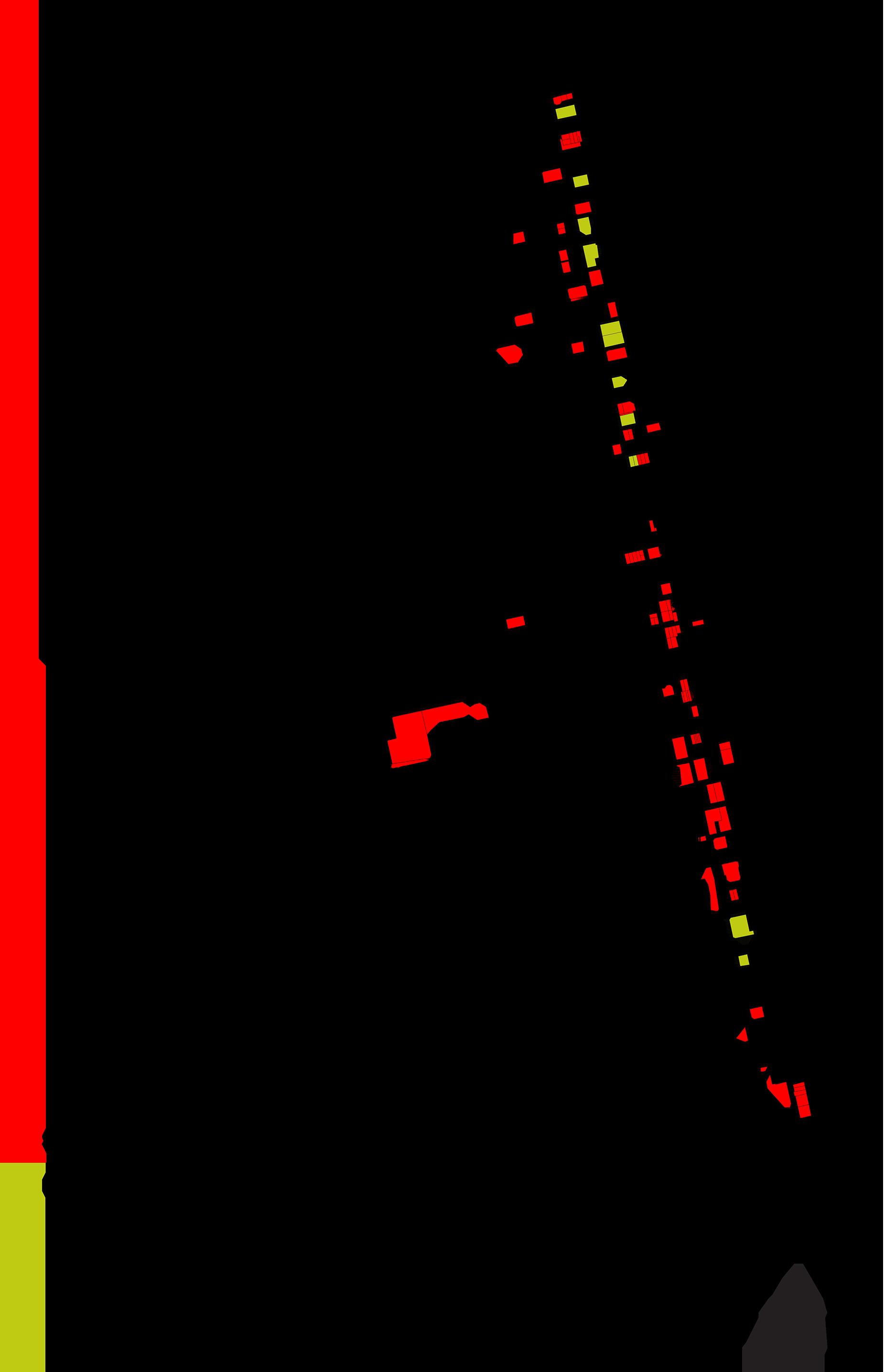
45
Land Devoted to Parking
Climate challenges have become a major concern for Virginia Beach, like other coastal cities around the globe. Sea-level rise and increased storm intensity threaten the city’s infrastructure, economy and quality of life. According to the National Oceanic and Atmospheric Administration (NOAA), sea levels in Virginia Beach are rising at twice the global average rate. 1 This condition creates a potential for more frequent and severe coastal flooding, especially during high tide and storm events. 2 The combination of these conditions poses a significant threat to the people, homes, businesses, and critical infrastructure that define Virginia Beach.
Additionally, the Virginia Beach area is also vulnerable to hurricanes and nor’easters, which are projected to increase in intensity due to climate change. Heatwaves are another climate-related concern for Virginia Beach. As global temperatures rise, the city can expect more frequent and intense heat waves, a public health risk, especially for vulnerable populations like the elderly and those with chronic illnesses. 3
46


47
2100
2100 moderate scenario
extreme scenario
Irregular, varying shapes, topography, and environmental complexity characterize the very nature of coastlines. Erosion and tidal patterns impact the stability and integrity of the grid that is intended to define and provide order to the coastline. As climate challenges persist, the contrast between the grid’s rigidity and the coastline’s variability becomes more apparent.
These challenges require bold and swift action to mitigate and adapt to the changing climate. The city is already taking steps in the right direction with initiatives such as the Virginia Beach Sea Level Rise Policy Strategy and efforts to increase the resilience of the city’s infrastructure.⁴ However, there may be more flexible, adaptive, and imaginative approaches and strategies to contend with environmental threats, such as flexible zoning and setback regulations, green infrastructures, and coastal management initiatives, to preserve the assets of Virginia Beach.²

48
Hotel Age Heat Map
Adaptive reuse is a practice of re-purposing the built environment to support new needs.
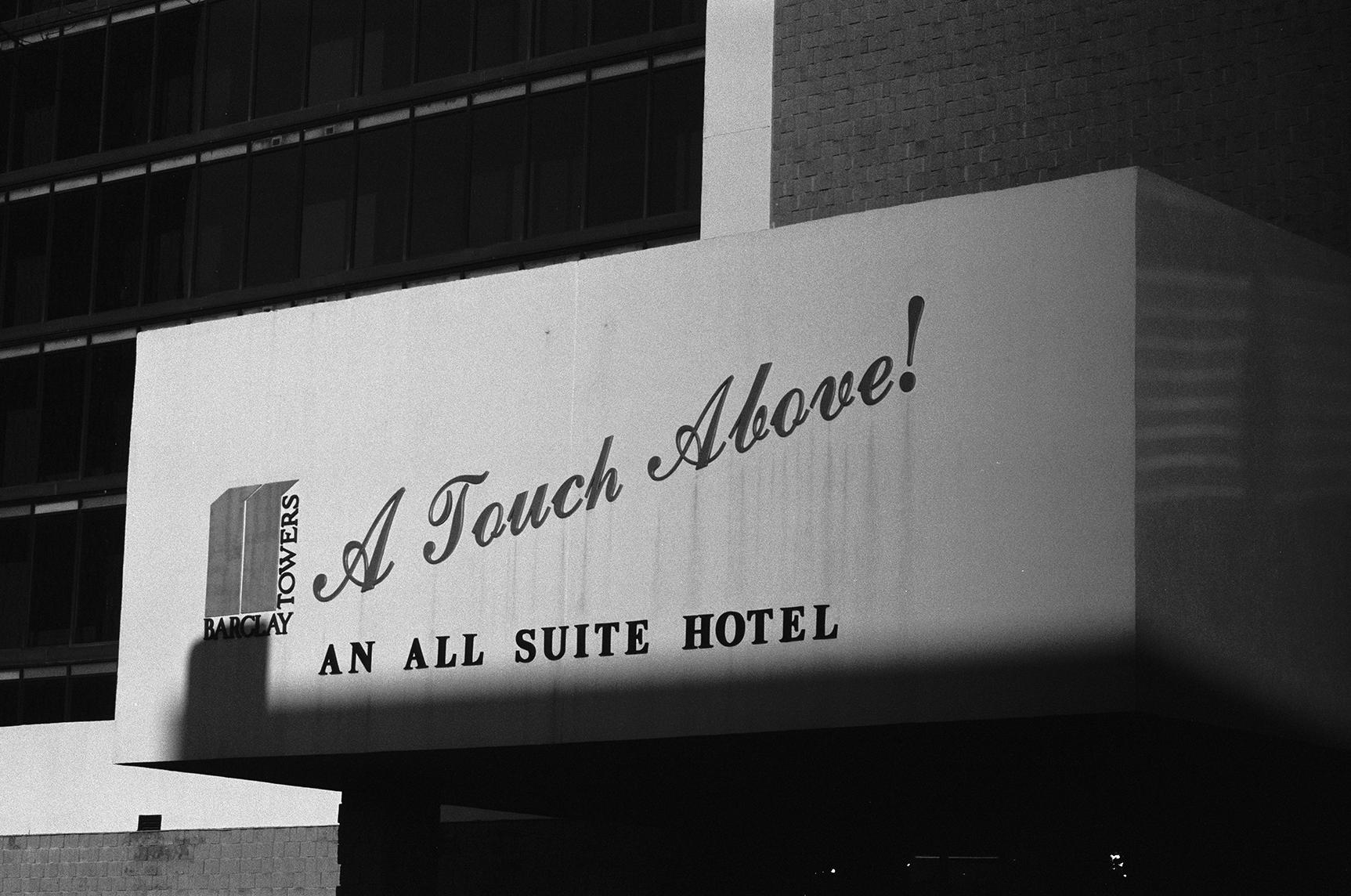
Adaptive reuse is a practical way to address climate change, such as transforming areas prone to flooding into parks with permeable surfacing to absorb stormwater or retrofitting buildings to be more resilient in extreme weather.
Virginia Beach has increasingly devoted resources and efforts to implementing resilience and adaptive reuse strategies as a part of its climate change response. These strategies include strengthening local infrastructure, improving emergency preparedness, and investing in flood barriers and natural solutions like restoring marshes and wetlands. 4
Such approaches help the city cope with climate change impacts while creating opportunities for economic development and community revitalization, ensuring that Virginia Beach can share its assets with future generations.
49
For any city, open spaces and recreational areas are essential for the community's health. Through these spaces, residents can improve their well-being through social interaction, proximity to nature, and oftentimes, the means to engage in physical or leisure activities. The mental and physical health of residents in an urban environment depends on the quantity and quality of these recreational spaces. 5 Therefore, these spaces contribute to the city’s overall quality of life, becoming the places where people can create and sustain active and healthy lifestyles. However, the scarcity and lack of access to these environments can contribute to inequity in the city. Factors such as walkability or knowledge of the outdoors can limit people’s access and comfortability in recreational spaces. 5
To resist this inequity, open spaces can be strategically used as community gathering spots and social interactions. 5 Along the Oceanfront, these recreational spaces host social and cultural events throughout the year in the form of festivals, concerts, and outdoor shopping experiences.

50
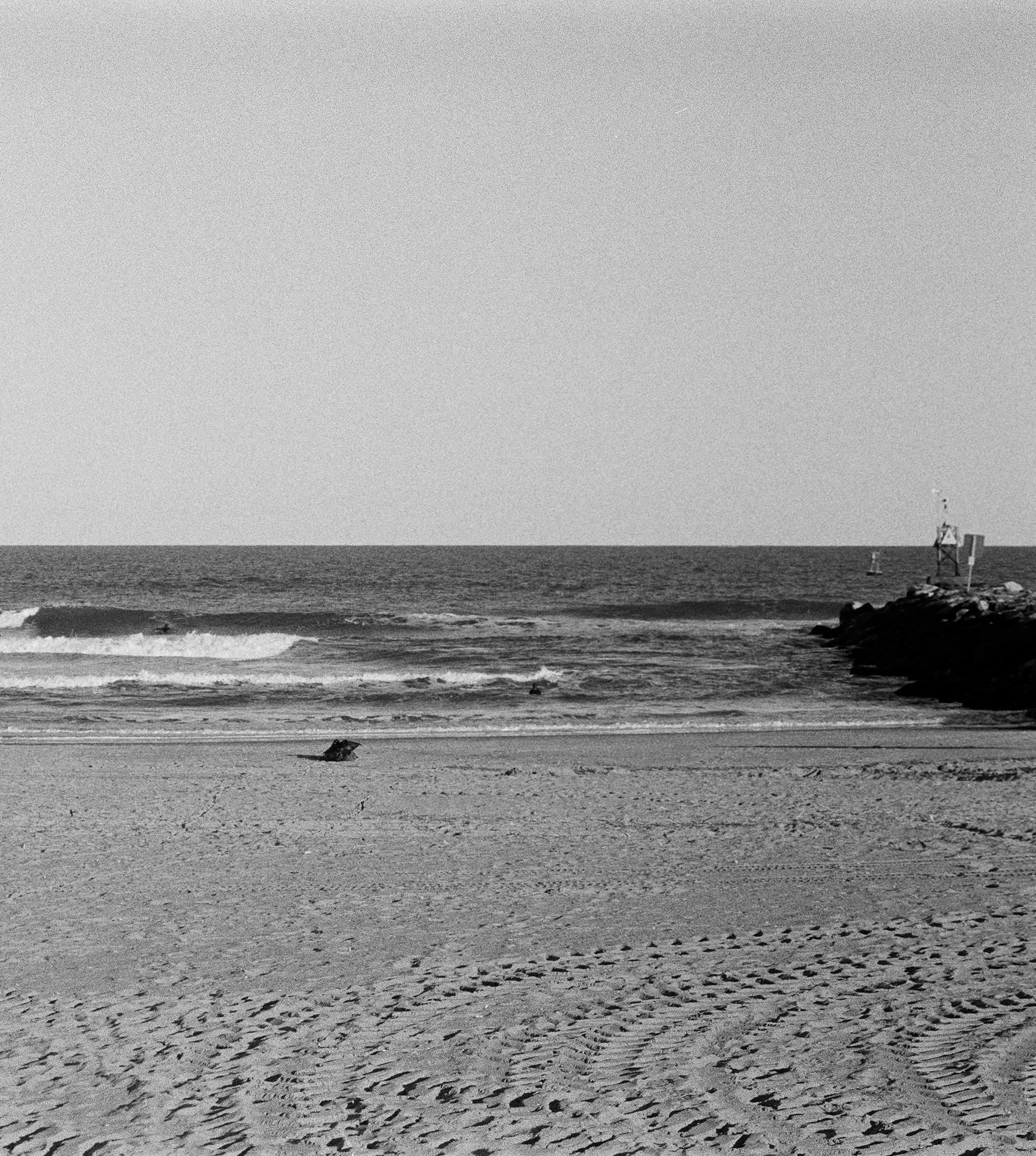
These events, particularly in Virginia Beach, help define the city and enrich cultural life.
51
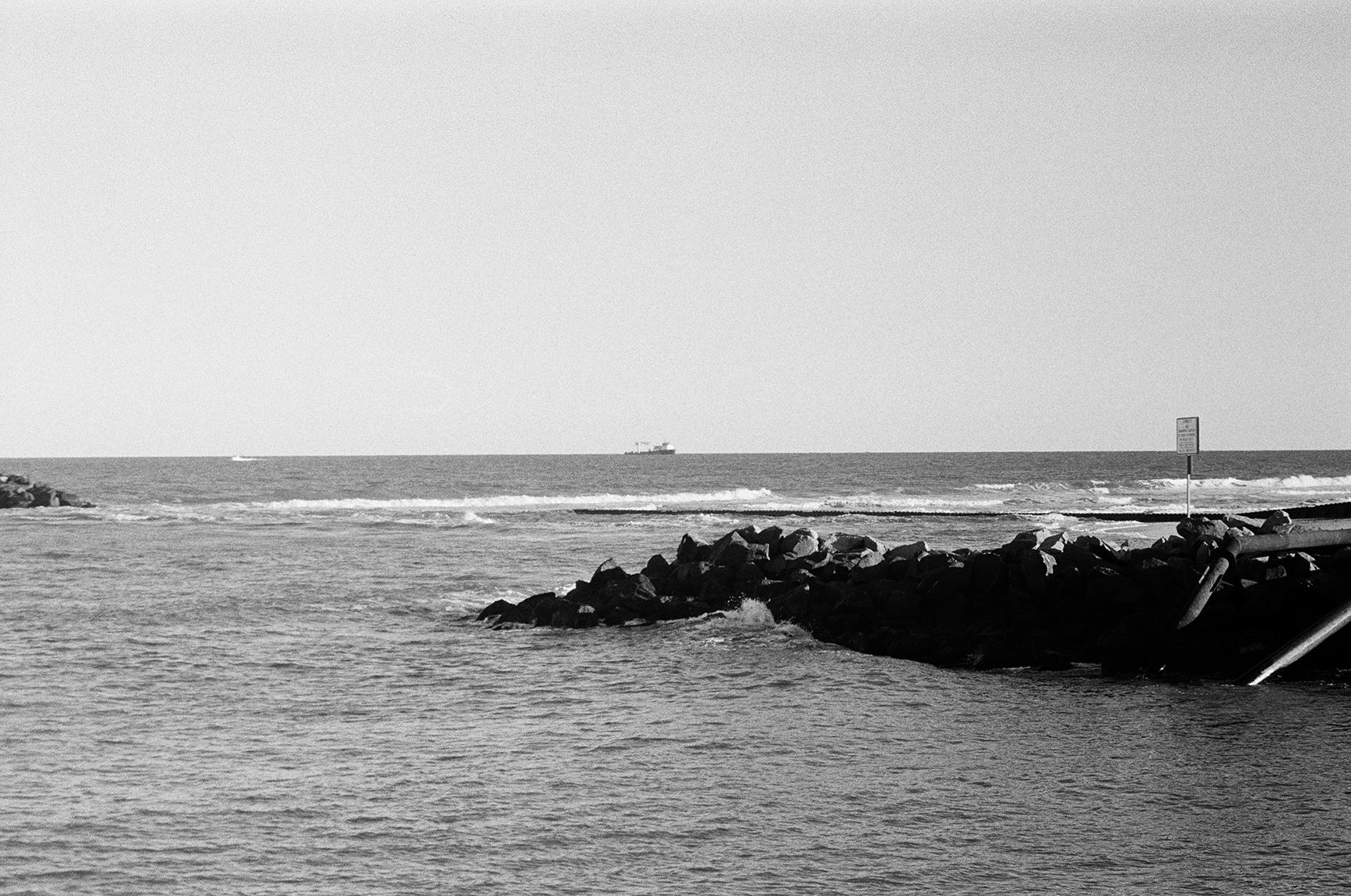
In addition to the communal benefits, open spaces are crucial to the environment's health, providing habitats that promote biodiversity. Investing in these areas helps preserve natural ecosystems, protect wildlife, and improve air and water quality. In the face of climate change, open and recreational spaces offer added resiliency through permeable surfaces and natural barriers to flooding threats. 2
Virginia Beach boasts over 200 sun-filled days on average each year. 6 The optimal weather provides many opportunities to enjoy local parks and outdoor recreation. Rudee Loop and Inlet are a hub of activity on those bright, shining days. Aside from boating, surfing, or kayaking - fishing is one of the most popular activities in the Inlet. The diverse marine life offers an enriching fishing experience, with many species to catch, like Croaker, Spot, Northern Pufferfish, and the vibrant Mahi Mahi. 7
52

The fishing experience is enhanced by the proximity of the marina, just a five-minute walk away. Here, those who’ve spent the day fishing at the inlet can find the resources to transform their catch into a delicious meal with stations and services to clean and prepare their catch. Those who didn’t have luck on the water or prefer to leave the fishing to others can purchase fresh-caught fish, supporting local anglers in the community.
The combination of climate, ecology, and neighborhood amenities make Rudee Loop and its context a hub for outdoor enthusiasts.
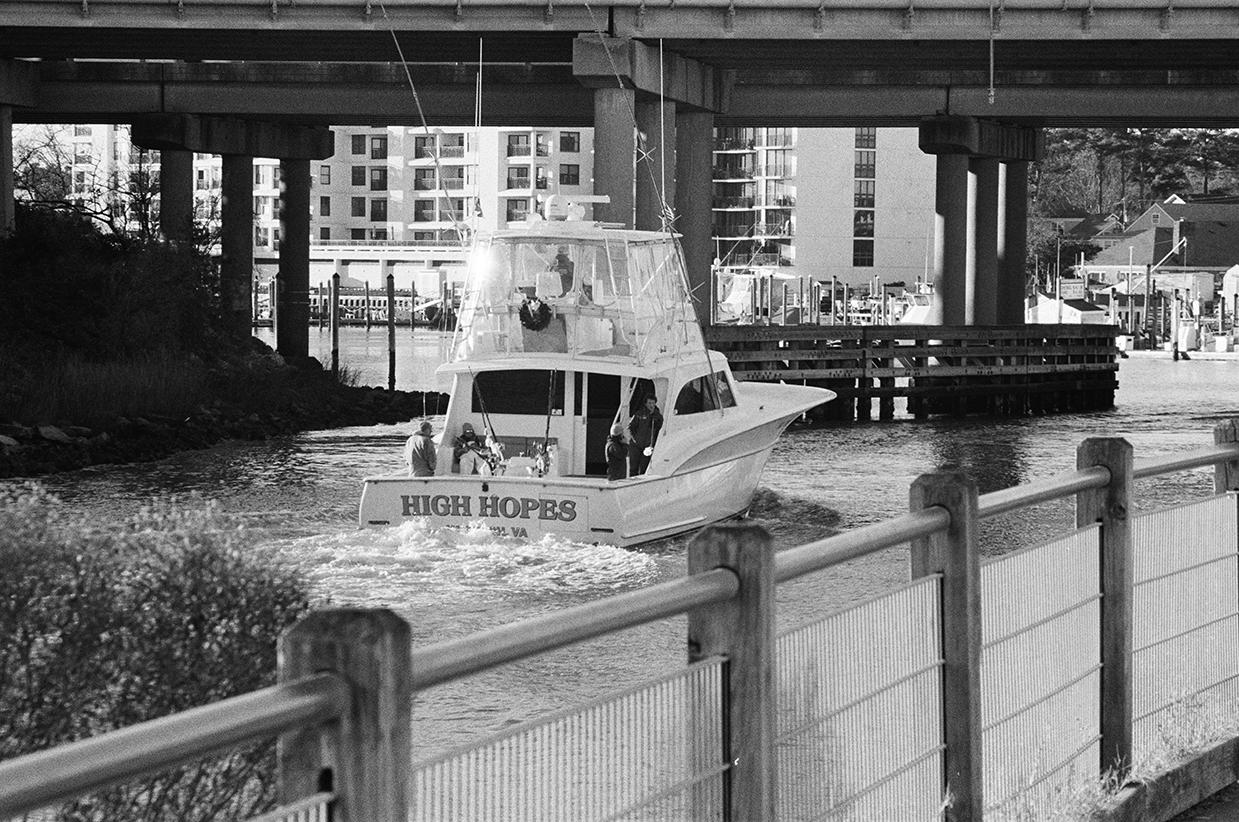
53
Rudee Loop and its surrounding context of the jetty and inlet offer an ecological richness to Virginia Beach. In addition to the wildlife, the jetty provides ideal conditions for water sports like surfing, and the inlet offers diverse fishing opportunities. As we looked towards urban analysis and planning, we knew that the preservation and emphasis of these recreational areas would be an essential consideration. We aimed to integrate them into the city fabric, increasing appeal, social interaction, and property values within the city.
54

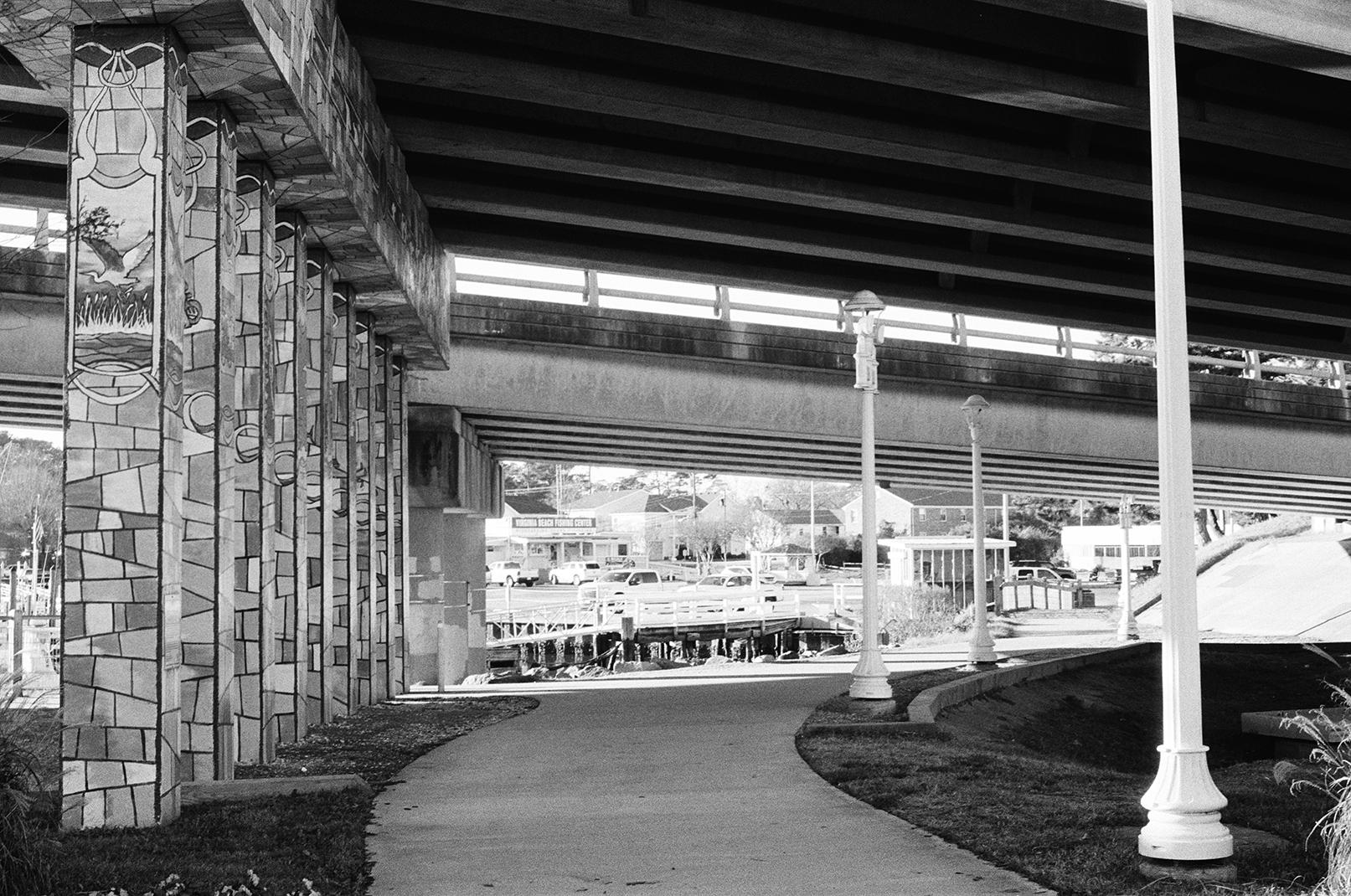
55
Our design strategies for Norfolk Avenue in its context highlight the existing nature and recreation and increase foot traffic in the area. The activities offered at Rudee Loop to experience and engage with nature are abundant; increasing accessibility between this area and the popular tourist region can help bring more exposure to the richness available in Virginia Beach. First, strategies are implemented to make the area more pedestrian-friendly by restricting access, improving sidewalk conditions, formalizing trails and walkways, increasing crosswalks, adding a roundabout, and improving existing connector parks. We also explore opportunities to transform existing structures to support restaurants and nightlife within the area. These interventions are the first phase of increased investment and development of Rudee Loop, Rudee Inlet, and the Marina that can support a thriving tourist and residential hub in the future.


56
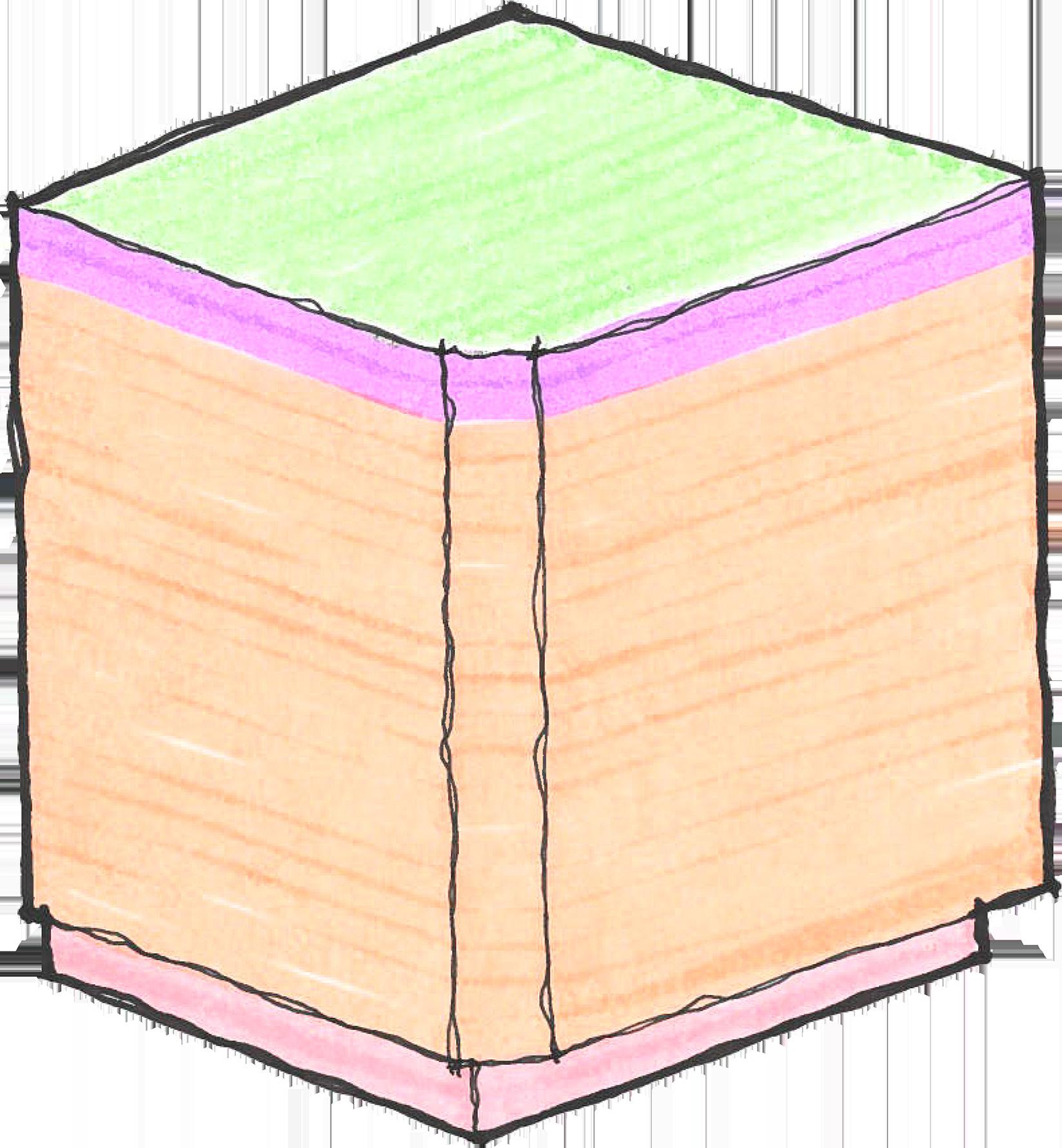
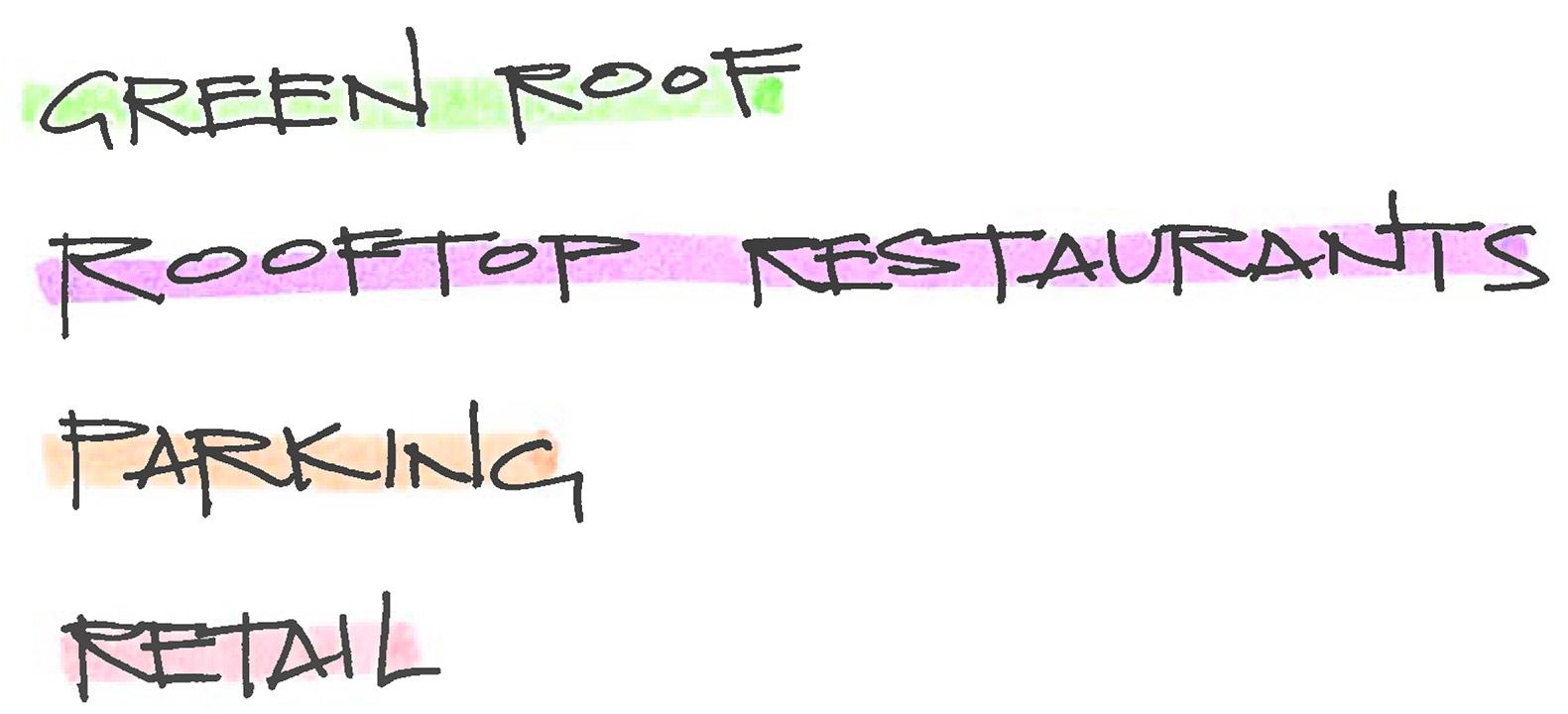
57 a new garage typology
Design interventions for Norfolk Avenue and its context primarily happen at the urban scale, seeking to increase accessibility to Rudee Loop, Rudee Inlet, and the Marina. However, we take the opportunity to imag -

ine how plentiful infrastructure like the parking garages can be re-imagined with the introduction of mass transit at the Oceanfront. While the parking garage could still serve its primary function, there are opportunities to activate foot traffic on the ground floor by offering retail and creating unique experiences on higher levels with programming interventions like a green roof or a rooftop restaurant. In addition to reimagining the parking garage, we explore mixeduse typologies that can support hybrid work models in a post-pandemic environment by introducing offices and cafes to increase interest during the shoulder season.
58


59
Robby Wells [unknown] 04.04.2024 1:39pm
[This meeting is virtual too. Robby joins from some unknown location with a neutral background, analogous to my understanding of what it is he actually does. Everything? Marketing? Something. Sorry.]
What was the last thing you made?
Well let me ask you a question. If I made it does that mean someone had to see it? No.
What’s funny about it is that it implies a completion, like I finished something. And I always have big things in various smaller states of completion. The last thing I made was documenting an idea for somebody, someone was asking for advice on their business, they were struggling with it and they said ‘I need help rethinking how to bring it to life’. I put together a recommendation for how he can change his entire view of the world just by thinking about his business differently. That’s probably it, I wish it was more tangible.
Well, that’s okay. What’s something people misunderstand about the beach?
Virginia Beach broadly or just ‘the beach’?
Whichever you’d like to speak for.
You may have to reel me in if this is too high in the sky. But one huge misunderstanding that I’m starting to realize occurs is that there are actually very few battles or arguments. Everyone wants the same thing, they just have different ways of getting there. And in their pursuit of achieving the same thing for the beach, they feel like people are against them when the reality is everyone wants the same thing and there’s tiny little threads of separation between them.
What’s the single most important thing we could do to make the beach better?
Start from a place of real understanding of what it is now. I think part of one of the issues is that everyone has a slightly different perception of what it is, and it’s very personal. Because there’s a slight misalignment on where it’s at now, it’s really hard to get to a positive future.
60
What are some of the shared perceptions that shape the identity of the beach?
I think one of the biggest and most interesting to unlock is this idea of the feeling of the beach, the vibe of the beach. And that is always gonna be subjective and personal to people but I think that’s a huge opportunity if we can get our heads and arms around ‘what is this vibe?’ And even if it’s never perfectly defined, understanding that the vibe exists. Our festival is called ‘Something In The Water’, but we never really try to define what that ‘something’ is, and that mystery or allure is what keeps it interesting and gives us longevity. I feel like ViBe for the beach is a similar thing. The beach is a feeling, I don’t know if we’ll ever define it but it’s definitely there. I think harnessing the opportunity around the ViBe is a very important idea. We don’t have to define it, but at least acknowledge its existence.
How has the beach shaped you?
As a person who’s always very curious and on a perpetual education and journey in life, it’s a source of never-ending contemplation. Like what is this place? Why do I care about it so much? Why am I so drawn to it? Why do I have so much hope in its potential? I don’t know, I can’t answer that part but for me it’s an exercise of the brain and heart. I don’t exercise a lot, I should exercise more. But when I sit down with friends and we have coffee or whatever, that’s the conversation. How can this place be better, how can it be more interesting. The important part for me is that I’ve changed my tune as a creative – certainly as a young creative – I used to need that thing to rebel against and I think there’s a lot of value to having something to rebel against in different stages in your life. But now I’m in this total middle aged-ness, and it’s a constant source of curiosity and strategic thinking.
You said your hometown is in Texas right?
Yeah it is.
What does it mean to feel at home?
To feel at home is a sense of comfort and familiarity. Peace, tranquility, but also you always wanna live somewhere where you feel like there’s potential, right? That sense of ‘ooo what’s coming?’ and think I choose that in a home for sure. I’m not yet ready to choose a home that doesn’t feel like it has potential to be better.
61

"the rick rubin of vb"
Robby Wells is the Executive Producer for Pharrell Williams’ annual festival, Something in the Water, and a galvanizing force in community-building and elevating local culture in the 757 and beyond. As a resident of Virginia Beach, he now channels his creative efforts toward bringing the best of the world to VA, and the best of VA to the world.
62
1 “2022 Sea Level Rise Technical Report.” n.d. National Ocean Service. Accessed July 8, 2023. https://oceanservice.noaa.gov/hazards/sealevelrise/sealevelrise-tech-report.html.
2 “Coastal Impacts | U.S. Climate Resilience Toolkit.” 2022. U.S. Climate Resilience Toolkit. https://toolkit.climate.gov/regions/coastal-impacts.
3 “Virginia Beach, VA Extreme Heat Map and Heat Wave Forecast.” n.d. Risk Factor. Accessed July 11, 2023. https://riskfactor.com/city/virginia-beach-va/5182000_fsid/heat.
4 “Sea Level Wise | City of Virginia Beach.” n.d. Public Works | City of Virginia Beach. Accessed July 11, 2023. https://pw.virginiabeach.gov/stormwater/sea-level-wise.
5 Larson, Lincoln R. 2016. “Public Parks and Wellbeing in Urban Areas of the United States.” PLoS One, no. 11 (April)
6 “Virginia Beach, VA Climate.” n.d. Best Places. Accessed June 18, 2023. https://www.bestplaces.net/climate/city/virginia/virginia_beach.
7 “Fish Species in Virginia Beach • Virginia Beach, VA.” n.d. Virginia Beach. Accessed February 19, 2024. https://www.vabeach.com/fish-species-in-virginia-beach/.
63
Our meeting schedule was intense, and we often had to work around the other Hanbury projects and workshops we were assigned.
How about Tuesday morning?
Can’t, Tulane has a meeting.
Hmm.
Wednesday morning?
Not this week; I’m doing site analysis at MacArthur. Oh, and I have OAC for UVA.
But we managed to find a rhythm.
Monday – Thursday at 9 am with an afternoon check-in on Wednesdays at 1:30 pm and presentations to our mentors on Friday.
This week was different, though. Thursday, we would head to Richmond and present our midterm presentation.
The only trouble was – we didn’t have one.
Okay, so what are we going to present?
Should we summarize what we found?
Which parts?
Wait, I’m confused.
Shouldn’t we have some proposal by now?
No, I think it’s still research. I’m still confused.
Okay, so...again...what are we going to present?
J - 5
And on these meetings went until about Wednesday. We decided to start with what we knew we wanted to address: the economic fabric, the social and cultural dynamics, and the environmental challenges.
Together, we crafted a script problematizing the Oceanfront. Identifying its weaknesses in its urban composition. Layering its environmental threats, social tensions, and economic assets onto five clusters of blocks along the Oceanfront and the boardwalk.
The following day, we drove from Norfolk to Richmond and presented flashing black-and-white photos and graphics highlighting the opportunities for intervention and improvement. Forgetting, in our haste, anxiety, and frustration, to expound on all the richness and assets that Virginia Beach has to offer. We knew we needed to switch our approach when we returned to the office.
We needed to find a way to put joy, spontaneity, and delight into our project
And our team.
While the boardwalk remains lively and bolstered by the energy of tourists staying in one of the many hotels lining it, traveling west tends to be a much less likely journey for these visitors
toembark
upon.

64
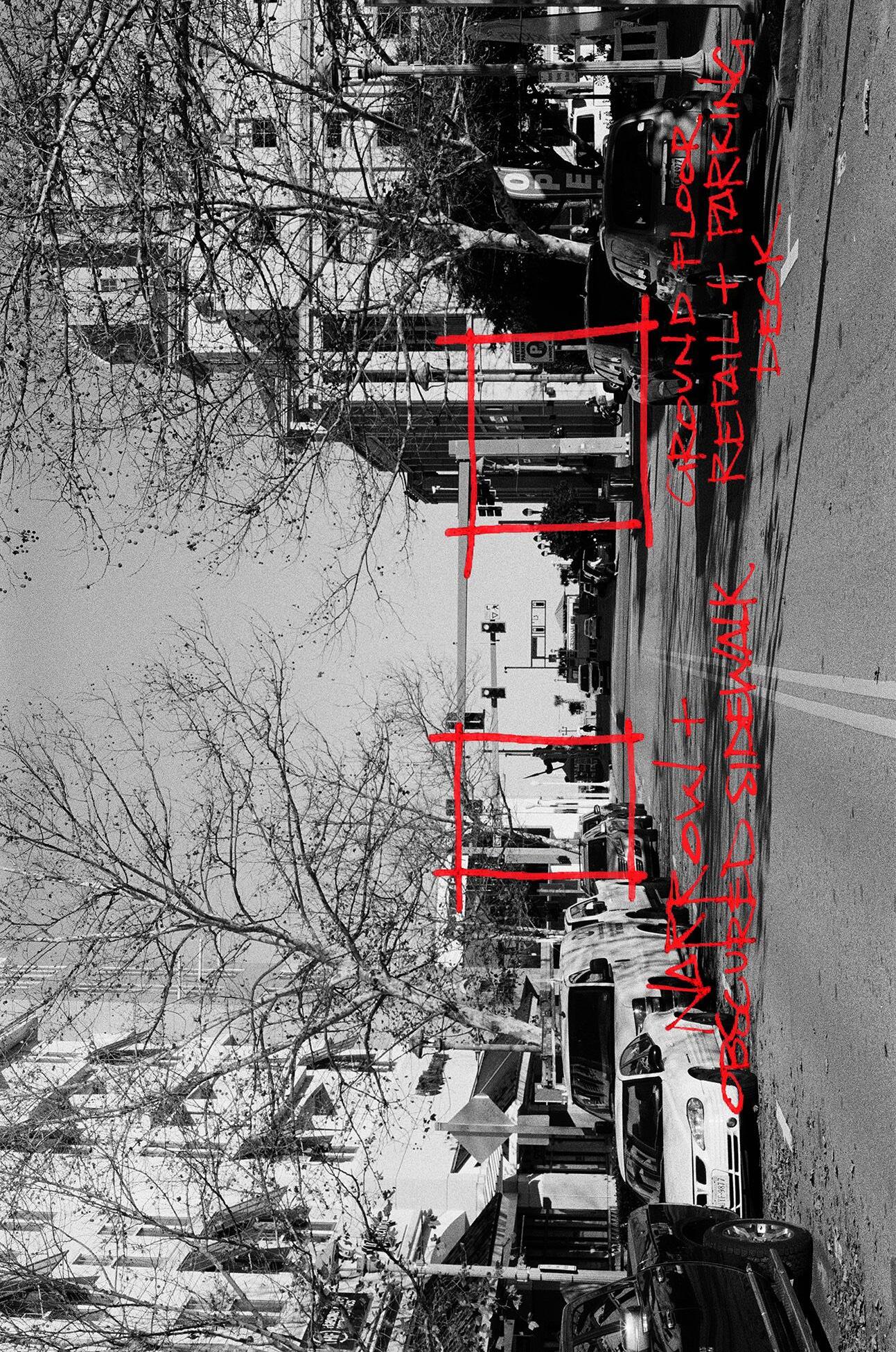

Unless they traveled to Virginia Beach for a specific event, one may not even be aware of the vibrant activity hubs just a couple blocks away from their hotel room.
65
Walkability is a key aspect of any urban environment, and in Virginia Beach, it plays a particularly important role, given the city’s tourist appeal and unique coastal geography.


66
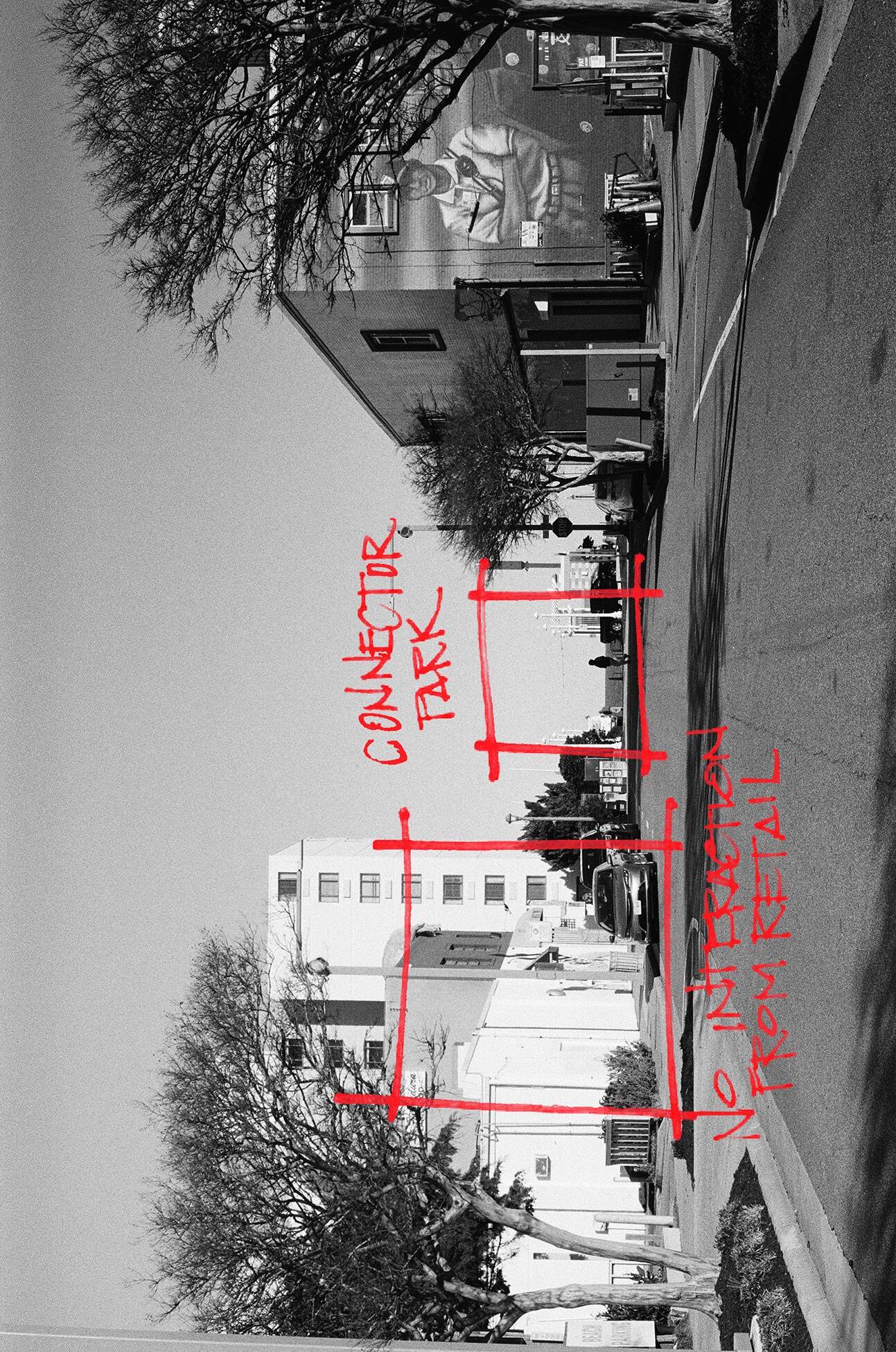
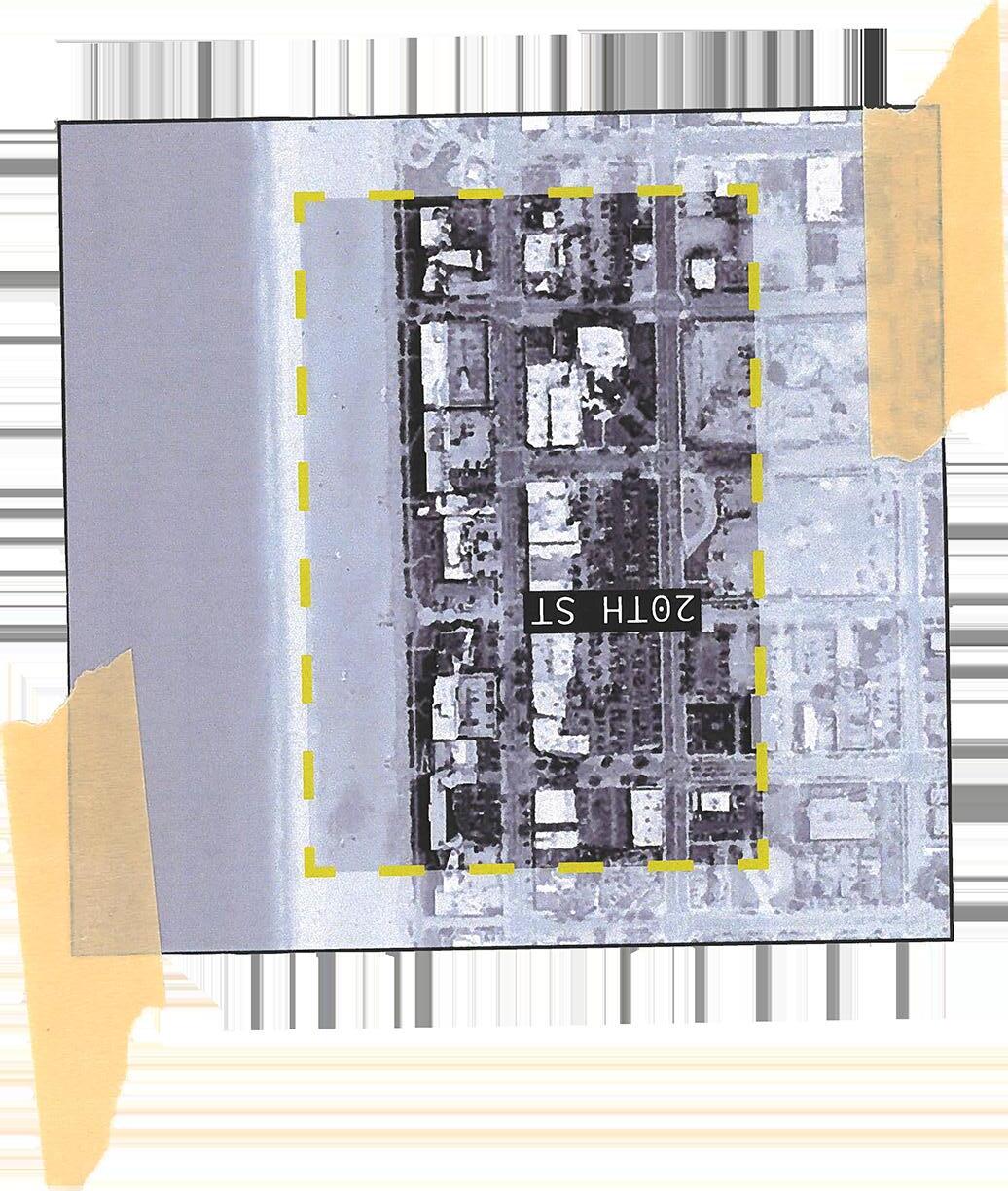
A highly walkable city not only promotes a sense of community and reduces reliance on vehicles, but it also supports the local economy by increasing accessibility to businesses and attractions.
67
While some pedestrian footpaths have begun the process of improvement to encourage more exploration through the Oceanfront, many other pedestrian ways remain fairly unpleasant, with narrow sidewalks, little shading, and a lack of stimulating building faces to line these paths.

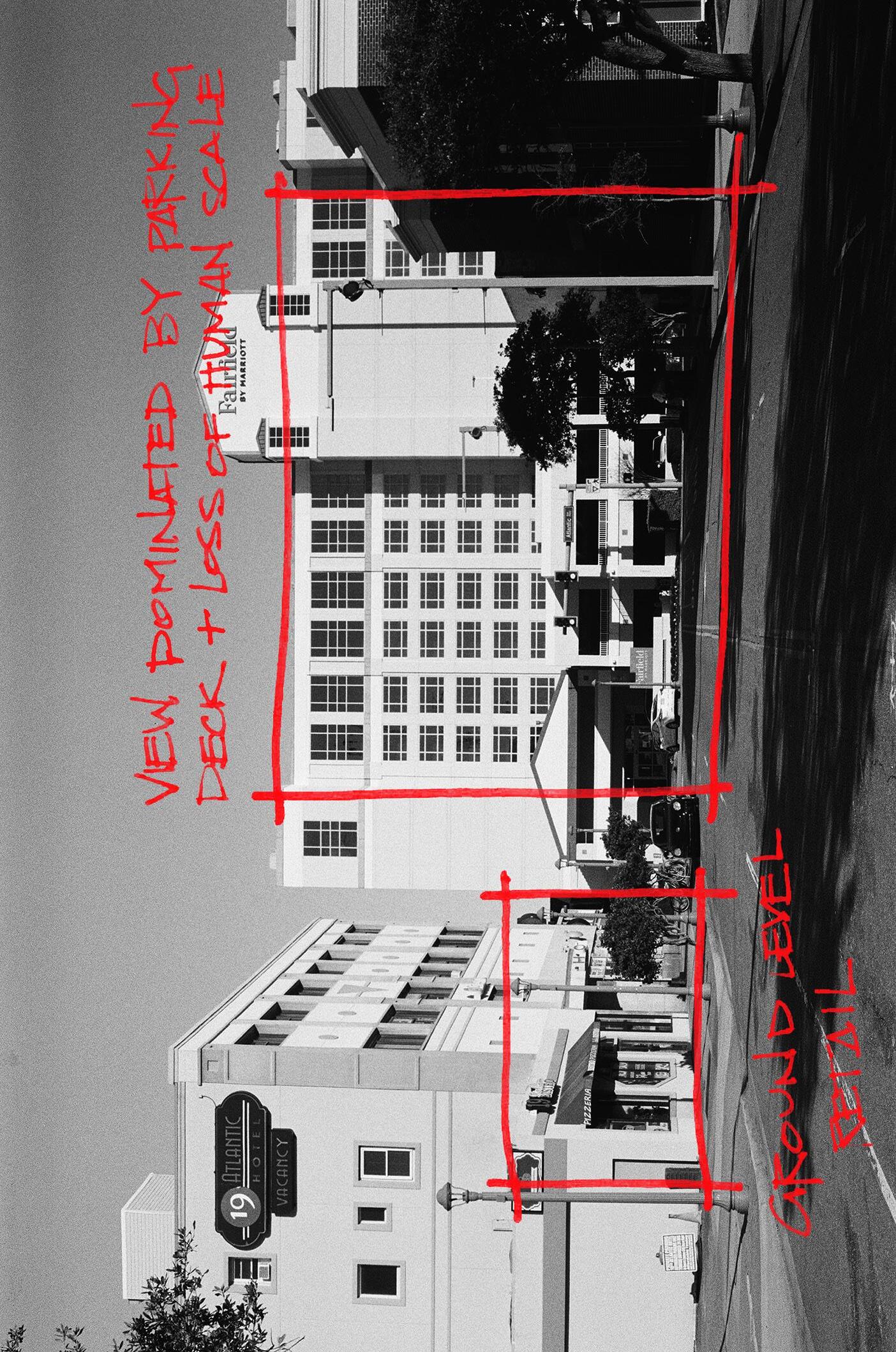
68

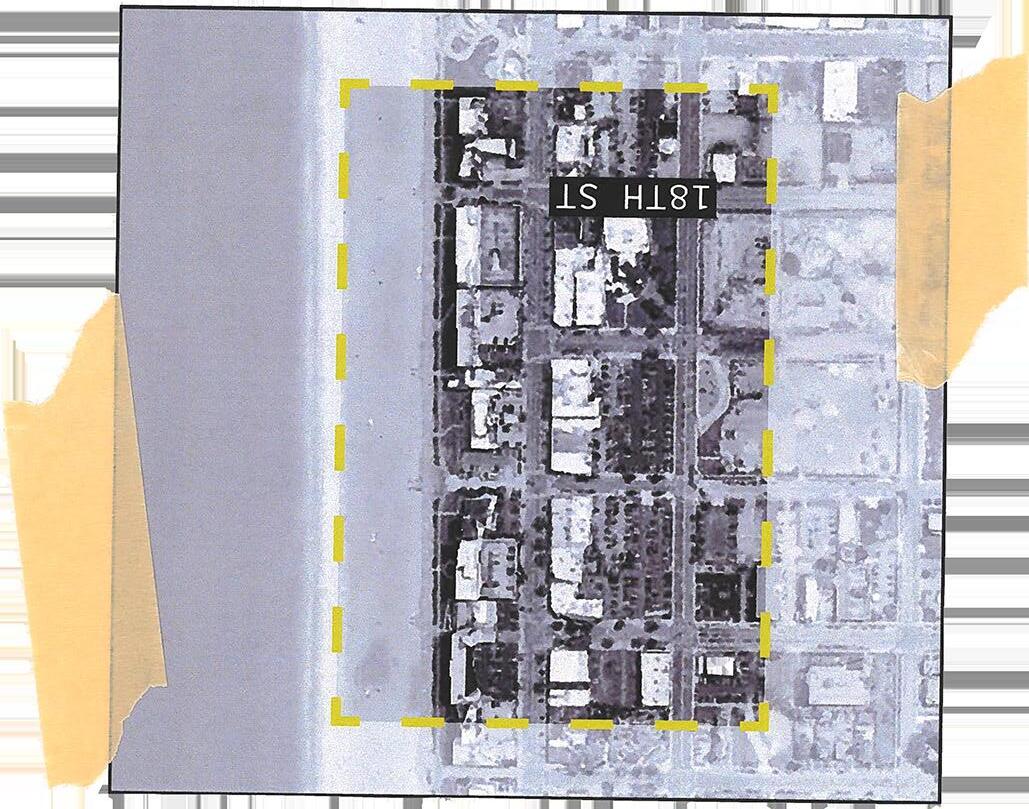
Actions can be and are being taken to improve these conditions; other conditions obstructing activity are baked into the city’s codes and regulations. The building height limits dictate that the buildings lining the boardwalk can be up to 200’ tall, with this number shrinking as blocks go west.
69
As a result of this and the boardwalk-adjacent block’s smaller size, a physical wall of buildings parallel to the boardwalk has developed.
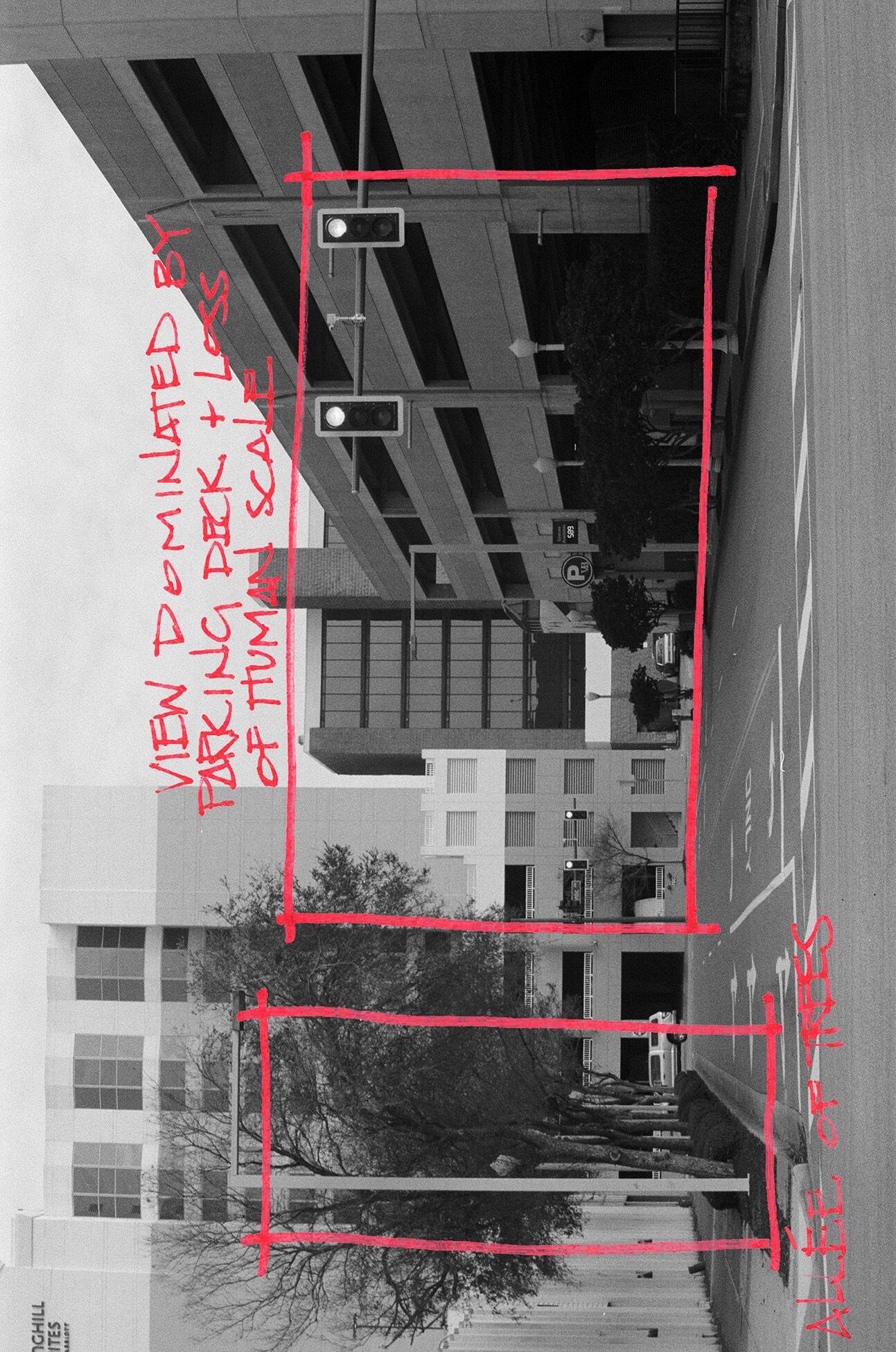

70
These conditions have resulted in a built environment that often ignores the human scale and limits the number of small businesses that can exist at the Oceanfront, discouraging pedestrian movement away from the boardwalk and limiting access to other areas.
Renegotiating the grid can lead to more walkability, a more pleasant pedestrian experience, and urban blocks supporting varied activities. Additionally, improving walkability through strategies like wider sidewalks, shaded areas, and benches can improve the city’s overall climate resilience. More walkability means less carbon emissions from vehicle use, more permeable surfaces, and less stormwater runoff. It is not just a matter of convenience and pleasure, but addressing the pedestrian experience can be a major component of the city’s climate strategy and economic development.

71
As integral members of Hampton Roads, Norfolk and Virginia Beach’s geography, climate challenges, and economies are deeply intertwined. As such, the two cities have collaborated on various strategies, particularly regarding climate threats, to improve infrastructure and expand planning initiatives. Regional organizations like the Hampton Roads Planning District Commission and the Hampton Roads Transportation Planning Organization have also made efforts to craft regional responses to climate change and collaboration efforts between the cities. 1,2
However, this collaboration could be more friendly. Most notably, an initiative in 2016 to expand Norfolk’s light rail to Virginia Beach failed to earn the votes needed to make the connection between the two cities a reality, despite having funding. While opposition cited reasons related to taxes related to the project, there is reasonable speculation that race and socioeconomic dynamics played a role as well.³
Though the referendum failed in 2016, supporters of the light rail remain optimistic that mass transit can find a place in Virginia Beach working to close equity gaps and improve traffic conditions in the city. 4 Regardless of the method, improving connections both physically and economically between Norfolk and Virginia Beach would greatly benefit both cities and bring more unity within Hampton Roads.
72
Apparently, we had another presentation today. If you guessed that we weren’t prepared, you’d be right.
At this point, all we had was our previous midterm presentation that still needed to address its critiques and something we couldn’t quite express or name yet.
You see, we had started spending more time at the Oceanfront, really experiencing it, making our own memories. We, too, experienced the Dairy Queen, VB Flea, and live music famed at Virginia Beach. Now, layered on top of what we knew as researchers, was a new sentimentality that we didn’t know if we should include in our work or even had the right to.
We were also starting to adapt to each other, noticing our own little quirks and habits. And that level of comfort and intimacy is the prerequisite for conflict. There’s a certain level of familiarity you need to admit that you’re confused or don’t feel like anyone’s listening to your ideas or that you’re doing all the work.......
But there isn’t time to get into that, we had a presentation, remember?
We put our differences aside and went into the meeting identifying the slides we would keep from the last presentation and what new ideas and findings to weave into our narrative. As we went through this process, we started to see ideas that were once the crux of our research become secondary and new focuses emerge.
J - 6
And so, we presented these new emergences as a new team with different dynamics.
In short, we adapted.
To the pace. To each other. To expectations. And our project did, too.
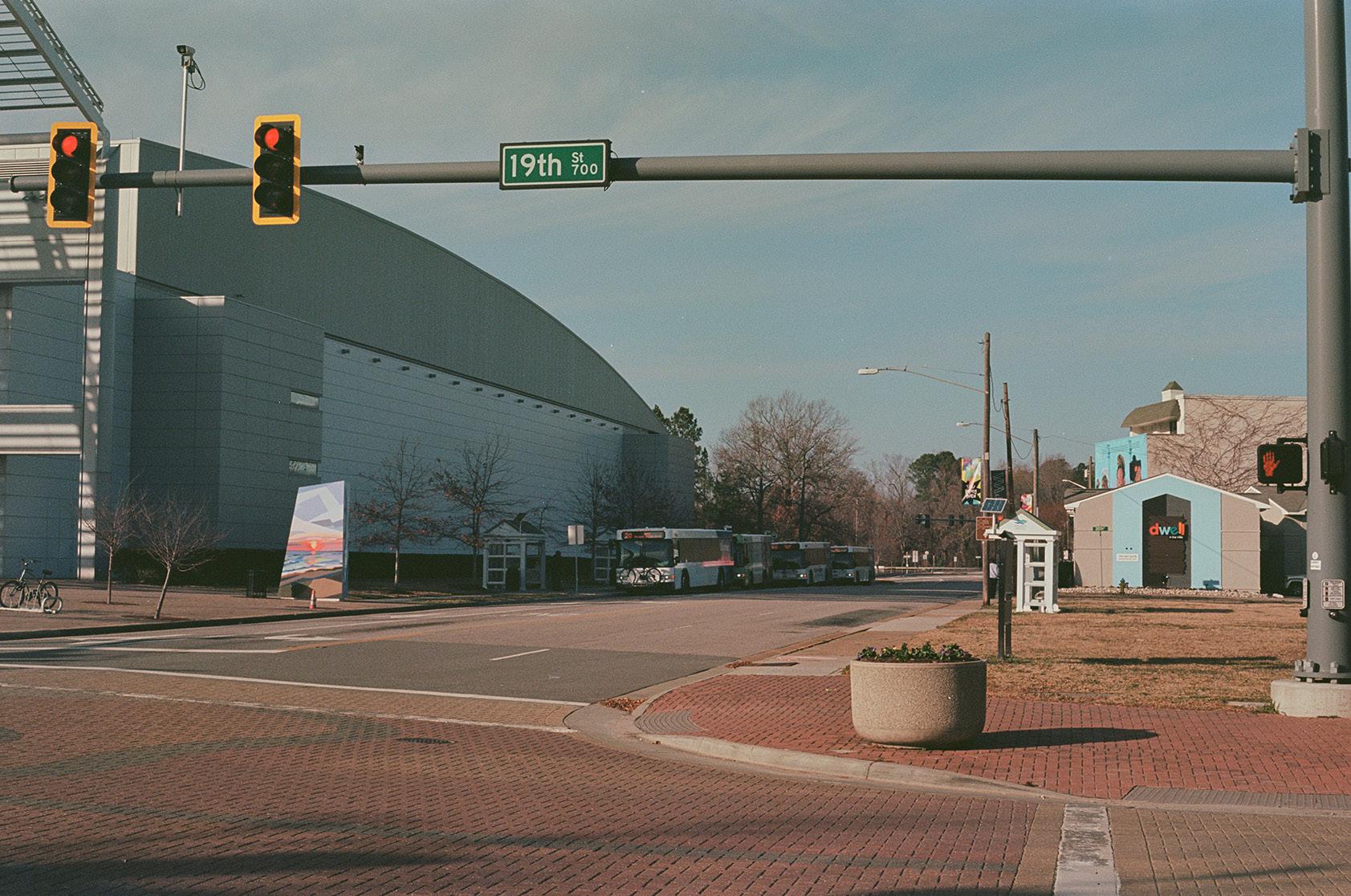
73
Our research revealed that urban design strategies were the best scale to promote the complexity and richness at Virginia Beach. To achieve these goals, we prioritized accessibility and identified areas for urban design interventions. We reinstated the light rail, introduced a tram, and extended and formalized pedestrian ways. Rather than designing within the existing paradigm, we created a new one. One that exchanged a series of walls and surface parking lots along the boardwalk for an Oceanfront rooted in porosity, a sponge city that could absorb and ebb with the tourism cycle and increase access and engagement to the ocean itself.

74
existing condition
proposal - sponge city
We began to see a possible approach to the question that had haunted us for weeks.
What was the key to reconciling the relationship and promoting greater interaction between tourists and residents?
We noticed that the Oceanfront, though one community, each neighborhood had its own identity, character, charm, and personality. Where you went depended on who you knew and what you wanted to do at the Oceanfront.
Here to surf? You were most likely down by Rudee Loop to take advantage of the jetty. If you were a first-timer, you might be closer to Laskin to see the King Neptune statue. Though, if you lived at the Oceanfront, you may be near Laskin too since that is where the Harris Teeter was.
Little narratives sprang from our heads, imagining what it would be like to experience the Oceanfront as this person or that person. Our narratives lived in three areas: Norfolk Avenue and context, 21st Street and context, and Laskin Road and context, so we split into pairs and started researching each cluster’s identity.
Who lives here?
Who goes here?
Do they interact?
Where are the pressure points?
Pretty soon, we were budding experts in our neighborhood. We took the time to present our findings
J - 7
to each other and list our proposals to improve the region.
The next step was figuring out how to represent our findings. We assigned roles to help everyone feel more integrated and included in the process and turned our attention to the operation of producing and iterating. And iterating... and iterating....... And iterating........
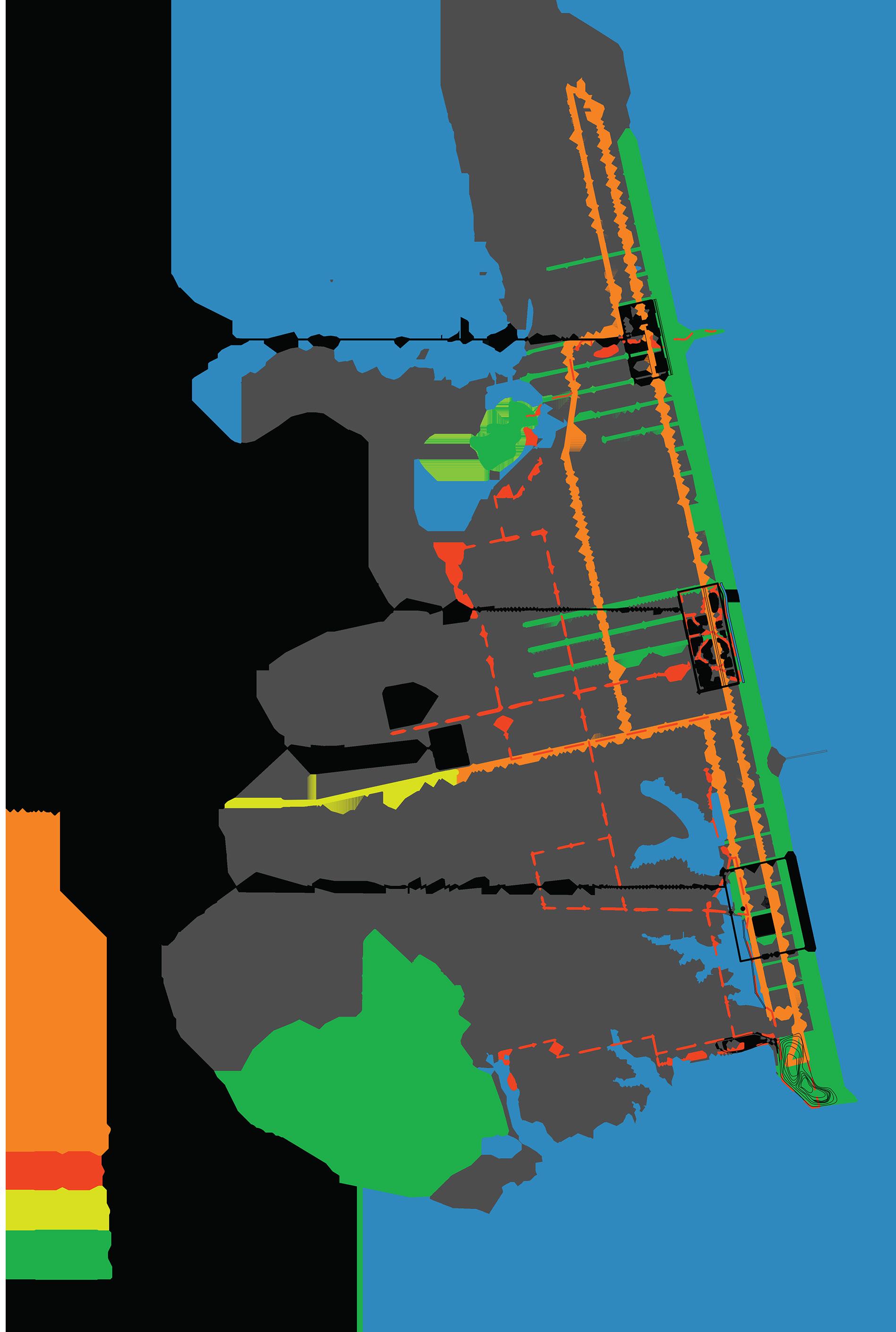
75
We’re at Perro Blanco in Norfolk. I walked here, it’s warm and there’s a light breeze. I walk inside, up to the bar where Gabe orders me the ‘Gabe special’ – it’s not on the menu yet though. It’s heavy on the grapefruit juice. We walk back outside to an empty table in the cut. He’s distracted by a thin sheet of metal making wibbley wobbley sounds in the wind, he’s gonna sample it for a beat.
What's the last thing you made?
Some food, I made some…what do you call those things? Snap beans with some shitake mushrooms and onions and uh…I experimented with that and I made a some crazy a** food.
You be cooking?
I be throwing down.
Oh word. What’s your favorite thing to cook?
I know this is broad but honestly, my favorite thing to cook is things that I haven’t cooked yet. It’s the challenge of it, and I’m finally getting into plating and that’s an art in its own sense.
Oh okay! So you’re getting fancy with it.
Yeah, just for myself too. I be sitting there enjoying my little experiments.
I feel it. I decided the next thing imma learn to cook is yock.
Oh yeah? The old school, yeah, yeah. I made that probably two months ago, I love yock. The green onions is the key.
What does it mean to feel at home?
Where you can just completely be yourself and feeling like this is your corner of the whole planet. Even if it’s just your room, that’s physically your cubby hole.
76 Gabe Niles [DJ Supladies] 04.03.2024 7:47pm
Are you from here?
Yeah, born and raised in Virginia Beach. And I got family everywhere, so I was always hopping around.
What’s something people misunderstand about the beach?
People think that the beach is a ‘beach town’ but there’s so many sectors to it, like I grew up in the Kempsville area so it’s very forgotten in a way. [The beach] is like the estuary of all the cities, and I think the misconception is first of all how big it is, it’s big as hell. And people think it’s uppity, some wack s***. You’ll still get smoked out there.
What is the single most important thing we could do to make the beach better?
Off top, I would probably say more instances where people can be together. It’s real clique-y, people in their own bubbles and realms. Even – I mean it sounds cliché – but the light rail. They was worried about the Norfolk end of it, I was worried about connecting Virginia Beach with Virginia Beach. When I was living in Kempsville it still took me a 25-minute drive to get to the oceanfront. At the end of the day it could be more connectivity out there.
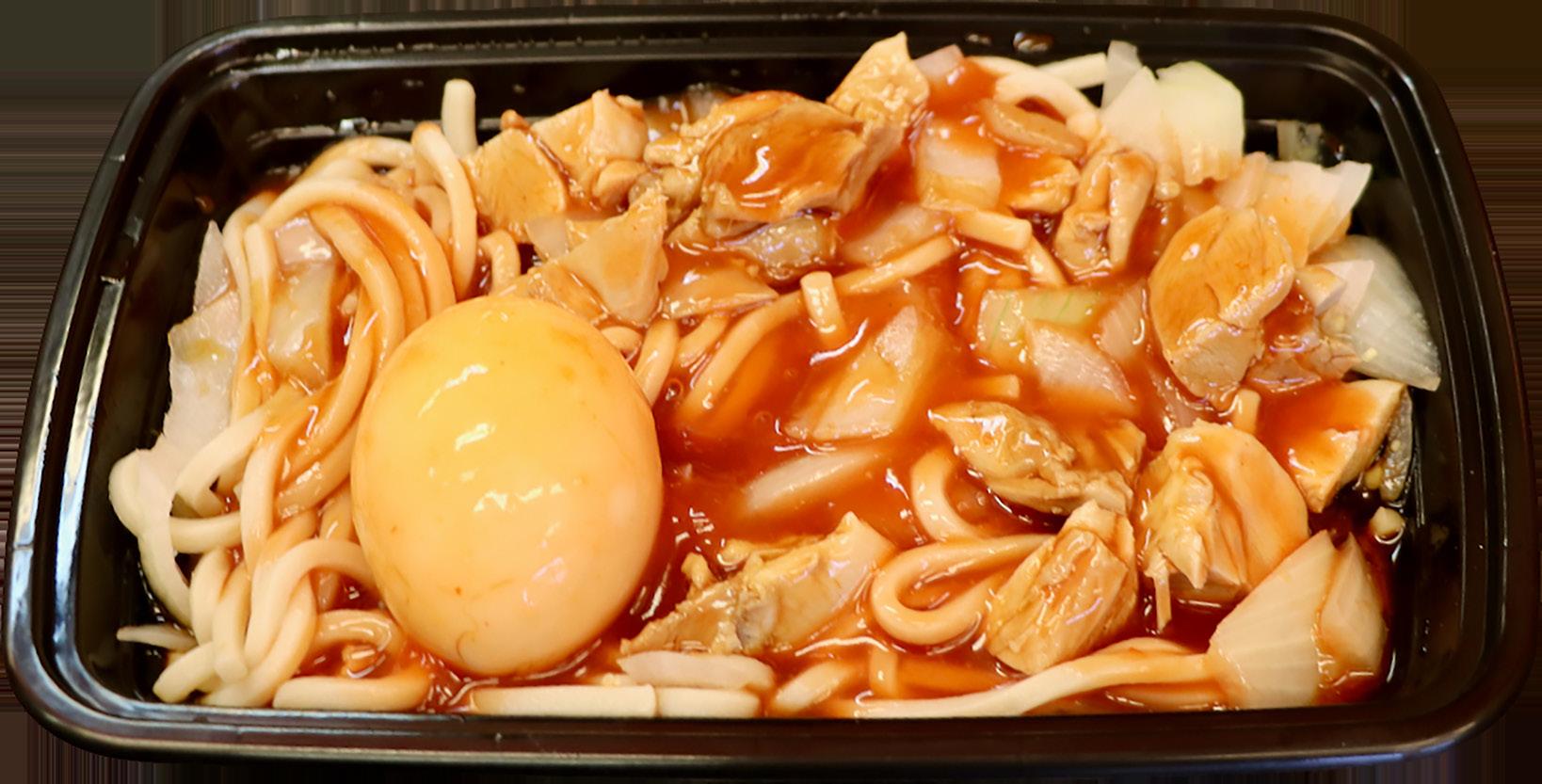
Yock /yäk/ noun
a 757 delicacy usually consisting of boiled chicken, noodles, egg, ketchup, soy sauce and spices, finished with cayenne pepper on top.
77

"the nighttime mayor"
Can’t nobody ever gatekeep me. If you feel gatekept out, move on, go make your own thing! Go build your own gates. I’m deada**. I hop gates.
78
photo courtesy of Anthony Alston @popsurazi
1 “Hampton Roads Planning District Commission | Virginia DEQ.” n.d. Virginia Department of Environmental Quality. Accessed June 17, 2023. https://www.deq.virginia.gov/our-programs/ coastal-zone-management/coastal-planning-districts/hampton-roads.
2 “About Us | Hampton Roads Planning District Commission, VA.” n.d. HRTPO. Accessed June 17, 2023. https://www.hrtpo.org/455/About-Us.
3 Tupponce, Joan. 2016. “Beach voters are not on board with light rail.” Virginia Business, December 30, 2016. https://www.virginiabusiness.com/article/beach-voters-are-not-onboard-with-light-rail/.
4 The Virginian-Pilot. 2024. “Letters for Feb. 14: It's time to bring the light rail to Virginia Beach.” February 13, 2024. https://www.pilotonline.com/2024/02/13/letters-for-feb-14-itstime-to-bring-the-light-rail-to-virginia-beach/.
79
Once, the boardwalk was a focal point of social interaction in Virginia Beach featuring cafes and gathering spots that were truly public spaces, open and accessible to everyone, creating a rich social environment. Privatizing the Oceanfront has changed this dynamic, limiting public access and offering private and exclusive accommodations and amenities. This has changed the economic environment, straining relations between private business interests and user experience, as well has changing the landscape itself.
Over the years, Virginia Beach's urban landscape has undergone significant transformation, primarily characterized by the transition from low-rise structures to high-rise buildings. Once, only modest beach cottages and inns doted the oceanfront, but today, massive franchised hotels dominate the landscape. Often, capitalizing on the 200 ft limitation, these hotels have altered the city’s skyline, redefining the city's identity and character in the process. While these high-rise buildings offer visitors expansive views of the oceanfront and easy access to the boardwalk and beach, they come at the expense of the views and access to the neighborhoods behind them. This development is indicative of the success and appeal of the city’s tourism industry, but it also poses challenges for the city’s planning and sustainability.


80
Virginia Beach looked different at night, but at this point, we had drawn the roads so many times we didn’t need GPS to figure out where we were going.
Parking. We need to find parking.
Though we’d rarely been to Virginia Beach at night, we had been enough times in the daylight to know how big the parking struggle could be.
Take 21st Street and take a left on Atlantic.
Pay Attention.
Slow Down.
Watch the people crossing the Street.
By the time we reached 28th Street, the crowds thinned, & the streets were dark and empty. We bypassed the $25 parking on 30th Street and (badly) parallel parked on Laskin Street.
We took a slight detour to walk to the boardwalk and say hello to the Neptune Statue that had greeted us on our first site visit. We turned to look up at the Sky Bar, recalling seeing someone jump off the roof earlier that summer during the Jackalope festival.
Tonight, only faint music and flashing lights.
We told the hostess our names as she read our IDs and checked her list. We discussed our wristbands in the elevator, which we had rarely seen since before the pandemic. But our attention and conversation returned to the present as soon as we exited the elevator.
We’d been drawing aerial views of the Oceanfront for
J - 8
weeks, but it was different now, the lights, the sound of the ocean, a quietness we didn’t think Virginia Beach had. That is until the DJ started his set, and around us, the bar came to life, locals meeting up for a night out, a visiting couple enjoying a night out, and one in the middle of an argument. We fell into step with the people around us, dancing and people-watching.
Finishing the night off the way, all night outs should, with Taco Bell.
The same one we (almost) illegally parked at.
The same one that though it was dark, we didn’t need directions to.
The rigidity in the grid and form-based code offers little flexibility or uniqueness regarding hotel design. Thus, the diversity of the tourist experiences offered at Virginia Beach is stunted, limiting the types of vacationers the city can attract. While the tourism industry is currently thriving in Virginia Beach, we cannot assume this model will continue to be so.
As our society changes in a post-pandemic, digitally linked world, the response to the tourist will need to change as well. Under the current form-based code, options for hoteliers, entrepreneurs, architects, and developers are confined to existing solutions rather than a framework fully supporting innovation. In addition to the little potential for design innovation, the model, while successful economically, creates tensions for full-time residents who are integral to the health and longevity of the city year-round. The code that allows structures to build 200 feet, parallel to the ocean significantly restricts views and access for the neighborhoods behind.
However, slight modifications to the form-based code could have a great impact, influencing the scale, design, and programs that could be developed at the Oceanfront for years to come.
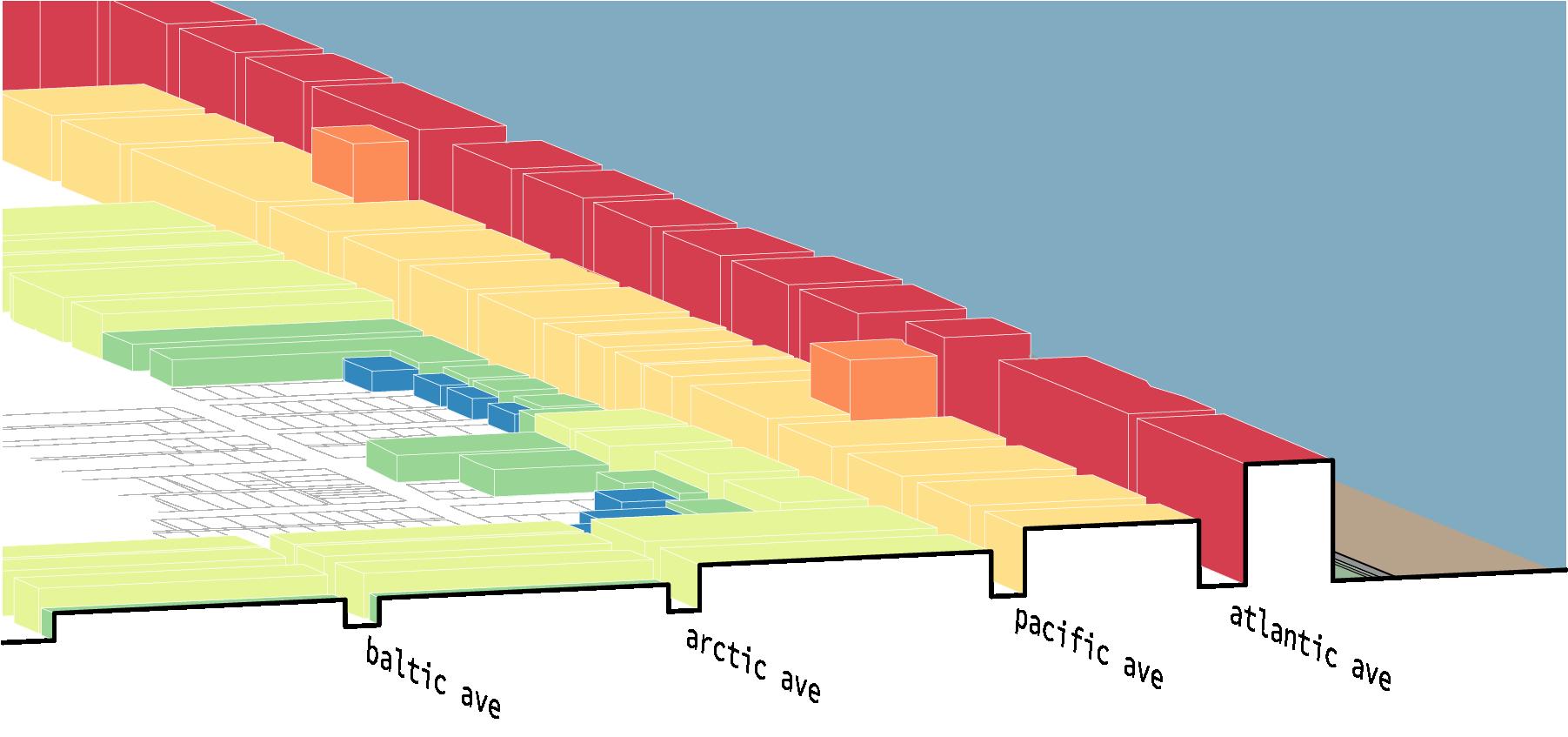
81
The current hotel typology of Virginia Beach features large concrete structures with single-loaded corridors that run North-South, dominating the boardwalk. These structures often have parking within the plinth, exclusive to hotel patrons. While we implement design strategies to support a pedestrian-centric environment, we still acknowledge the need for parking and vehicular access in the present. One example of how we can achieve this is to maintain access and views of the ocean through passageways on the ground floor. Within the design, we identified opportunities for mixed-use programming to integrate long-term residential and retail to activate the Oceanfront during the shoulder season. By thoughtfully combining these programs, we achieve our ambition to create a pedestrian-friendly Oceanfront while effectively integrating the needs and lifestyles of residents and tourists.

82
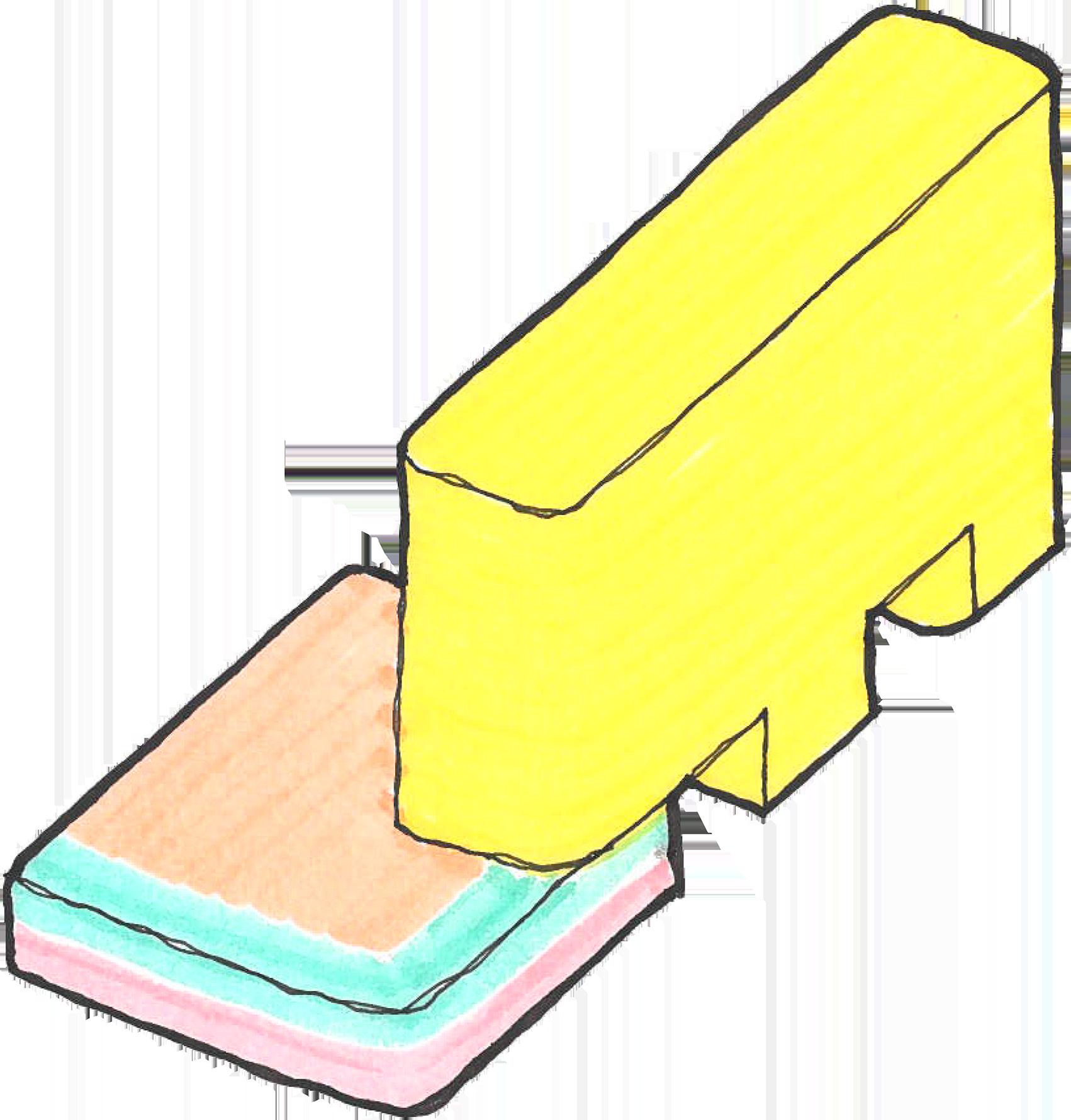
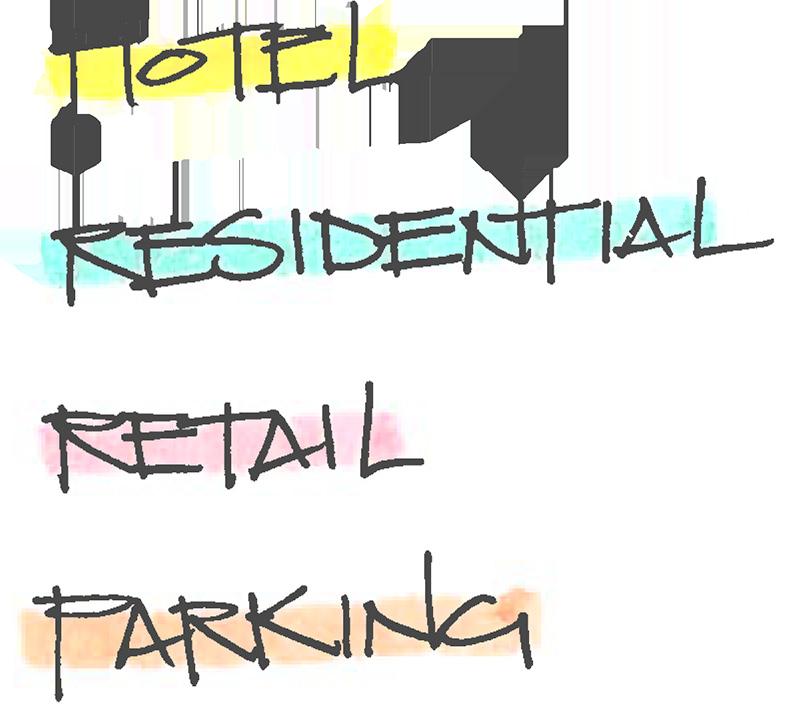
83 a new hotel typology

The design interventions for 21st Street and its context seek to re-imagine the tourist's experience. First, the welcome center is shifted to the boardwalk. This change in location would increase awareness of the services the welcome center has to offer as well as the many attractions and amenities that can be found at the Oceanfront. To reflect the uniqueness and spontaneity that can be found in Virginia Beach, we disrupt the grid, rejecting the wall condition that exists along the boardwalk. One of the primary urban design strategies in our design proposals is the decision to restrict Atlantic Avenue to vehicular access. The goal is to make this region of the Oceanfront welcoming and active to support the booming tourism industry more sustainably. Through this strategy, access and sightlines to the Ocean are maintained, and various programs can be supported ranging from short-term residential, long-term residential, and retail.
84


85
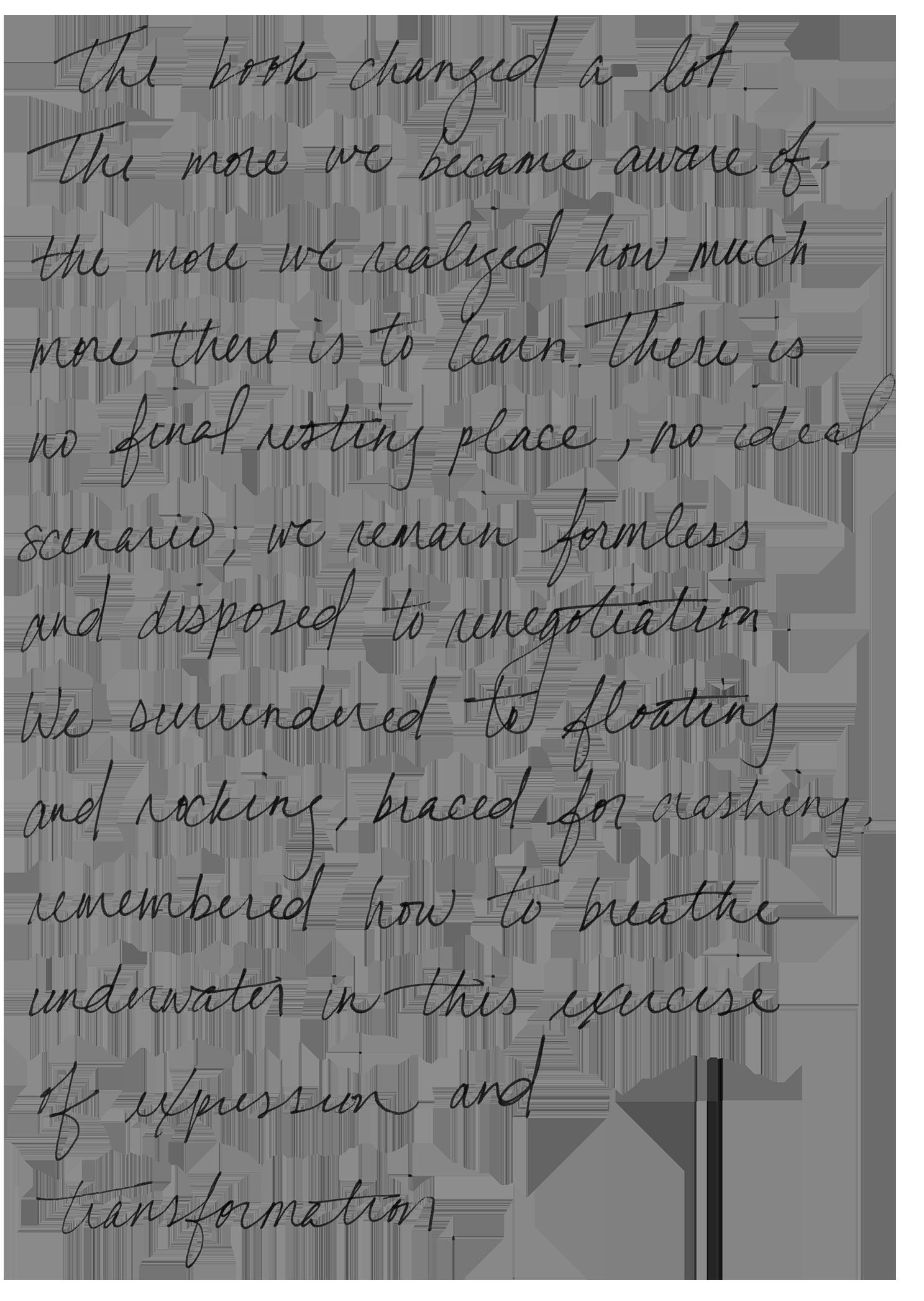
86
The final review was on the horizon. We’d come up with a concept for our book, and overall, we had the content; we just needed to produce.... or so we thought.
Meanwhile, the Norfolk office was buzzing in preparation for the Virginia Design Medalists, another Hanbury initiative to have the firm stay open to new innovations and theories in design. This year’s theme was “The Third Place,” and the guest lecturers were trained architects who had found new applications for design in the growing interest in artificial intelligence.
Away from the preparation downstairs, the summer scholars in the Norfolk office were working away, trying to complete our presentation and make progress on the book. But also, those of us not from Hampton Roads felt an itch to get out of the office and spend more time in the city we called home for the last two months before it was over.
Every chance we got, we planned a happy hour at Waterside or double-checked the LiveNfk calendar to ensure we didn’t miss any events, but mostly, we were eager to catch the sunset over the Elizabeth River as much as possible.
But those pleasantries would have to wait until we made real progress on the presentation.
Unfortunately, our presentation was lackluster, mainly because we misunderstood the timeline and presented the beginnings of our books instead of a slide deck. On the positive end of things, we got great
J - 9
comments on the scope of research we collected, but on the opposing end, we had to stretch out our information and improve the readability of our graphics.
The sunsets would have to wait because we had a lot to do before we presented again next week, this time to the movers and shakers of Virginia Beach.



87
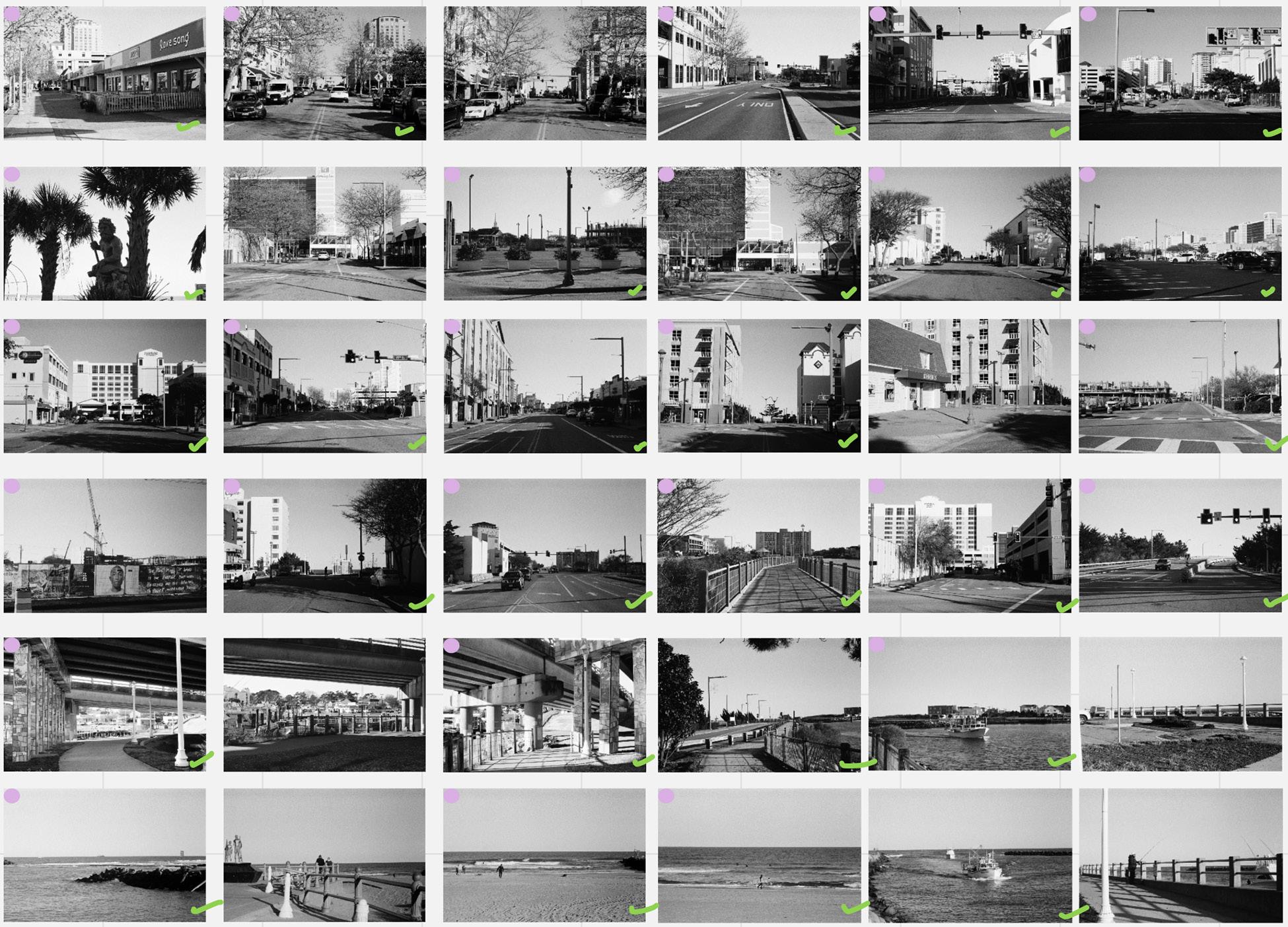

88


89


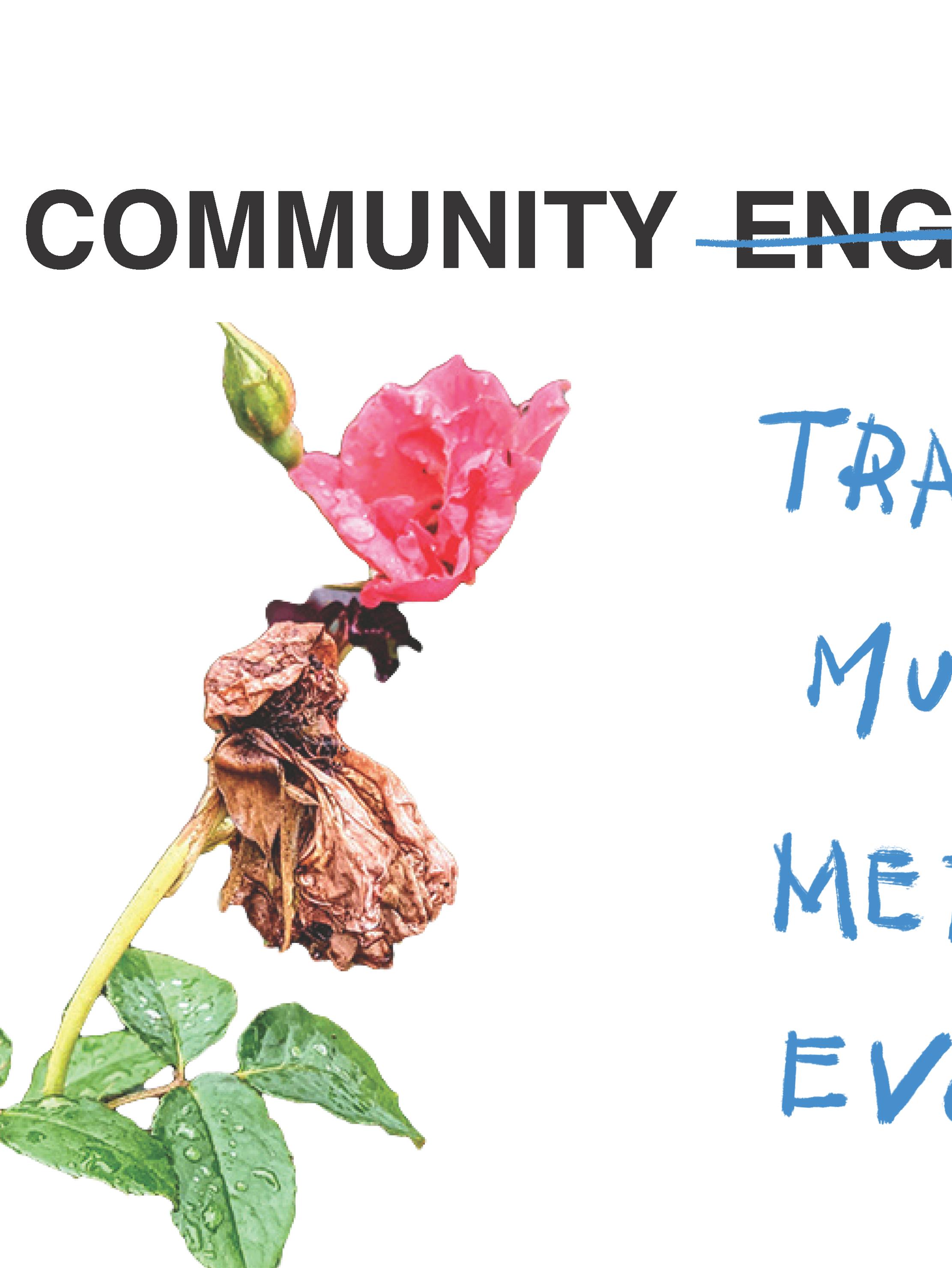
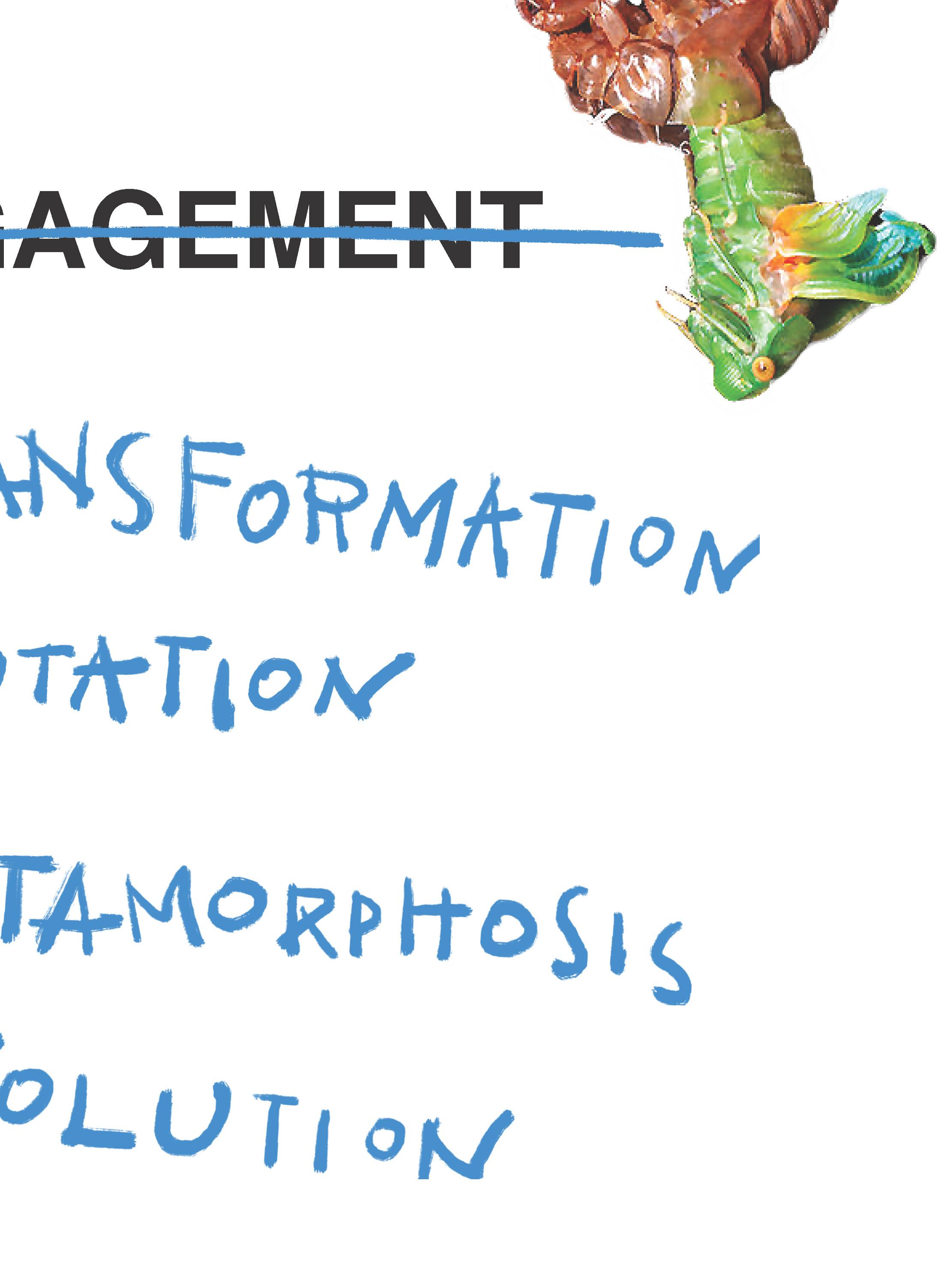

94
The view of Virginia Beach from the Attic at Waterman’s was new for us.
Hard to believe, given how many ways we have come to study this place, this culture, this environment, and the people who inhabit it.
We studied it through photographs, through maps, through narratives, through interviews, through drawings, through data, through experience. But no matter how many times we looked at it, this way and that, there was always a new surprise, a new serendipitous detour to explore and research.
As we queued up our presentation and clicked through the slides one last time, we realized how much was embedded into those spreads. There was one layer: the information on the slide, another layer of the memory in making the slide, and yet another: how we had come to know and experience that information for ourselves.
Looking out the wooden dormers toward the beach laden with beachgoers, we felt so grateful to be here. To have been challenged and changed.
To learn and grow and to have been seen doing it.
For as much as we revealed through the research, proposed through the design, there is something intangible that we cannot express.
There is the memory of creating and of creating with others.
J - 10
Of overcoming adversity. In starting. In finishing.
And though we can’t express it, we hope the space we left within these pages allows you to discover what we now know. That you learn by doing. You know yourself by knowing others. And that even when things are complete, there is always more to discover. Keep looking.






































































































































